|
Despite all our long distance walks and our walks on long distance paths, I don't think we've ever walked a formally named and labelled long path from end to end in one go. Well, not until now! And when I say "now", I mean back at the end of May/start of June. It's taken me a long time to muster the energy to edit photos and blog, as things have been pretty stressful at work. But I promised myself I'd get something out before the summer holidays started at the end of July (I have one more day of work, this Tuesday!), so here it is. Day 1: Lower Beeding to Handcross We started by driving to Seaford (the end of the walk), then catching a bus along the coast to Brighton and another inland to Lower Beeding (the start of the walk). After a winding trip down country lanes, we jumped off the bus at Leonardslee garden/park and found what our map said was the start of the walk. There was no sign that this was the terminus of a long distance path, but a few minutes in we found our first official Sussex Ouse Valley Way waymark. We wandered down a muddy track ("Lorrys and Vans will / Get stuck if you go / down / here !!!!!!!!!!!" said the sign) and past the gardens, enjoying the overhanging rhododendrons and glimpses of more through the fence. It was lunch time when we started, and drizzly, so we stopped in the outskirts of a beech wood for a snack. A peaceful break, except for the sound of dozens of police dogs barking and howling in their training fields back over the valley. We'd hoped to stay dry-ish, but walking through a field of recently-drenched young wheat put paid to this. Water leaked through my shoes in the first few steps, and more dripped down my legs, soaking my socks from above. After a little while I gave up being bothered by the squelching, knowing it was a short day and we had a nice Airbnb to look forward to at the end of it. I didn't take a huge number of photos on this first day, as it was drizzling on and off. It was interesting to be on a path that I hadn't really researched (often I'll map them out myself, but we had a downloaded GPS route for this) and following waymarks more than the map (the path was pretty well signposted). I had a much less clear idea of where I was - and I had no idea whether the streams we passed or crossed were the Ouse or minor tributaries. In the photo below (which may or may not be the River Ouse), you can see the rust-red of iron in the water on the right. I've talked about this phenomenon before - the photo below is a much less spectacular version! When we reached Slaugham (pronounced Slaffem, we think - while Laughton in East Sussex is pronounced Lorten) we took a quick break in the church, resting our feet and getting out of the rain. From there, we took a long, unpaved estate drive up to Handcross, passing the interesting structure below, then walked on to our Airbnb. We upgraded to the family room with its own bathroom so we could wash our socks and dry them on the towel rail without forcing anyone else to look at (or smell) them. We watched a horse and chooks from the window, patted the cute house dog and binged on the last few episodes of Killing Eve Season 1. Day 2: Handcross to North Chailey Our friendly host gave us a lift back up to town so we didn't have to retrace our steps up the road. That was especially nice as we knew we had a long day ahead. We set off in intermittent sunshine, heading straight into Nymans. We'd visited before, but we'd stuck to the gardens and the house then, rather than exploring the woods, so it was lovely to have a look around as we went through. We were almost the only people there so early. It was just us, the chatty birds and the tall trees. Out the other side, we followed roads and paths into Staplefield. We'd read in the notes on some website or another that the Sussex Ouse Valley Way was on 80% sealed paths, so we were keeping note of what was underfoot. Although we did seem to follow a lot of country lanes during the first couple of days, we felt there was a good mix with dirt footpaths and grassy fields. After passing through some farms - saying hello to the rams (above), ducks, flitty birds, horses (very keen to see if we had snacks for them), ladybirds and so on - we came to one of the key landmarks on the trail. The Ouse Valley (or Balcombe) Viaduct features on the waymarkers for this path. I remember going over the viaduct on the train down to Brighton the first time we visited, and again when we first moved to the UK back in 2011. I've always wondered what the structure would look like from underneath. Turns out it looks pretty great! Having seen hardly anyone all day, about two minutes after we stopped for a snack and a lie down several people appeared - a solo walker, a solo sightseer and a family party that looked like they were going to stay for a while. So, after taking our pictures, we headed off. And then . . . . . . our first officially signposted crossing of the Ouse! It's always nice to know you're on the right track. Our next stop was to be lunch at Lindfield, a town outside Haywards Heath. From this section, my strongest memory is of passing through a wood where some kind of conifers were being harvested. The cut wood gave out such a sweet smell - almost like strawberries! We approached Lindfield via the cultivated surrounds of a golf course, then a bit of lane walking and some paths through farms and behind houses before we popped out on the street. We headed into one of the pubs (on the recommendation of the walker who had passed us at the viaduct) and had a decent lunch. It was a short detour off the path, but we both needed the rest and it gave us a chance to dry our socks and shoes again. Nearby clouds were threatening rain as we headed off after our break, but all we got was a very muggy atmosphere, ensuring we worked up a magnificent sweat. I started to worry that I'd only bought one shirt . . . was I going to get extremely smelly? Looking back on this day, it seems very long! It was about 25km (15mi) in total, but it feels even longer than that. There are whole sections I've skipped in this post - we went through woods and farms, stopped at a pub near the river just as it was closing (they still sold us a nice cold drink) and admired all the late spring flowers (I have decided May is the prettiest month of the year in these parts). We also passed quite a number of campsites, from small ones that looked mostly like a field right up to Wowo Campsite - a sprawling, multi-field affair with all kinds of glamping/camping facilities and even visiting food trucks. WoWo is where we left the official path and detoured to our Airbnb for the evening. It was only a mile or so, but it felt like forever. My feet were very sore, and I was very happy to jump in a bath before settling down for the evening! Day 3: North Chailey to Lewes Morning broke and back we went - down the road, up the lane, into the fields, through the campsite . . . and on to the Ouse Valley Way! There was rain forecast for the morning, but it was meant to clear up into a nice afternoon. I don't seem to have many photos from the first couple of hours. But we did take a few pictures of old machinery. This one's for you, Dad. Early in the day we passed the Bluebell Railway station near Sheffield Park. Through the morning we would sometimes catch the hoot of the steam train in the distance. As predicted, it did have a good old rain at one point. We'd made it to Newick and I'd just bought a new packet of plasters to tape up all the weird and wonderful blisters I was getting as a result of walking long distances on my (still relatively new) insoles. We took the rain as an opportunity to have a snack and tend to our wounds under cover of a handy bus shelter. Soon enough, the rain turned into a light drizzle, and we set off once more, down country lanes, then up, up, up a hill to a lovely view. We could spot the South Downs, now, and started to get more of a sense of where we were. The terrain felt more familiar, too, as we dropped back down into the Ouse Valley. We followed packed chalk tracks through what I believe was a large estate . . . . . . and made it back to the river! Now, this was starting to be recognisable as the Ouse we knew. Maybe a little narrower, but I could imagine a line stretching from here to Barcombe Mills (where I sometimes swim), to Lewes, to Southease (a section we've walked before), to the sea. We were entering another stage of the walk. I was surprised to come across Isfield Lock, which is the subject of a long-term restoration project. Because we hadn't actually spent that much time beside the river during this walk, we hadn't seen/noticed any of the 20 or so locks (or the remains of them) along its length. Information points and pamphlets at the lock informed us that the Ouse had once upon a time been 'improved' and made navigable all the way up to Balcombe - and that materials for the Balcombe Viaduct had been shipped in up the river. Receiving this information so late in our walk made me wonder how much more interesting history we'd been missing out on - perhaps we should have bought a guide book after all! I had first heard of the path when reading Olivia Laing's To the River several years ago, but I don't seem to have retained much in the way of historical trivia - only a lingering sense of summer atmosphere, languid rivers and some background knowledge about Virginia Woolf, who drowned herself in the Ouse downstream of Lewes. (I recommend the book, by the way.) Our next stop was going to be lunch at the Anchor - a pub that sits on the river seemingly miles from any village or town. We were getting hungry, but that didn't prevent us from stopping frequently to admire the scenery, make note of landmarks we knew appearing in the distance and (at least in my case) remove our boots for a bit of blister-doctoring. (Warning: feet picture coming up!) Ha! I'd forgotten about these pictures. The one on the left was at the lock, warning of sharp edges and deep water. I thought it looked like someone entertaining several snakes. The one on the right is amusing because in the UK "OAPS" would usually mean "Old Age Pensioners" rather than "Ouse Angling Preservation Society". This river is not for you, old people. We finally made it to the pub and scoffed down our food while sitting in the beer garden. We'd seen a few folks in hire boats upstream, and smiled to ourselves as they returned to the landing and stepped ashore with more or (usually) less grace. It was starting to warm up a little, and the rain was forecast to hold off, so it was a good opportunity to once again air out my feet. You can see how the insoles are directing my feet in new angles, creating friction in places that are unused to it. Pretty symmetrical, though. (P.S. More tractor!) We were on a familiar section of the river now, heading down to Barcombe Mills, where I started wild swimming last summer and have continued to go for dips after work this year. After Barcombe, we made for the pretty hamlet of Hamsey. There were more people out and about in the afternoon which was nice to see. On the way we were passed by a small and very energetic dog who did not agree with his owner about where he should walk. We were serenaded to the tune of, "Bruce! Bruce! Come back!" as we traipsed along beside the fields. I was getting quite tired and sore. I had somehow miscalculated both of the last two days - forgetting to add the distances to and from our accommodation. An extra 5-6km might not sound like much, but if you're limping along at less than 3km per hour it means an extra two hours on your (my) poor, knackered feet! Fortunately, the sun was out all afternoon, making for perfect lying-down-in-a-field weather. I had to make the most of it. It was an enjoyable path into Lewes. We stopped for many breaks to admire the views. And after we'd struggled up the steep streets into the outskirts of town, we were very pleased to find our Airbnb was actually its own mini-apartment, with an amazingly powerful shower, full kitchen, a shared patio overlooking the garden and a comfy couch from which to watch West Side Story. Day 4: Lewes to Seaford The final day of our walk dawned sunny and warm. We wandered back down the hill into town and popped into the supermarket for a few snacks to help us on the way. Oh! But before we went to the supermarket, we spent a good while watching ducklings on a pond. We also saw tiny moorhen chicks, which are the cutest, fuzziest things ever. Back to the story: we followed the river through Lewes! The river is tidal here (it is tidal below Barcombe Mills), and there are a lot more boats, which meant some new and interesting things to look at. This was the first town of any size on the river, too, giving us a view of a different riverside environment. The sounds of a busker on the bridge drifted down the water, bouncing off the brick and glass of old industrial conversions and new apartments. The trail was well signposted through Lewes. We'd walked the next section before, so we knew more or less what to expect. The path itself is also very straightforward, which allows more time to soak in the view. The tide was coming in as we were going out, creating interesting currents and eddies. We saw a couple of SUPers and kayakers catching a ride on the current upstream, which seems like it would be a fun day out - catch the tide up to Lewes for lunch, then head back. The current was quite powerful and they were pretty speedy. I hope they were sticking to the 5 1/2 knot limit! I like these flowers - they're called bladder campion. Last time we walked here, we followed the river all the way to Southease. This time, we followed the official Sussex Ouse Valley Way, which diverts from the riverside about a mile upstream of Southease and detours through the small village of Rodmell and past Monk's House, where Virginia Woolf lived. We still haven't managed to visit the house, despite it being one of our nearby National Trust properties. One day! We stopped in the shade of the trees in the churchyard at Rodmell, enjoying the view of the South Downs on the other side of the Ouse valley. And then we decided we'd head over to the YHA at Southease for lunch. I had nachos, which were adequate. It felt very civilised to have all of this in what feels like the middle of nowhere. We wondered if our friend in Brighton would like to walk over the hills from her place to Southease for lunch one day, then take the train home. (Spoilers: she did like, and we ended up doing this last weekend. It was great.) After refreshments (and a re-plastering of my blisters), we were ready to set out again into the blazing sunshine. It was a stark contrast to the weather on the first day - and I was glad it had happened this way around, because there is no shelter to speak of in this section, so rain and wind would have been miserable. We followed a crowd of people heading into Southease for a fair on the green, but turned off south along the river before we got distracted and had to buy a second lunch and several jars of jam. Instead of heading straight along the river, there is a short but noteworthy section that detours up a small, tucked-away valley (where I got to pat an enormously fluffy cat that was hanging out on a wall), climbs up a hill (we did a bit of paddock bashing here, as we couldn't quite figure out the route) and falls down the other side (through some extremely verdant nettles and brambles). It was a fun mini-adventure on a path that had otherwise been pretty well maintained. It also gave us some views out to the sea. (Can you spot the walker - or the path?! - in the photo below?) Slightly scratched and lightly stung, we made it into Piddinghoe. There, we did our walker-ly duty of visiting the church and admiring its stained glass windows, its fishy weathervane and its round tower (Southease also has a round tower, but we'd seen that several times before). Back on the river, we struck out towards Newhaven. The unique building below welcomed us. We've always wondered what it was, as we've often seen it from the top of the surrounding hills. Turns out, it's an incinerator. They burn household waste and generate electricity there. I mean, if you're going to have an incinerator be the iconic structure of your town, you might as well make it good looking. Newhaven is truly a lowlight of the walk. OK, I'm sure it didn't help that I was sore and hot and very, very ready for the day to be over, nor that the path passes through some less desirable streets, but the town felt dirty, ugly and run down. Soon enough, though, we crossed the rail line and took the diverted track out through a road construction site and onto the foreshore. I'd vaguely wondered why the path ended at Seaford, to the east, when the mouth of the River Ouse is in Newhaven. Perhaps because it is nicer?! However, as we made our way along, the lagoon of Mill Creek to our left gave us a clue: this must have once been the path of the river itself. This suspicion was soon confirmed by some information boards along the path. We also passed the foundations of what had once been a hospital or recovery centre for disabled boys who had undergone surgery. It was torn down in WWII as the powers that be thought Germans might invade here and use the buildings as cover. Tide Mills, the village the hospital was near, was condemned as unfit for habitation a few years beforehand. It all seems rather bleak, even on a warm, sunny day. It must have been dire in winter. Eventually - finally! at last! - I got to do what I'd been dreaming of since Rodmell: take off my shoes and socks and go and stand in the sea. I love doing this anyway, but it was such a relief to numb my sore feet in the chilly water and to say thank you to them after the beating they'd taken over the last few days. I stood there for a good long while, wavelets breaking around my shins, gazing out to the boats and ships on the English Channel. From there, it was a hop, skip and a jump to the end of the Sussex Ouse Valley Way on the outskirts of Seaford. This end had an information sign, and even a fingerpost pointing back to Lower Beeding. It said it was 42 miles, but it felt like we'd walked a lot further than that (and to be fair, with all the detours to accommodation and lunches, we definitely had). We snapped a happy selfie and immediately made a beeline for the icecream van before hobbling back to the car and driving home. And so that is the story of a pleasant three and a half day walk along the Sussex Ouse Valley Way. I would recommend it to people who'd like to walk a well marked multi-day path, or who have a long weekend and want to thru-hike (as the USAns might say) a trail, or who are generally interested in the landscapes of Sussex. If you are thinking of walking the Sussex Ouse Valley Way, find a gpx file online (or get the maps) and maybe buy a guidebook so you have a bit more information about the areas you pass through. I'd also highly recommend reading To the River - even if you never plan to walk the path at all!
7 Comments
I can't tell you how relieved I am that spring is here. Actual light! Actual warmth! Actual greenery! The world is waking up and I am cheering up.
And so, for no reason other than I'm happy, let's have some April photos. These aren't masterpieces, just a selection of pics from the iPhone (some mine, some Dan's), but does anyone really care about that when there are blossoms and blue skies and sunshine to be enjoyed?
(Just a little tune to look at photos by!)
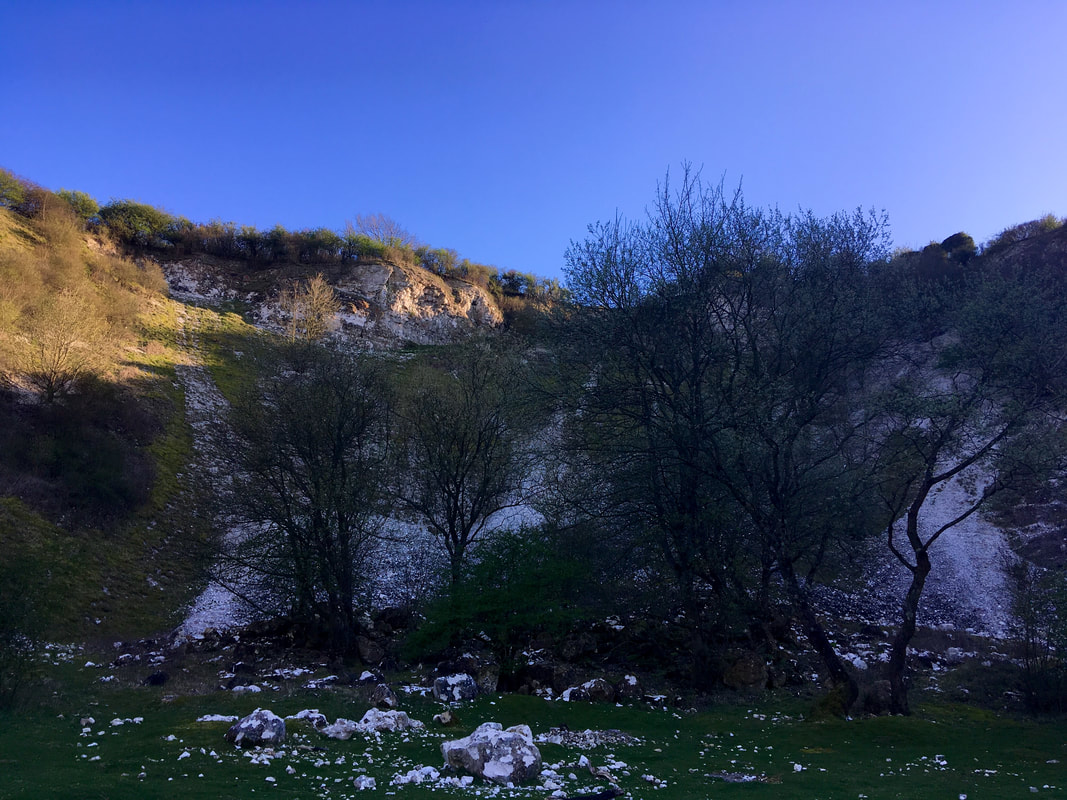
Stuck in traffic around the back of Lewes, we decided to stop and explore Malling Down Nature Reserve. A brilliant idea, it turned out!
And so, we head into May. I want to gobble up as much lovely springtime I can, and I'm looking forward to some nice walks and trips to Wales, Oxfordshire, maybe Bristol . . . What are your plans?
Epic post ahoy! (But it's mostly photos - and tweets with photos - so don't be alarmed.) Over summer, we went on a road trip, visited a bunch of National Trust properties, camped a lot, saw several lovely friends and subsisted almost entirely on scones, pizza and instant noodles. It was a pretty great holiday, even if we got the best version of British Summer (i.e. rain) most days.
We recently bought ourselves life memberships of the National Trust (thanks to M&A for the gift). The National Trust owns a whole range of places, from castles and stately homes to countryside and coast, interesting historic houses, follies and factories. Most of these places are open to the public, the larger ones have cafés or restaurants, members get free entry and (usually) free parking. We decided that visiting a National Trust place every day would be a good way of exploring the country during our summer hols. Spoilers: we were right. Herewith, a bit about our trip (places marked with an * are not National Trust).
The South
I always find it funny that English road signs will sometimes point to "The NORTH" or "The WEST" or "The SOUTH" (I don't think I've seen one to "The EAST" before - do they exist?). I don't know what the technical definition of those areas are, but I'm going to divide this post according to them anyway. Essentially, we started in Sussex and did a clockwise loop around England, albeit skipping some major parts and adding a short visit to Wales (and an even shorter, minutes-long trip to Scotland). We didn't visit many NT places close to home, because we'll go to them on weekends and short breaks . . .
Day 1: Barcombe Mills*, Ditchling Beacon, Devil's Dyke, Saddlescombe Farm
Our travels started off with a visit to Barcombe Mills for a walk. Then we headed along the line of the South Downs (Ditchling Beacon and Devil's Dyke) with sunshine and wind and forecasts of storms. Unfortunately, we couldn't stay where we planned on the first night due to a family illness, so we stopped off at a camping field - literally, we couldn't even find the loo! - at Saddlescombe Farm.
Day 2: Worthing Beach*, Mottisfont
The rain didn't let up, so we packed up the tent in the wet (not fun, as it was the first time we'd used this tent since last summer, so we were out of practice) and trundled off over the South Downs to Worthing Beach for breakfast (or morning tea, maybe). I picked a bit of sea kale while we were there, to add to our instant noodles later on. Our National Trust property of the day was Mottisfont, where we arrived just in time for the mediaeval history walking tour. Then it was off to our peaceful, if rather poorly signposted, campsite for the evening.
Day 3: Pepperbox Hill, Myncen Farm*, Hardy's Cottage, Max Gate, Loughwood Baptist Meeting House
We woke to a glorious sunrise and popped out of the tent to pick blackberries for breakfast (probably the best breakfast of our holiday, TBH, see ingredients in the tweet below). We set off across the counties of the south coast, stopping at Pepperbox Hill, following a sign to cider and arriving at Hardy's Cottage near Dorchester just as the rain set in. I've never been a huge Thomas Hardy fan, probably because I read Tess of the D'Urbervilles when I was too young to realise it was a condemnation of societal values and couldn't understand why someone would write something so horrible, let alone why people would choose to read it. However, both the cottage and Max Gate down the road were really interesting spots to find out more about domestic and social life of the period. Did you know people used tea leaves (after brewing them) to polish/stain their wooden floors? We called in at Loughwood Baptist Meeting House before heading to Exmouth.
The South West
We felt like we'd moved properly into different terrain. We drove through the long, lingering Downs-ish hills merging into Salisbury Plain, then suddenly we were in the steep green country of the South West, Somerset and Devon. We were in the area last year, and it felt good to return.
Day 4: Lower Halsdon Farm, Exmouth*, A la Ronde, Exeter*
We had a morning to ourselves, so we took advantage of the lovely weather and walked into Exmouth. Our Airbnb hosts told us about a new path that had been put in through a National Trust-owned farm, so we followed it down to the path that snakes around the estuary, enjoying views across the water and mussel beds. We stopped for a cream tea on the way back, which we ended up sharing with a little orange cat. The main event of the day was a visit to A la Ronde with our friend Rachael. Read about the history of the house here. We went to Exeter for a dinner of delicious vegan and vegetarian pizzas at The Flat.
Day 5: Knightshayes, South Hill
Goodbye, Exmouth! We took back roads slowly up to the north coast of Devon/Somerset, enjoying the views of hills and streams and stopping off at Knightshayes for a couple of hours in the middle of the day. The estate itself looked beautiful, but we spent most of our time inside the ridiculous Gothic-revival house, enjoying the first of many examples of ostentatious interior design. We learnt about linen presses (thanks, chatty volunteer), women's golf and a bit about the local lace-making industry (where the family made their fortune). Then we set off again, up to the remote-feeling hilltop expanses and steep, secluded valleys of Exmoor.
Day 6: Watersmeet, County Gate*
Our pretty campsite was tucked away in a wooded river valley sheltered between the high moors outside Porlock. I tried out my new water shoes with a paddle down the river. It was beautiful, and hard to leave for the day! But leave we did, for a wander along the streams and waterfalls to Watersmeet. Their card machine wasn't working, we didn't have cash and the car was parked a mile or so upstream, so after a quick look around we headed off. We went for a lovely little walk at County Gate, through the bright purple heather and yellow gorse (which they call furze, there).
Day 7: Glastonbury Tor, Costa at Shepton Mallet*, Kennet and Avon Canal at Bradford-on-Avon*
It rained! Are you surprised? Dunster Castle wasn't yet open, so we headed to Glastonbury Tor, somewhere I've wanted to visit for ages. We nabbed ourselves some free street parking and joined the train of folks heading to the summit. Oh my goodness. It rained sideways with such ferocity that one side of us was dripping while the other was quite dry. We could see barely a thing from the top. Then we had to come down, drenching our other sides. We were so wet. We bundled into the car, sitting on towels, and sought refuge in a retail park twenty minutes up the road where we tried to dry things under the hand dryer. Luckily, our Airbnb hosts were beyond lovely and helped us dry out. We even had bath robes! In the evening we went to visit our friend Dru, an artist, poet and engineer who lives on a narrow boat on the Kennet and Avon Canal.
Day 8: Dyrham Park, Bristol*
As we pulled in to the drive at Dyrham Park, I said to Dan, "Don't you feel like we're rich folk on a grand tour, visiting our friends in all their grand houses?" Dyrham is one of those classic National Trust properties - a big house, fancy garden, a cafe and bookshop in the stables and a deer park with spectacular views . We went on the volunteer-lead garden tour and it was fascinating to learn its history and the plans for further restoration. After Dyrham, we headed to Bristol, where we stayed with Allysse & co. Allysse and Emma took us out for some tasty pizzas. Mmm, yum.
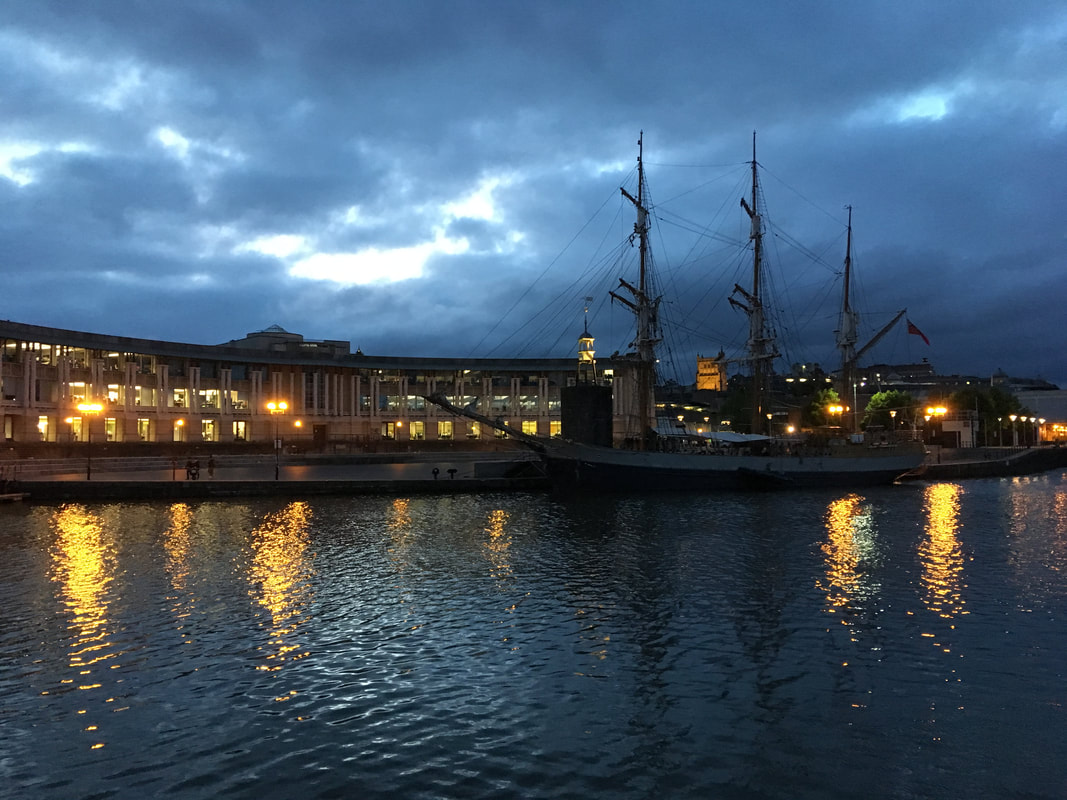
We thought this was the Matthew (replica of the boat sailed across the Atlantic in 1497) but it's the tall ship Kaskelot (restored original).
Day 9: Cheddar Gorge, Wells*
After a relaxing morning, Allysse, Emma, Dan and I drove down to Cheddar Gorge, where we climbed a lookout, had lunch in the (very touristy) village and then walked around the top of the gorge. It's an amazing place! I guess I thought, in the back of my mind, that you don't get "big landscapes" in England - especially in the south. I loved everything about the walk and the company. Allysse and I recorded an intro for Queer Out Here. We saw wild goats . . . and Glastonbury Tor, in the distance, in the sunshine. After a few false starts (including an abandoned pub!), we ended up in Wells for dinner.
Wales
We love Wales (had you noticed?), so we couldn't really go from Bristol to Birmingham without popping in to a couple of our favourite places. It was fun to notice that our DuoLingo and Say Something in Welsh practice has paid off a bit - we could understand a few more signs this time. Gwych!
Day 10: Tredegar House
Allysse had to work, but Emma came with us to Tredegar House on the outskirts of Newport. We had a short wander around the ponds, then popped into the house. Once again, the room volunteers provided entertaining commentary on the history of the house and its owners. Fave quote about a fellow with a pet kangaroo: "As you can see from this photograph, he was gay." We went to a talk about the history of the property from Tudor times to its life as a school and council-run venue. It was warm, I was comfortable, I fell asleep. Sorry, volunteer presenter! We ate scones, dropped Emma at the station then headed on up to an Airbnb in Caerphilly.
Day 11: Lanlay, Caerphilly Mountain*
National Trust places seemed a bit thin on the ground in the immediate vicinity, but we found one: a field. OK, that makes it sound dull, when in reality Lanlay is a series of beautiful riverside meadows that have not been farmed since before WWII. This means the place retains traditional hedges and a huge diversity of wild herbs, grasses and so on - the kind of diversity I'd heard about, but it was another thing to see and truly understand what we've lost elsewhere and what people are working to bring back where possible. There was a sign encouraging people to pull up Himalayan Balsam, so rather than walking we went on a long weeding expedition. We had lunch with lovely friends (and it was a lovely lunch, although I think the soup broke two soup makers?!). After lunch we drove to the top of Caerphilly Mountain for a wander around the common/heath. All in all, an enjoyable day!
Day 12: The Sugar Loaf, Abergavenny*, Pen-Ffordd-Goch*, LLanthony Priory*
Up through the valleys from Caerphilly we went, heading towards a wonderful part of the world - the area around the Black Mountains/Brecon Beacons/Usk Valley/Wye Valley/Vale of Ewyas. First stop: a climb to the top of Sugar Loaf/YFâl. This was great. The climb gradually steepening to the rocky crest. We spent a while enjoying the excellent views and watching the rain jumping peaks towards us - Corn Du, Pen y Fan and Cribyn in the distance, then the nearer hilltops, then the Usk Valley, then . . . it missed us! We popped down to Abergavenny for lunch and over to Pen-Ffordd-Goch/Keepers Pond to find the road we'd seen from Sugar Loaf/Y Fâl. Finally, we drove to the sweet little campsite below the picturesque remains of Llanthony Priory/Priordy Llanddewi Nant Hodni. It felt like it had been ages since we'd camped - days since Exmoor - and it was good to be back in the tent.
The Middle Bits
A.K.A. Birmingham, Warrington and Manchester. (I originally called this section "The Midlands" and Derry told me off. Landscape-wise, it felt like we entered The NORTH only once we'd passed Manchester. And let's be real, Manchester's only about two thirds of the way from the south coast to Scotland!) This section of our trip was based more around seeing friends than any particular National Trust properties - but that's not to say we didn't visit some great places.
Day 13: Gospel Pass (Wales)*, The Weir Garden, Birmingham*
Leaving our campsite after a paddle in the nearby river (cripes, it was freezing!), we headed out over the Gospel Pass - one of my favourite viewing points in the world, I think! We then followed the Wye Valley around to The Weir Garden, set on a steep hillside overlooking the Wye. We'd stopped opposite it while canoeing down the Wye last summer and had filed it away as a place to come back to. Worth it! Then it was on to Birmingham, which we managed to do via quite a green route almost all the way into the city. We went to a pub quiz with our friend Rachael (who put us up for the night, too) where we came equal third - only 1.5 points below the winners. (I contributed only one, incorrect, answer - essentially, I think I lost the quiz for the team. Whoops!)
Day 14: Kinver Rock Houses, Alderly Edge, Warrington*
(A.K.A. the day I had chips for breakfast - classy!) We drove with Rachael to check out the Holy Austin Rock Houses at Kinver. These houses are part cave, carved into the red sandstone of Kinver Edge. People were living here up until the 1960s and the houses are refurbished in a cosy, domestic style along early-mid 20th century lines. Unlike many National Trust places, here visitors are encouraged to pick up the household items, sit in the furniture and feel what home might have been like in these fascinating structures. After most of the day out, we dropped Rachael back in Birmingham headed to our dinner date in Warrington, via Alderley Edge. I was such a fan of Alan Garner's books (these ones) as a kid and had a fantastic experience the first time we came to this area, remembering the books, matching the maps with places and going investigating. This was only a brief stop, but oh, wow, I still feel like I know these woods - and the things that might lurk there. It also made me want to re-read Boneland. Anyway! We had a good time with our friend Derry in Warrington. I had chocolate gnocchi for dessert.
Day 15: Quarry Bank, Manchester*
This was a bit of a terrible day, in that I didn't really eat properly until about 3pm. The less said about that, the better! But Quarry Bank was fascinating. The demonstrations were really informative and helped create a physical appreciation of the place's history - the noise, the dangers, the smells, the speed. We bought a tea towel woven on the machines in the factory and headed off to Manchester. It was such a pleasure to spend time with Sarah and Jit and their six cats (SIX CATS). We had a great walk along the canal into the city centre with Sarah, where we met Jit for a drink in the late afternoon sun before gorging ourselves on yet more delicious pizza.
Day 16: Lyme Park and House
After an amazing breakfast (thanks, Sarah - and thanks also for the amazing picnic lunch and dinner on this day!) we all piled into the car and headed off to Lyme. Another NT property with all the trimmings - deer park, stately home, formal garden, stables, orangery, etc. I got to play the piano (as I had at A la Ronde and Knightshayes) and we heard a talk about one of the owners of Lyme. Dan and I tried on the dress ups at pretty much every NT place where they were on offer, but Lyme was definitely the best. They had a whole room of clothes and volunteer assistants to help you dress and you could put on a complete outfit and wander around the property in it! We saw a few people in full costume around the house. Brilliant!
The North
The North (The NORTH). I can count the number of times we've been north of Manchester on one hand (once to Scotland, once to the Yorkshire Dales, once to the Lake District), so it was great to be back! I think it feels so far away from us down on the south coast that we don't even think about going there on holiday. That's kind of changed after this trip, and I like to think that we'll visit The NORTH more frequently, now.
Day 17: John Rylands Library*, Malham Tarn Estate
Having had a lovely time with Sarah and Jit, we went with them into town and visited the John Rylands Library, where we wandered around an interesting exhibition, ogled the reading room and admired the very cool neo-Gothic spaces (the library has featured in the Harry Potter films). We ate a tasty brunch before setting off northwards, with no precise destination in mind. We wanted to check out Malham Tarn and the rain stopped just in time for a lovely stroll on the boardwalk. We spotted wildflowers and ate wild raspberries -yum! Further and further through the Yorkshire Dales we pootled, checking out a couple of campsites to no avail before stumbling upon a Camping and Caravanning Club affiliated one in Aysgarth, where we settled in for the night.
Day 18: Aysgarth Falls*, Tan Hill Inn*, Hadrian's Wall and Housesteads Fort
We'd never heard of the Aysgarth Falls before, but as we were camped nearby it only seemed right to toddle down for a peek and a paddle. It was a glorious morning, so we made the most of it. We decided to head for Hadrian's Wall in the afternoon, which meant another long drive, down quaint country lanes and up over crumbling moors (there is some seriously bad erosion going on up there). We stopped off for lunch at Tan Hill Inn, a popular spot not only because it's the highest pub in Britain but because the Pennine Way leads right to its door. We reached Hadrian's Wall later than we might have liked, but still had enough time to take in the exhibition as well as Housesteads Fort. It reminded me so much of The Wall in Garth Nix's Old Kingdom series, I was concerned by the lack of wind flutes. Having signed up to the CCC that morning, we checked the app for nearby campsites. As luck would have it, there was one just down the road that had space for us - and they even gave us half a dozen eggs!
Day 19: Wallington, Cragside
After the massive, crunched up hills of Yorkshire, Northumbria seems to stretch itself back out, with longer, lower rises and gentler valleys. Driving through the heather-drenched landscape, we found a sign pointing to Wallington, where red squirrels might be found. Of course, we stopped! An hour in the hide only turned up birds (mainly tits, robins, nuthatches, woodpeckers) and a tiny frog, but it was an enjoyable break. We headed to Cragside in the afternoon. A couple of people had mentioned this as a destination - and no wonder! It was the first home to be lit by hydroelectricity, so there's some interesting engineering history there, but it's also a great house (with the most ridiculous 10 tonne marble fireplace) and a gorgeous estate.
Day 20: Barter Books*, Lindisfarne, Scotland*
The day got off to a bad start. We couldn't find the car keys anywhere (we looked everywhere - the field, the tent, the facilities caravan) and presumed we'd locked them in the boot. We called our insurance to get a locksmith, but he got lost on the way and it took 2 hours for him to arrive. He opened the car, we still couldn't find the keys . . . until Dan went back into the tent, and there they were. Argh! Hungry for breakfast, we found a random cafe in nearby Alnwick - which turned out to be in the most awesome second hand book shop, Barter Books. After breakfast, we headed to the Holy Island of Lindisfarne, parking in the dunes and finishing the trip on foot. It was packed with tourists and the castle was closed, so we bought some mead and walked back, the ghostly moans of the seals drifting across the water on the wind. As we were so close to Scotland, we popped up to cross the border. On the way back to the campsite I had a paddle at Cocklawburn Beach in the dark blue North Sea. The day ended better than it began with a delicious picnic (with mead, natch) in the low evening sunshine.
Back down to the East
And so we began driving south - "downhill" - out of The NORTH . . . it felt like we'd turned the corner and were heading back home. In fact, we reminded ourselves, we still had a week to go!
Day 21: Fountains Abbey
The Unthank sisters brought a tear to our eye as we passed Gormley's Angel. The day's stop was Fountains Abbey, set in the beautiful Studley Royal Water Garden, where we wandered the paths, enjoyed the interpretation timeline, admired the views, did a bit of knitting and of course ate a scone. I haven't mentioned every scone we ate. There were so many! I was quite the contributor (or should I say Sconepal?) to the National Trust Scones Twitter feed. That night we stayed in another CCC affiliated site - our first choice was a cute place that turned out to be wedged between two noisy motorways, but we ended up in a bleak semi-industrial landscape with pylons and smokestacks in the background. But the staff were nice, the food was fine and the showers were warm.
Day 22: Nostell, Sheffield*
Having camped not too far from Nostell, we got to the property early and had a peaceful stroll around the walled garden - and a few spins on the flying fox/zip wire! - before the crowds arrived. We went on an informative guided tour of the house, learning about the owners, architects/designers and collections. Our guide took pains to point out the collection of Chippendale furniture - some of which was horrible, in my non-expert opinion! In the afternoon, we headed to Sheffield to stay with our friends Vic and Jonjo (who have better taste) and went for a drink on a rooftop terrace to soak up some summery atmosphere. The last bit of our trip was shaping up to have much better weather.
Day 22: Tattershall Castle
After a homemade breakfast (thanks, Vic) we were off, heading towards Tattershall Castle. I didn't know what to expect, but I loved it! After seeing a few "in the style of" neo-Gothic or Romantic-mediaeval properties, it was good to get a feel for a space that is solidly middle ages - the big rooms, wide fireplaces, spiral stairways and windows over the moat. Mostly, though, I loved the graffiti, which had been scratched into the stone from the 1700s right through until the present. We heard others tut-tutting about it, but how cool to think of someone's hands running over that precise spot over 200 years ago. (Some of the graffiti was, perhaps, a little less authentic - check the tweet below.) We decided we'd rather not spend a night in the forecast storm, so we pushed on across the lowlands of Lincolnshire, through New York and Boston (yes!) and around the Wash to the comfy bed that awaited us in Norfolk.
In Norfolk: Morston Quay, Titchwell*, Sandringham*
Our road trip proper stopped in Norfolk, where we stayed with family in a holiday house for a while. I went swimming a couple of mornings, we visited Titchwell RSPB reserve a few times, we ate some good food and did some touristy things. Including . . . seeing seals! They were delightful to watch. Our final National Trust place was Morston Quay, near Brancaster. You can listen to the sound of boat rigging in the wind below. We also visited Sandringham (the Queen's house), which made for an interesting comparison with all the NT stately homes we'd seen. You only get to visit a handful of rooms, but they're apparently set up just as they are when Her Maj is in residence. It must be odd to live amongst the collections of stuff from past royals - there's a whole collection of jade ornaments, which I found especially unappealing. You can read a bit more about the interiors in this Country Life article, if you're interested.
And so our National Trust road trip was at an end. Dan and I agreed that it had been a great holiday.
We saw new sights, learnt many interesting things and had a ready-made structure to each day. Car camping was fairly low stress, though next time I would be a bit more organised - we took far too much stuff, probably because before we left we were concentrating on moving house rather than packing for a holiday. The Camping and Caravanning Club membership proved a happy medium between total spontaneity (and the stress that can bring) and complete pre-planning (and the lack of flexibility that can bring). Hopefully we'll use it again over the year. Speaking of memberships, I'd thought by the end of our trip I would be sick of National Trust branded literature and atmosphere, but it wasn't too bad - each place retained enough individual character to intrigue and charm us. We were ready to stop by the end, though. As much as it was enjoyable to pop in to so many different parts of the country, I think next time we'll pick just one or two areas to explore!
Thanks so much to all the folks who put us up, fed and watered us and/or spent time with us: Rachael, Dru, Allysse, Emma, Kate & family, Rachael (another one!), Derry, Sarah, Jit, Vic & family, the Katzes.
Being back in full-time work makes me realise all over again just how fleeting weekends are. Our cunning plan to make a weekend feel more like a weekend was this: we’d leave work on Friday, travel an hour or two in the opposite direction of home, spend the whole weekend (three nights) there and return to work on Monday, bright eyed and bushy tailed. One Friday evening in January, we headed off towards Chichester in West Sussex, checked into Premier Inn and began our mini-holiday. Things kicked off with dinner at Efes, an unassuming-looking Turkish restaurant. It turned out to be a real treat: the meze plate was small but bursting with flavour, the halloumi in the halloumi salad was tasty, the salad was tangy. The vegetarian kebab was the stand-out: deliciously smoky veggies, with melt-in-the-mouth eggplant/aubergine and juicy mushrooms. We were stuffed. We came back to the hotel and I forced myself to have a nice hot bath. What a hassle! Saturday morning dawned cool and misty. We wandered through the quiet town, getting our bearings and poking our noses down little laneways. Everything looked a little softer, a little more magical in the fog, especially the old Guildhall at Priory Park. When we (eventually) found a breakfast place that suited us, the town had woken up: there was a band in Chichester Cross and a constant stream of people flowing past. After getting some important shopping business out of the way, we headed to the cathedral for a look around. There are a few intriguing bits and bobs inside, including a cut through of the floor to reveal a section of Roman mosaic beneath, eye-catching contemporary tapestries and glass, and some great old paintings. Just down the road is the Novium museum, which is built over the site of a Roman bath house - the remains of which take up a large part of the ground floor. It makes a pretty spectacular foyer.
All that shopping and sightseeing knocked us out, so after a tasty, wholesome lunch at St Martin’s Coffee House, we went back to our room and fell asleep. Luckily, we managed to drag ourselves out of bed before it got dark so we could drive down to the marina for a short walk. We had fun looking at all the dry docked boats and plotting punny names for if we ever own a sea-going vessel. Down beside the water of Chichester Harbour, trees grew in loops and twists. We wandered a little way from civilisation along the stony shoreline before scrambling up to the footpath and heading back. The next morning, we were persuaded by the in-house marketing posters to try Premier Inn’s unlimited breakfast. (The posters had sparkles on all the glassware, syrups, fruit compotes . . . and also on the sausages. I know I’m vegetarian, but sparkly sausages are A+ marketing.) I proceeded to stuff myself with pancakes, fruit, yoghurt, crumpets and inoffensive coffee. We timed this well. First, hardly anyone else was about to see us making pigs of ourselves and second, I had an hour-long online meeting straight after, so we could go back to the room and loosen our belts. It was cloudy outside, but the forecast rain held off as we headed to the Weald and Downland Open Air Museum. This is somewhere we’ve wanted to visit since watching Tudor Monastery Farm a couple of years ago - and it didn’t disappoint. I loved poking around all the old houses and getting interesting facts from the stewards, tasting leftover Christmas treats and hot griddled bread in the kitchen, admiring the hilariously dumpy sheep, seeing the in-progress thatched Saxon house and saying “just like on TV!” One highlight was going on a tour of the massive Downland Gridshell Building. It’s fascinating to hear how the structure was put together, and cool to see how it’s used by the museum (e.g. for workshops and to look at the buildings that they bring to the site) . . . . . . But it gets better! Underneath this amazing space is an even more amazing space: the artefact store. This is one huge room lined with stacks (like a gallery or museum archive), crammed full of all kinds of farm tools, domestic utensils, bits of machinery, clothes and other miscellany. The miscellany was very miscellaneous: a sink, wooden bosses, a horse-drawn hearse, bells, biscuit tins, artwork . . . it was brill! On the way back we detoured through the fog to a lookout, which was unsurprisingly also completely enveloped by clouds. But as we sat there, the clouds drifted apart for a few minutes, giving us a glimpse of hills, valleys and the low coastal plains around Chichester. We’d spent most of the day at the open air museum, so when we got back we curled up in our room to read our books and have another bath. I love baths. As we drove into the sunrise on the way to work on Monday, it felt like we’d had a proper mini holiday. Well done, Chichester. Would visit again. Year of sleeping variously: budget hotel editionAnd so we kick off our year of sleeping variously . . .
Budget Hotel verdict: 52% Do you have any ideas of where we should head for another weekend in a similar vein? Ideally somewhere within an easy 2hr drive of Brighton? (Maybe . . . Brighton?!) |
In which IIn which I do things and write about them In which I tag
All
In which I archive
July 2022
|
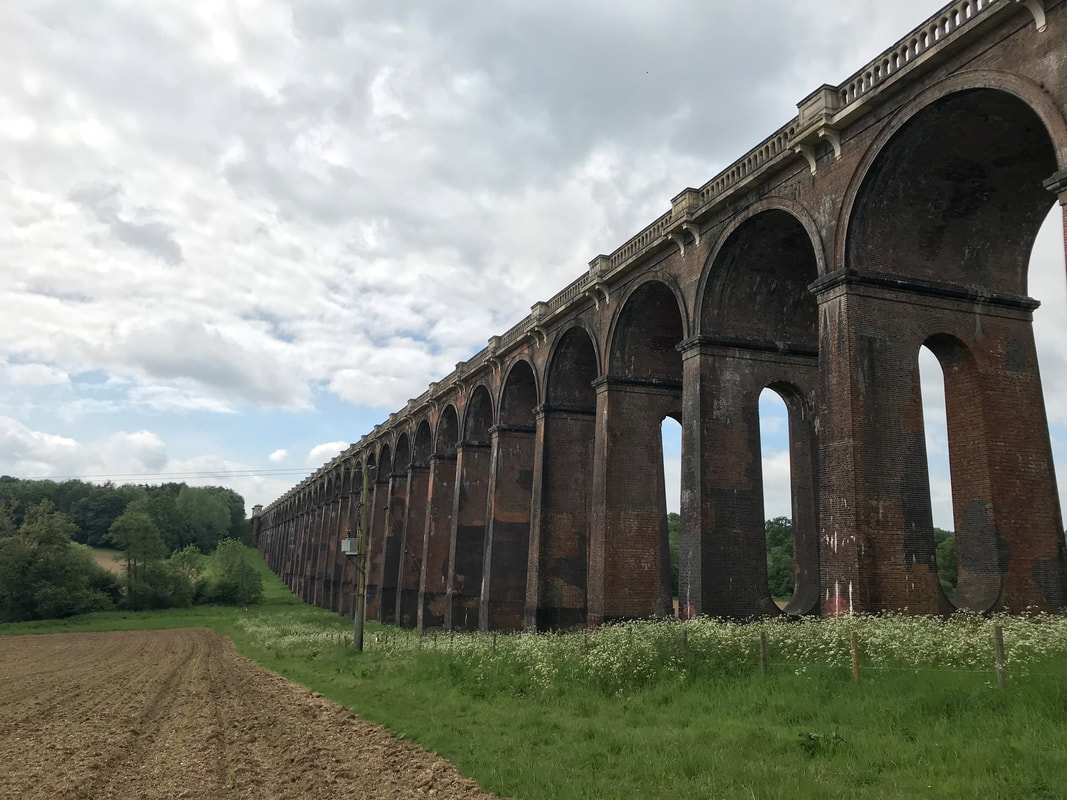
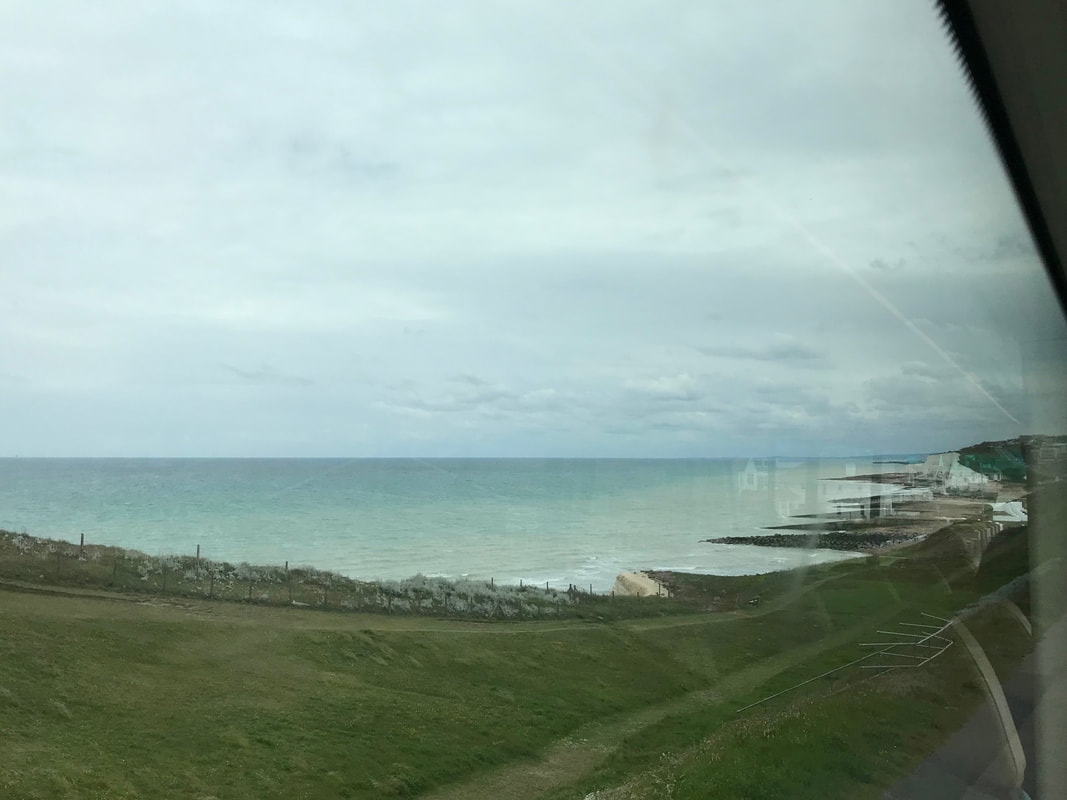
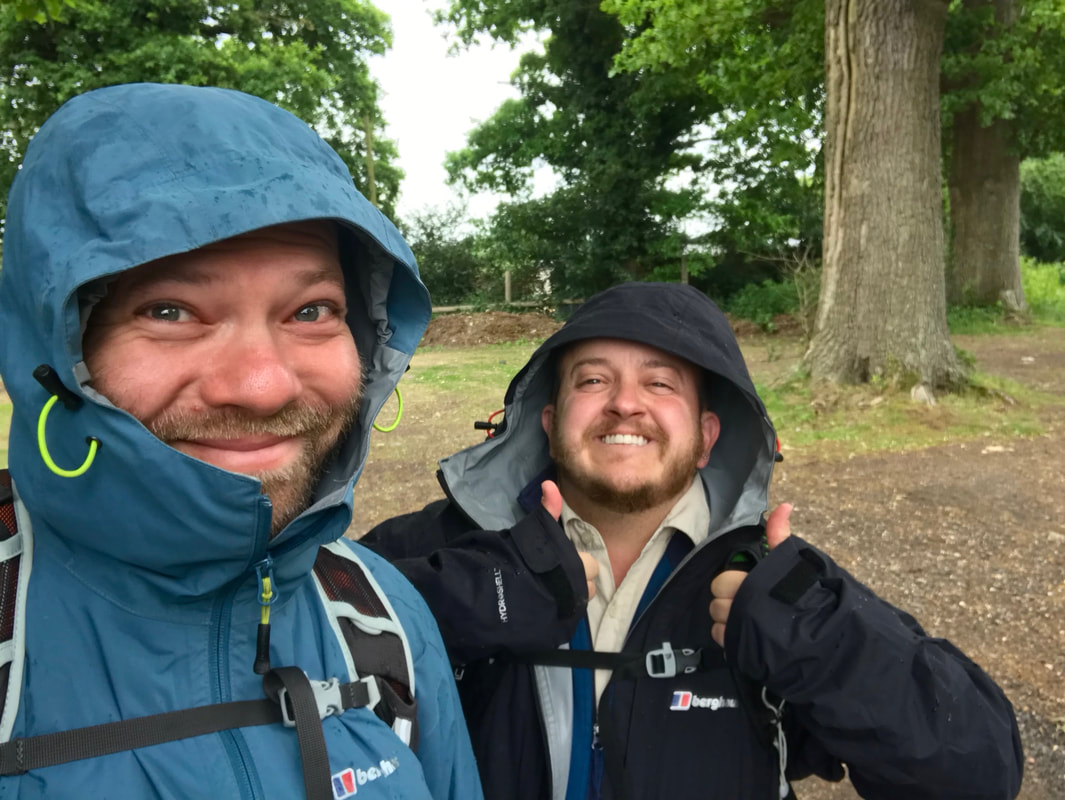
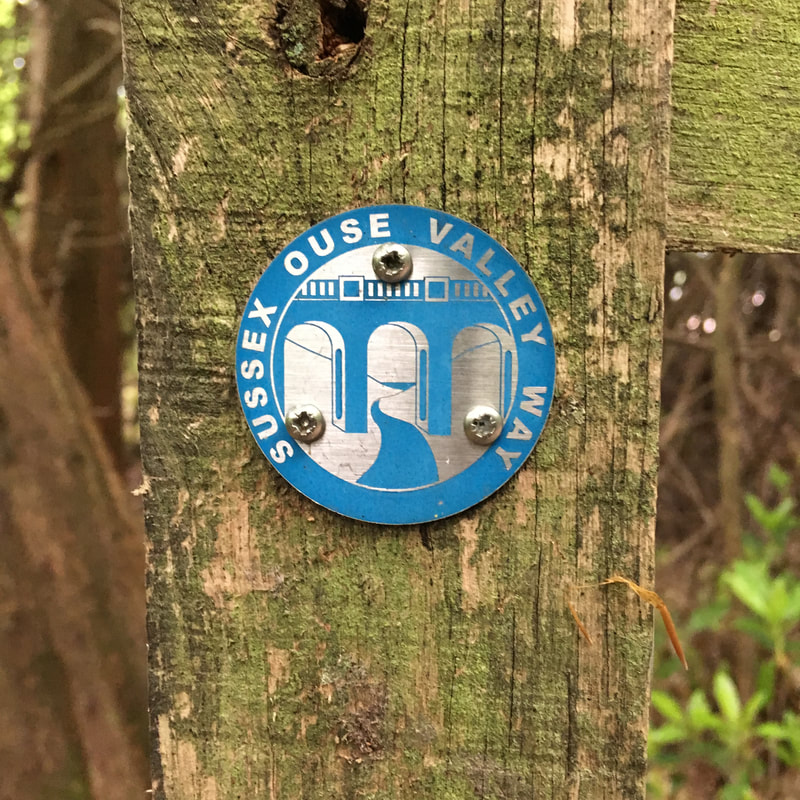
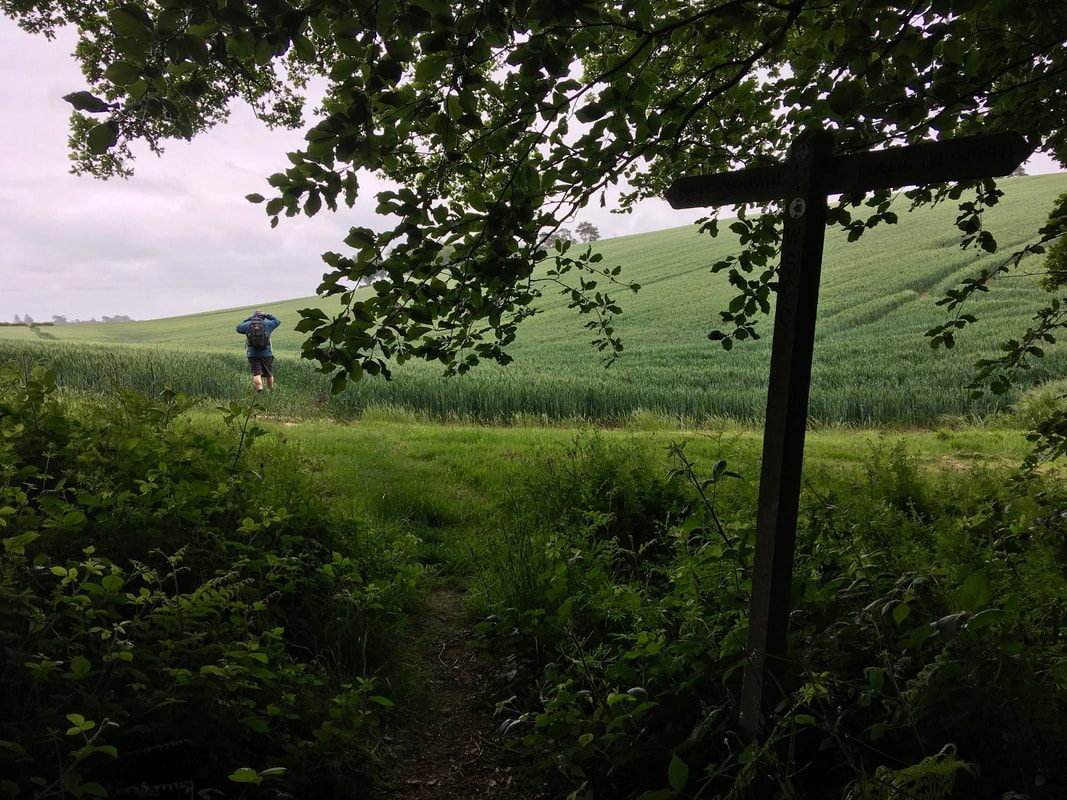
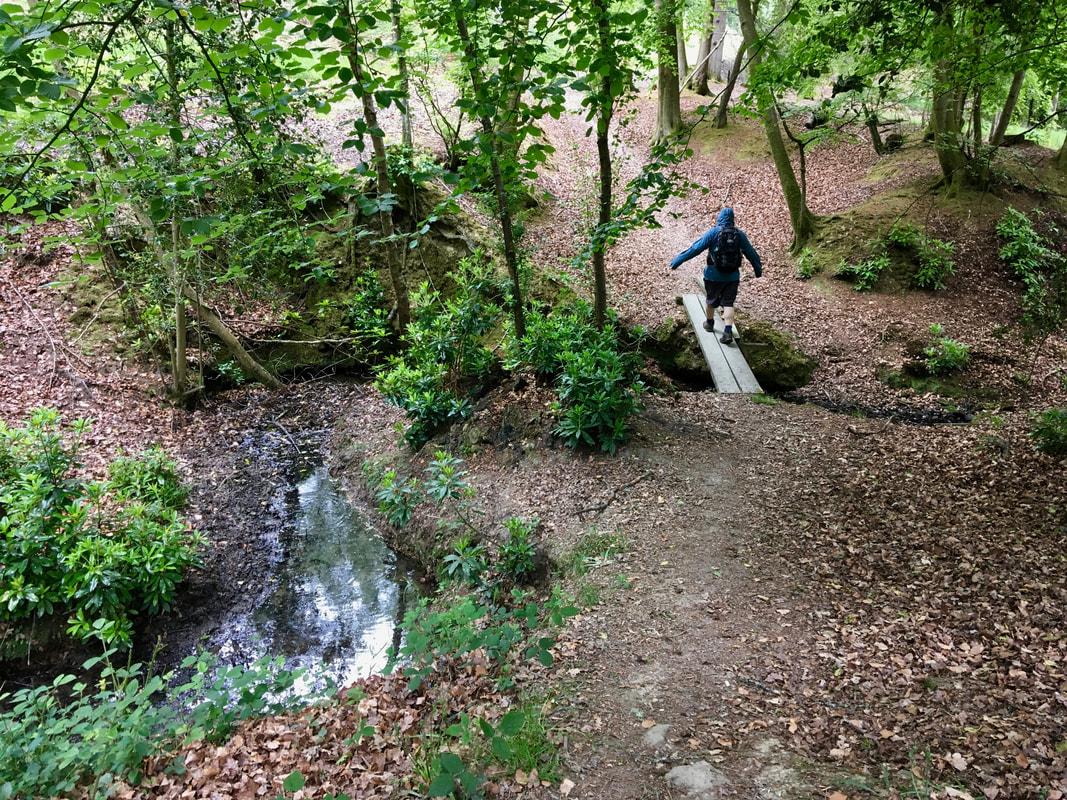
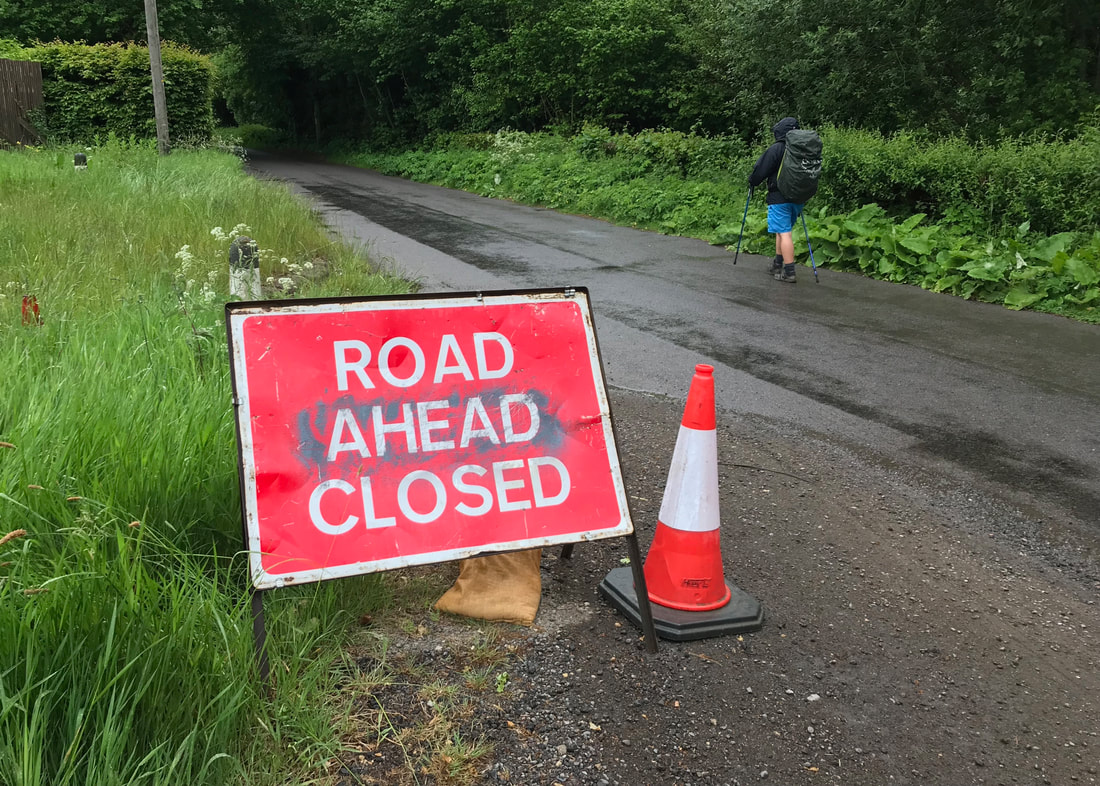
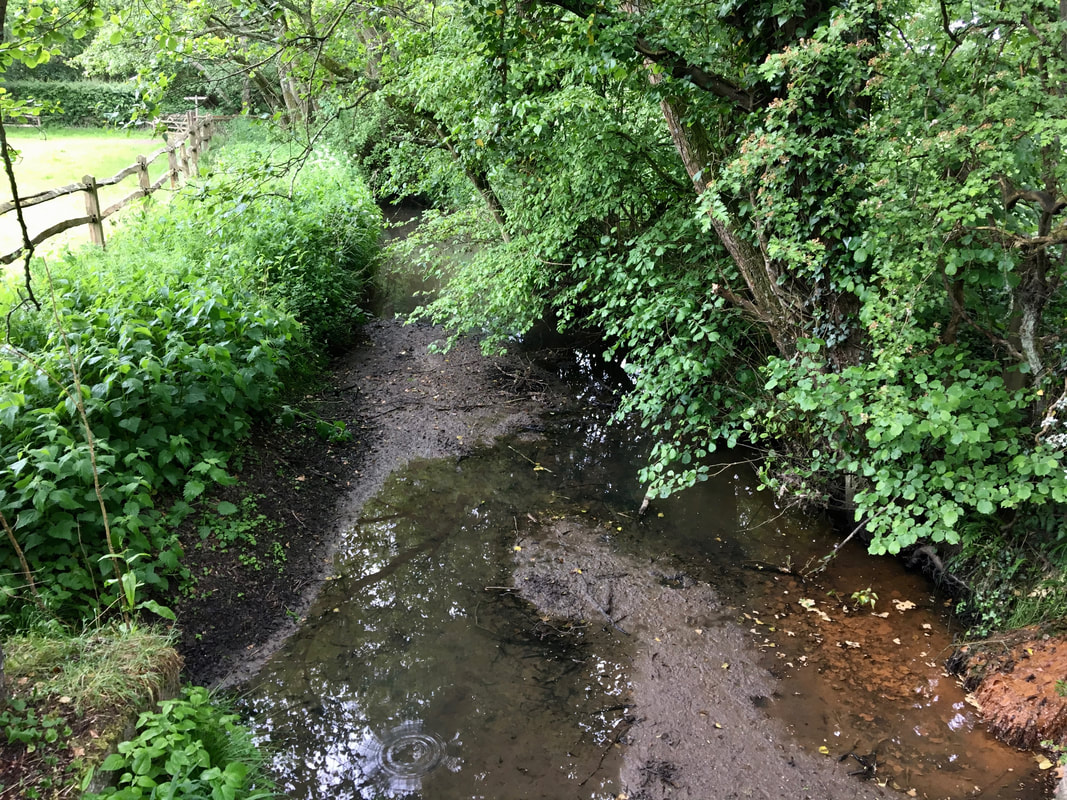
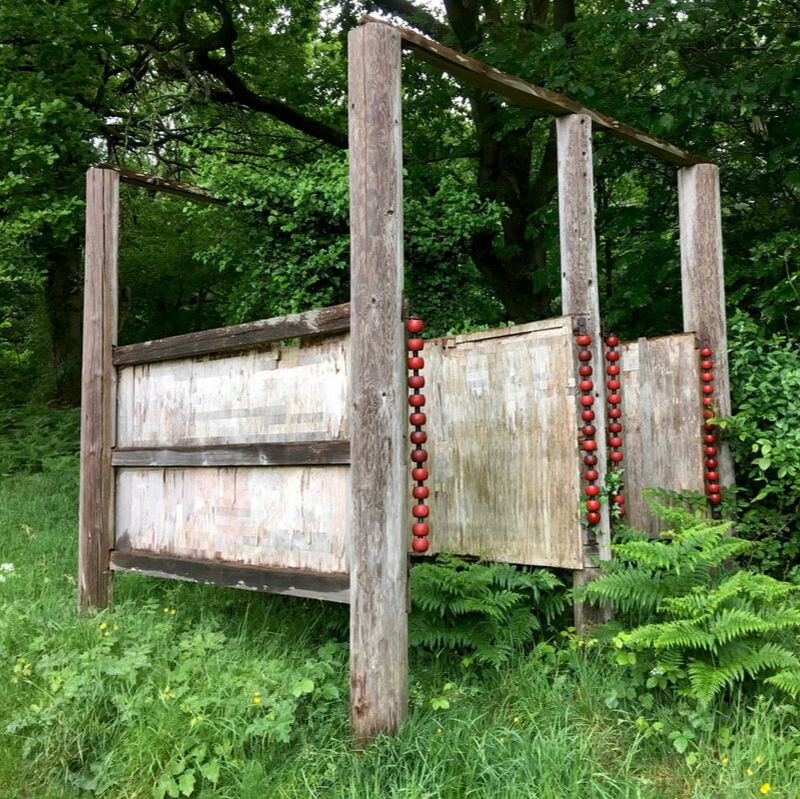
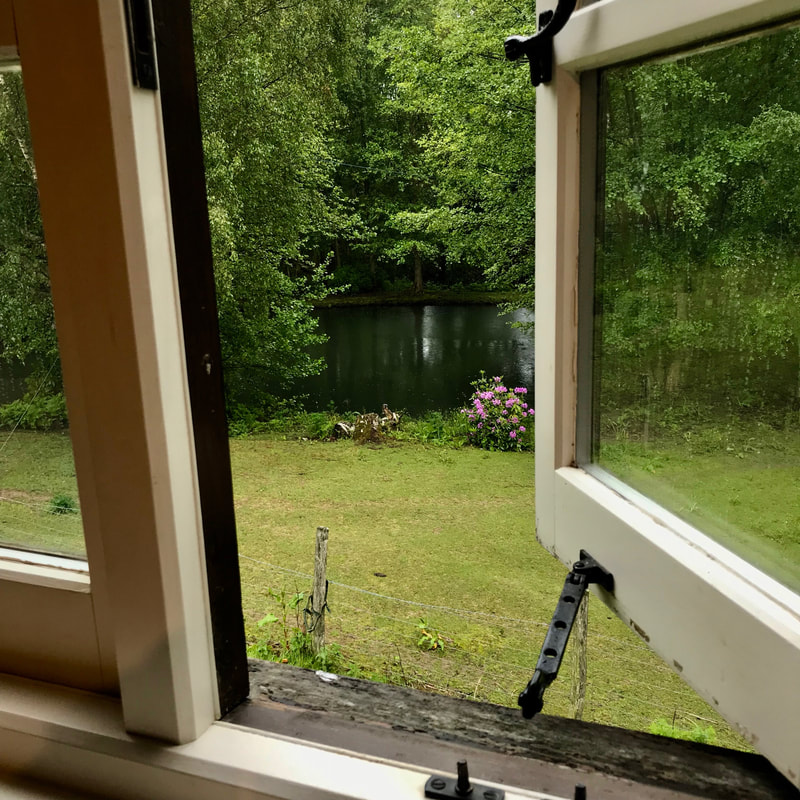
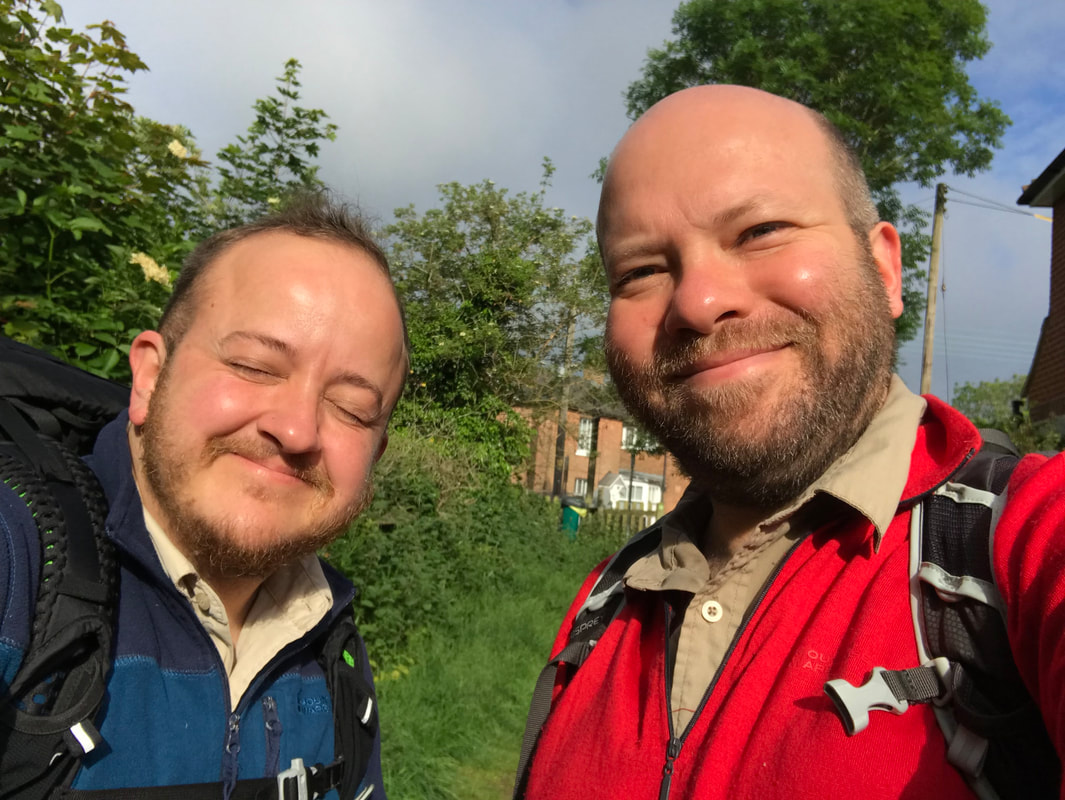
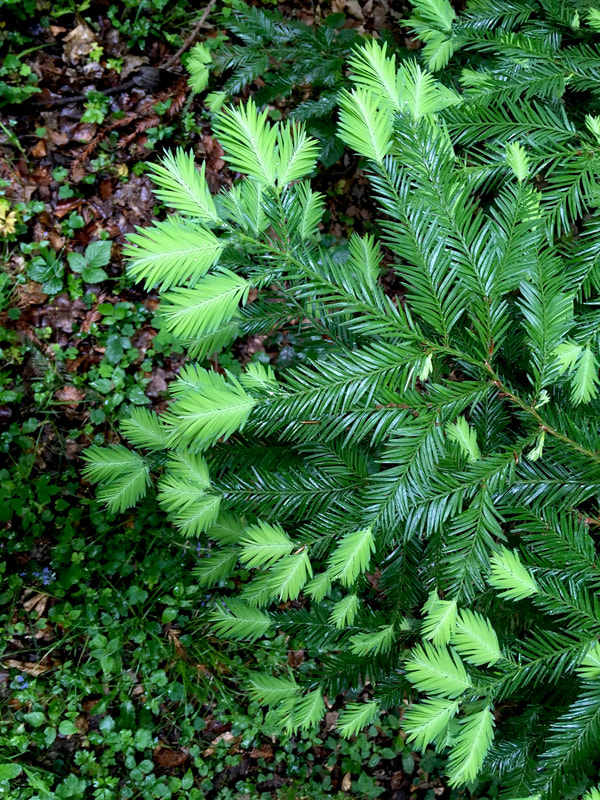
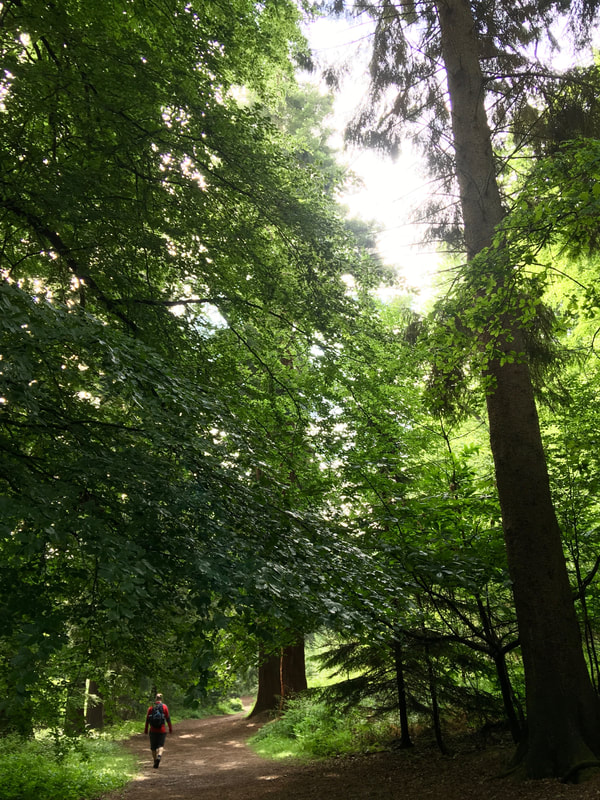
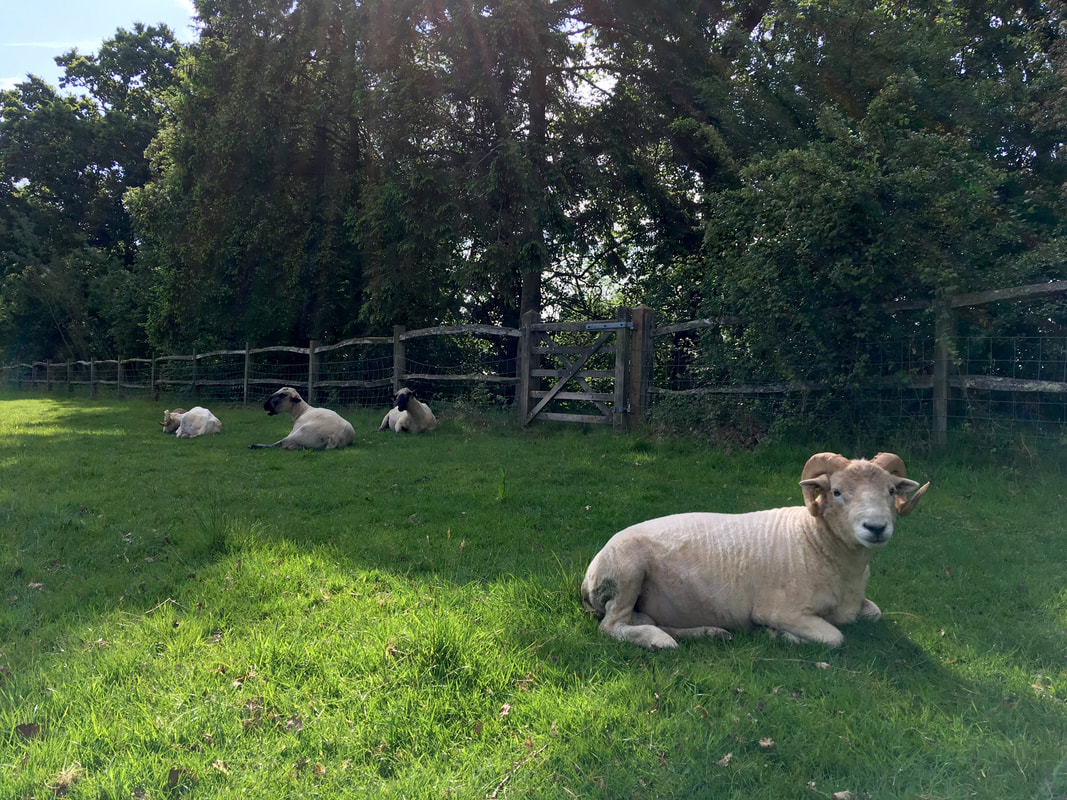
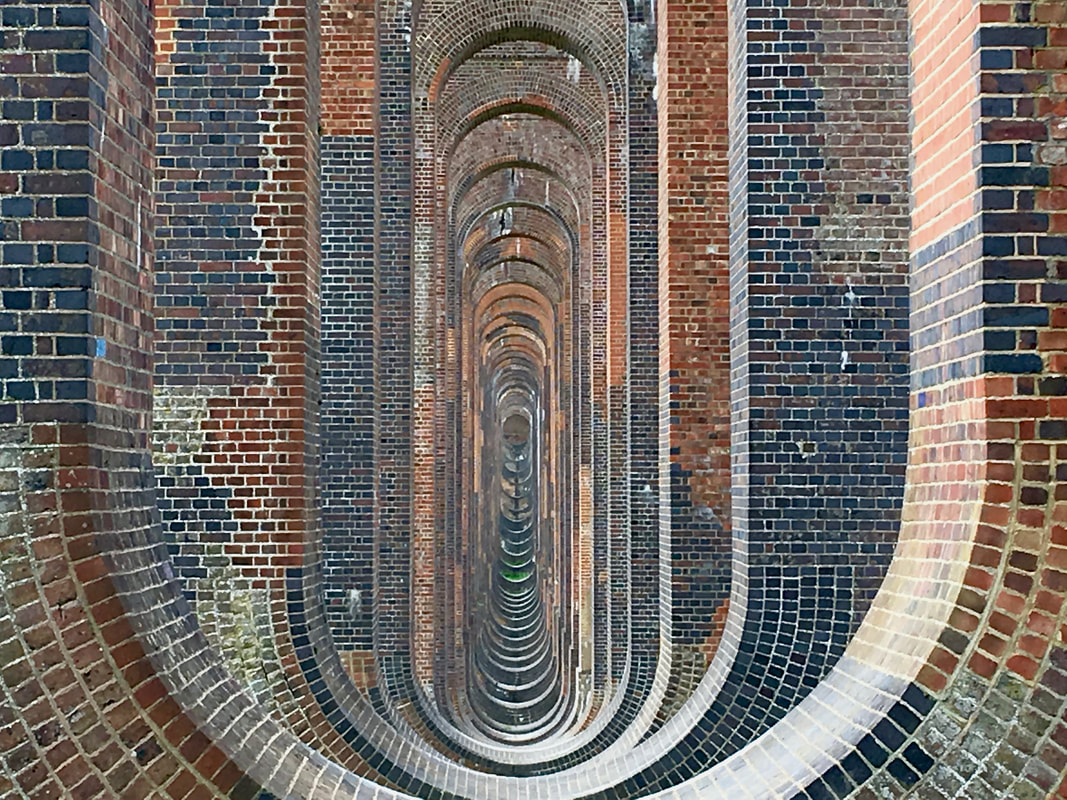
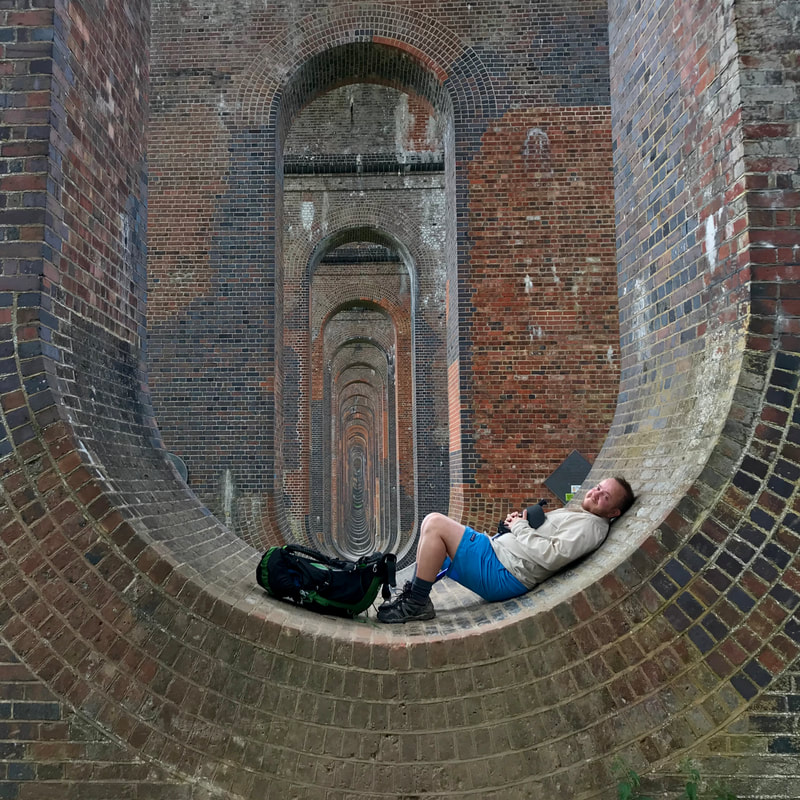
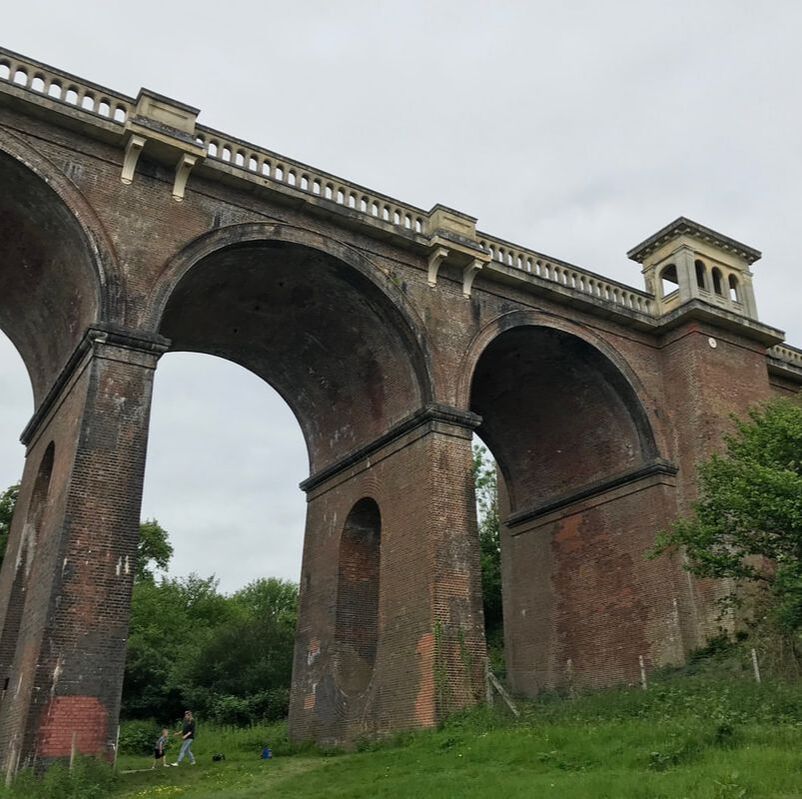
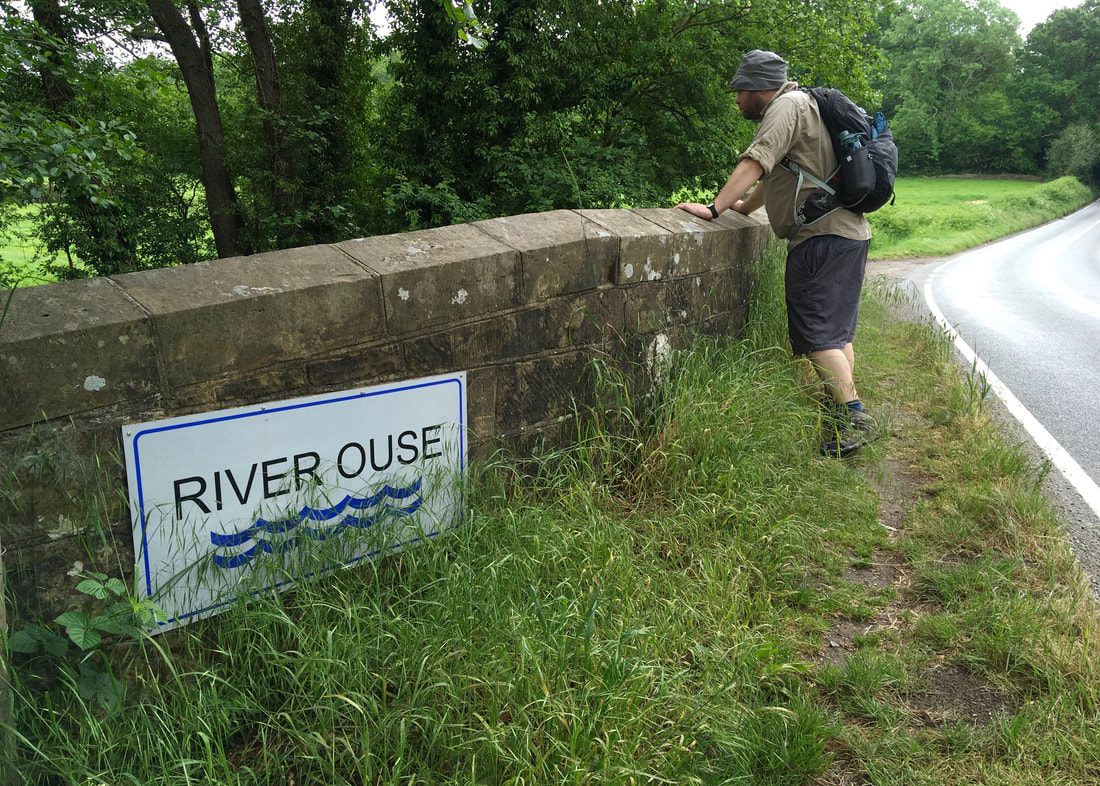
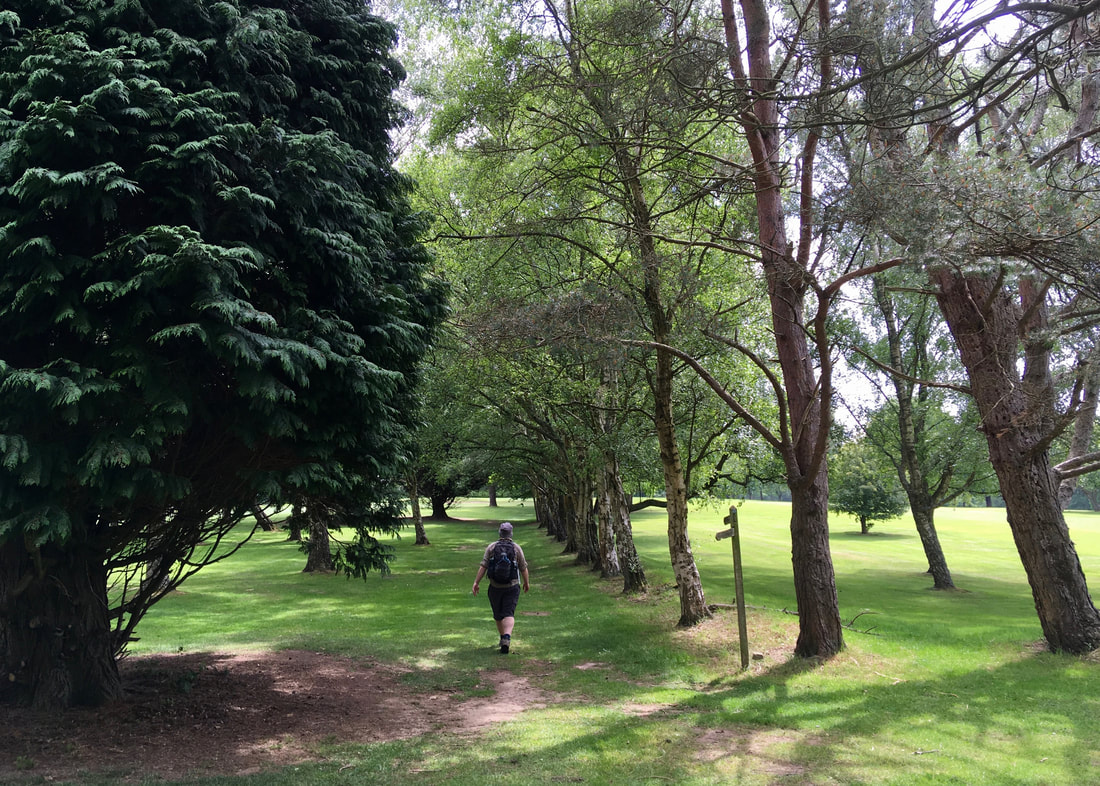
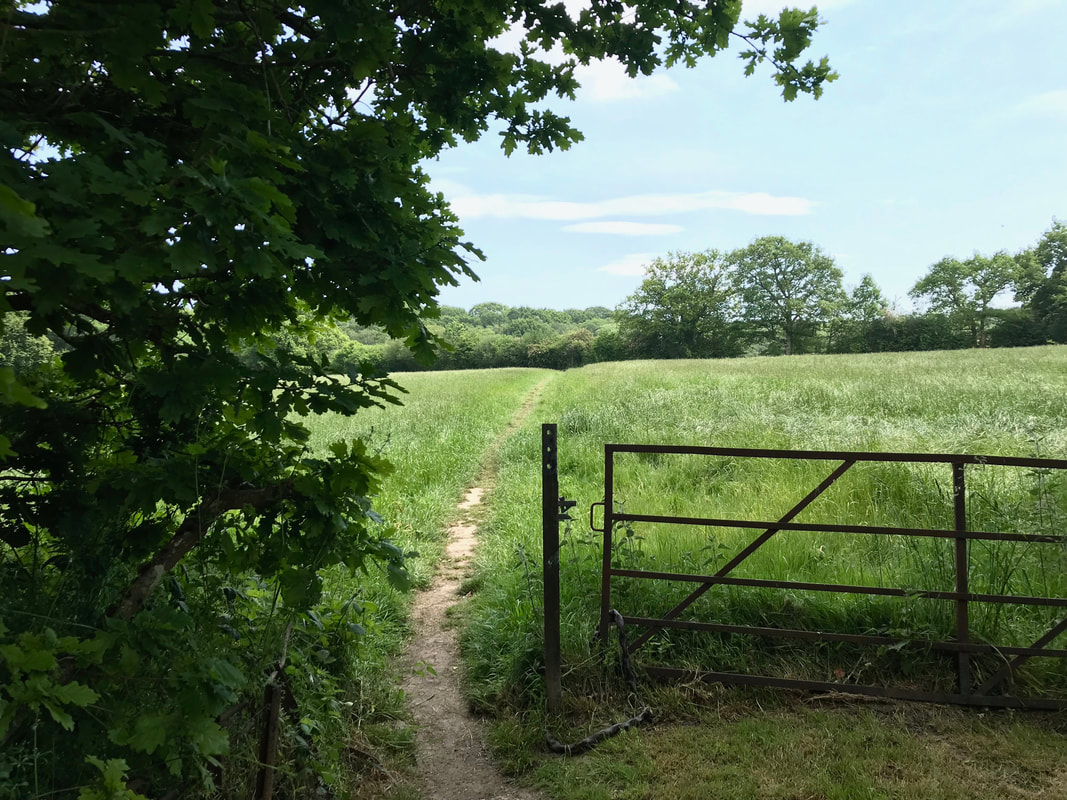
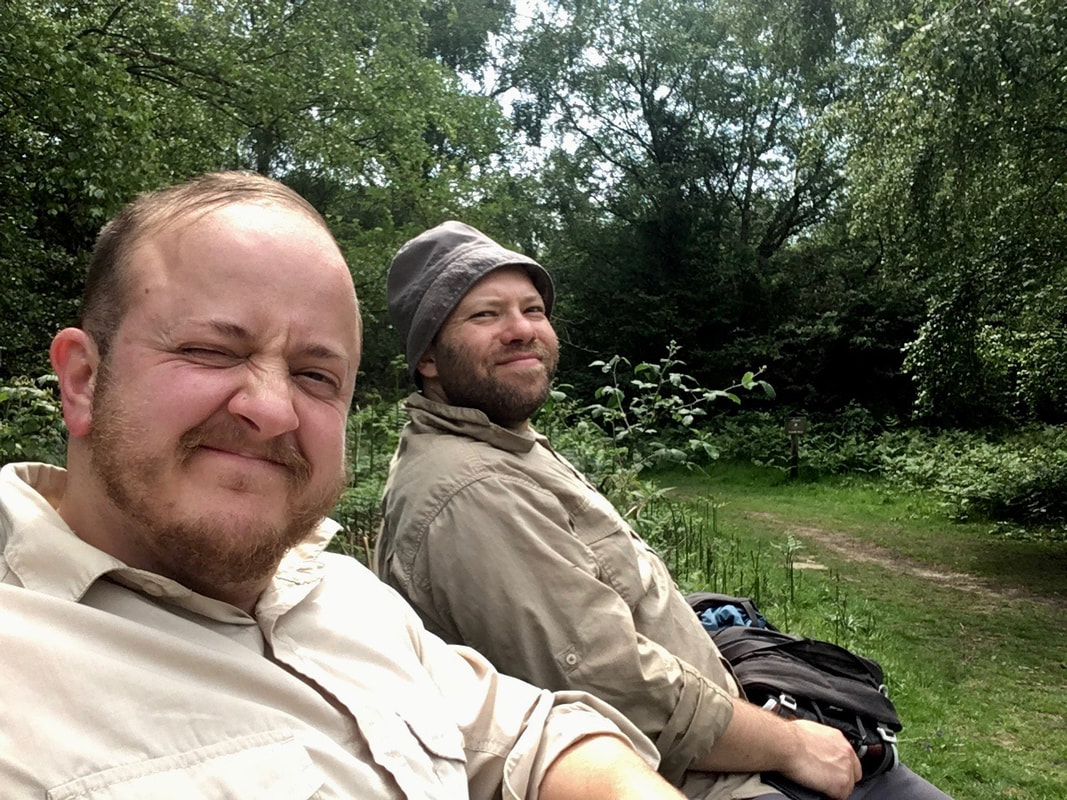

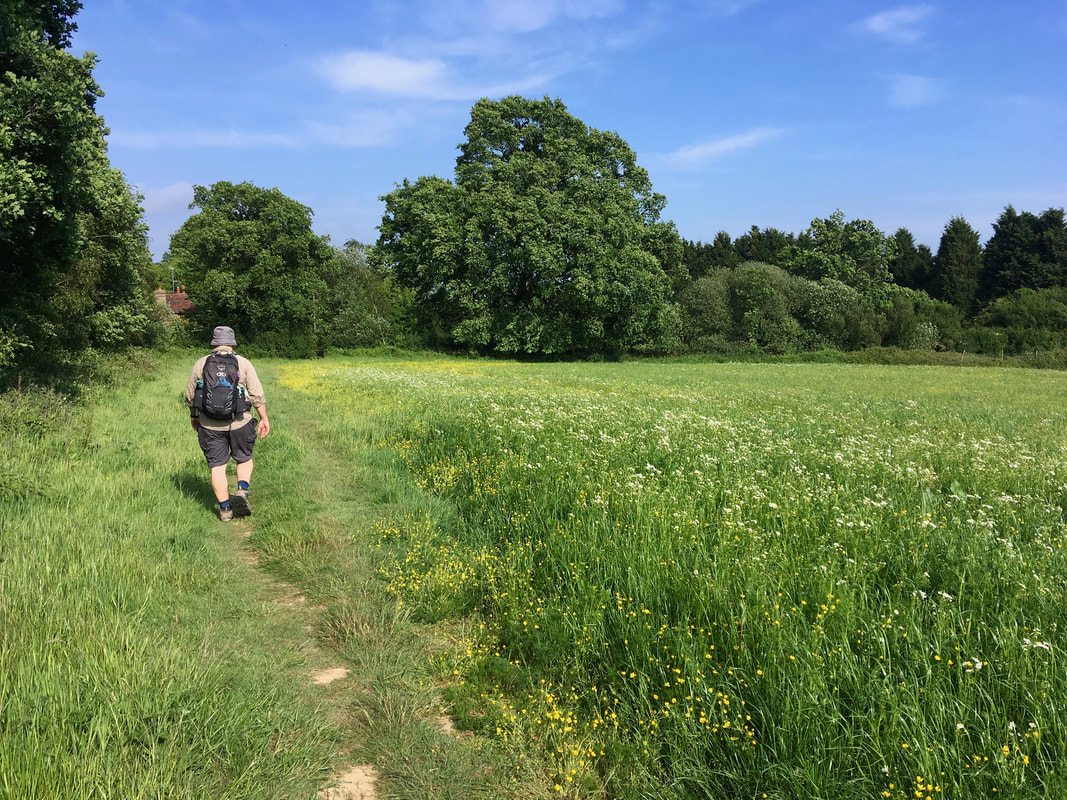
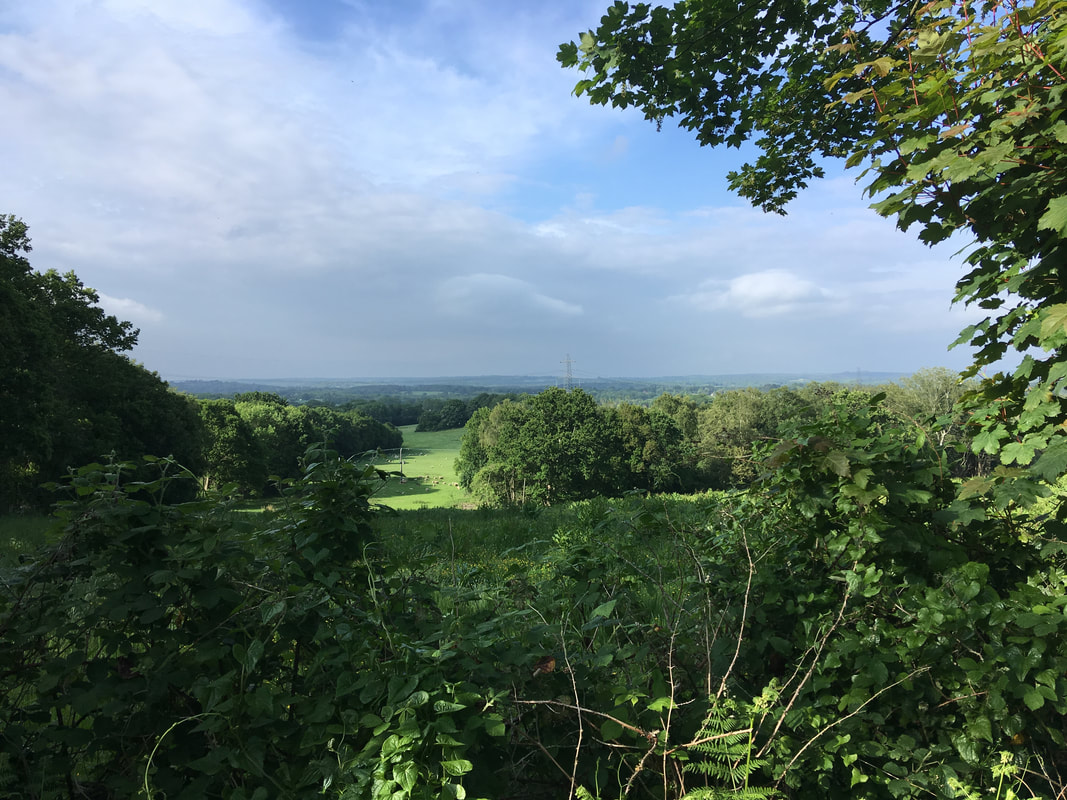
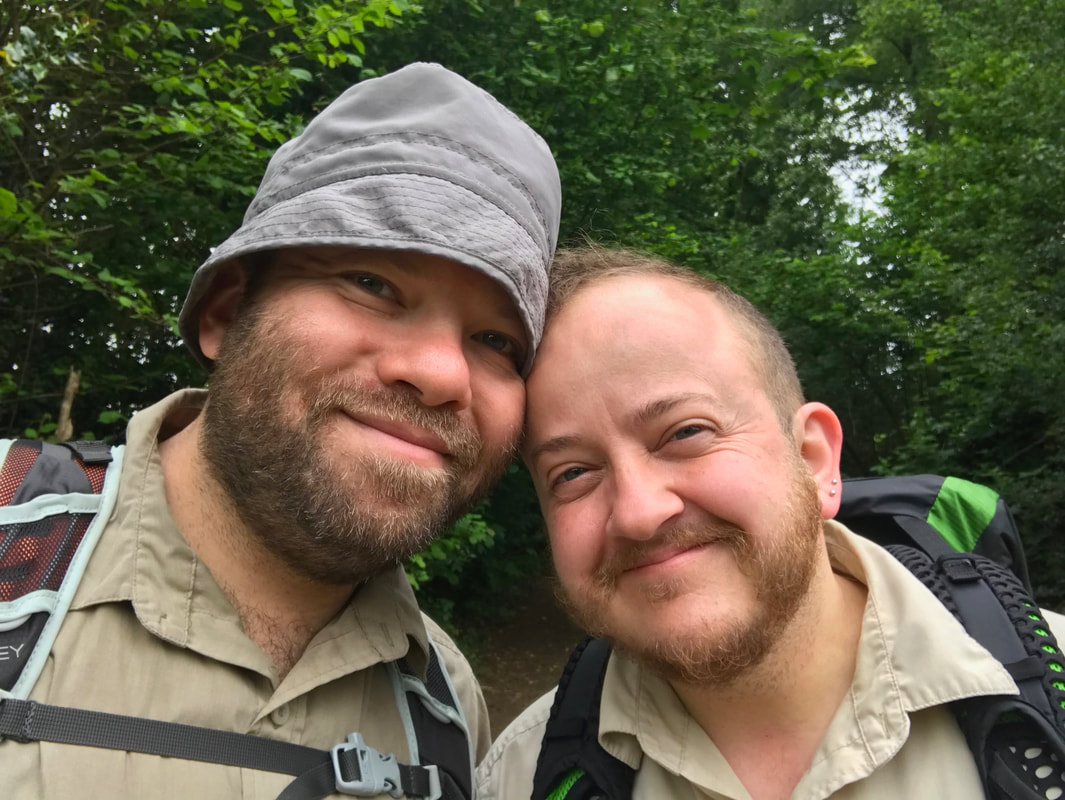
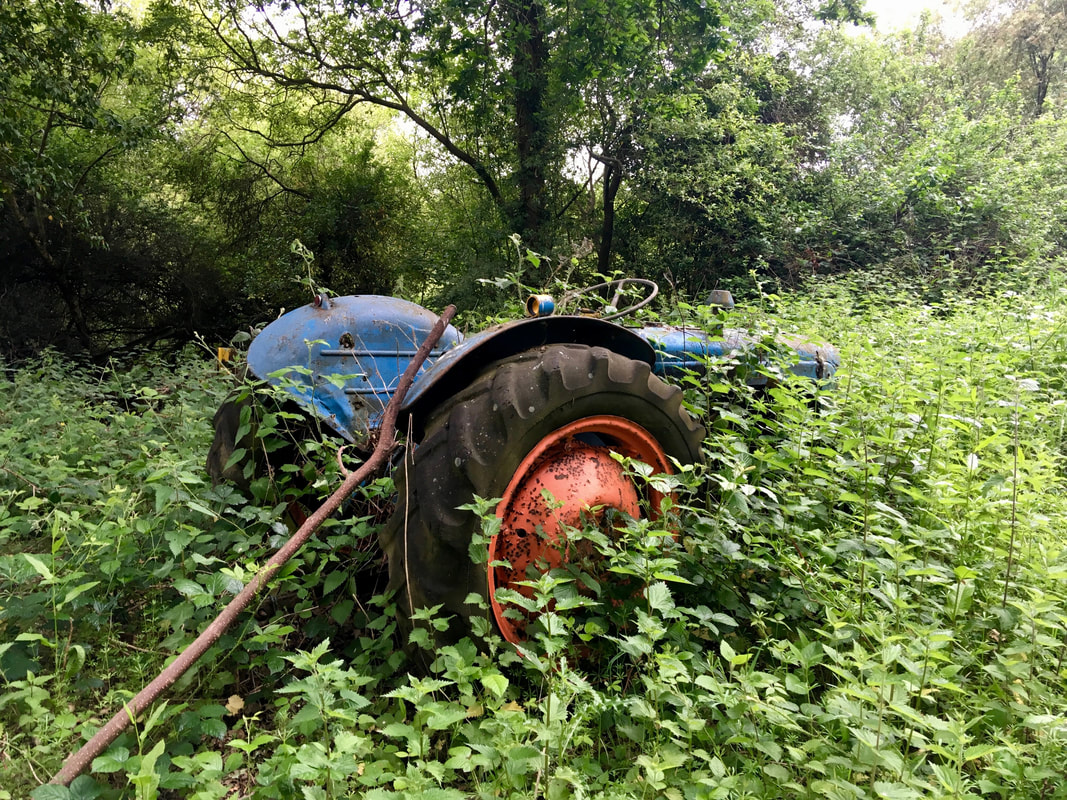
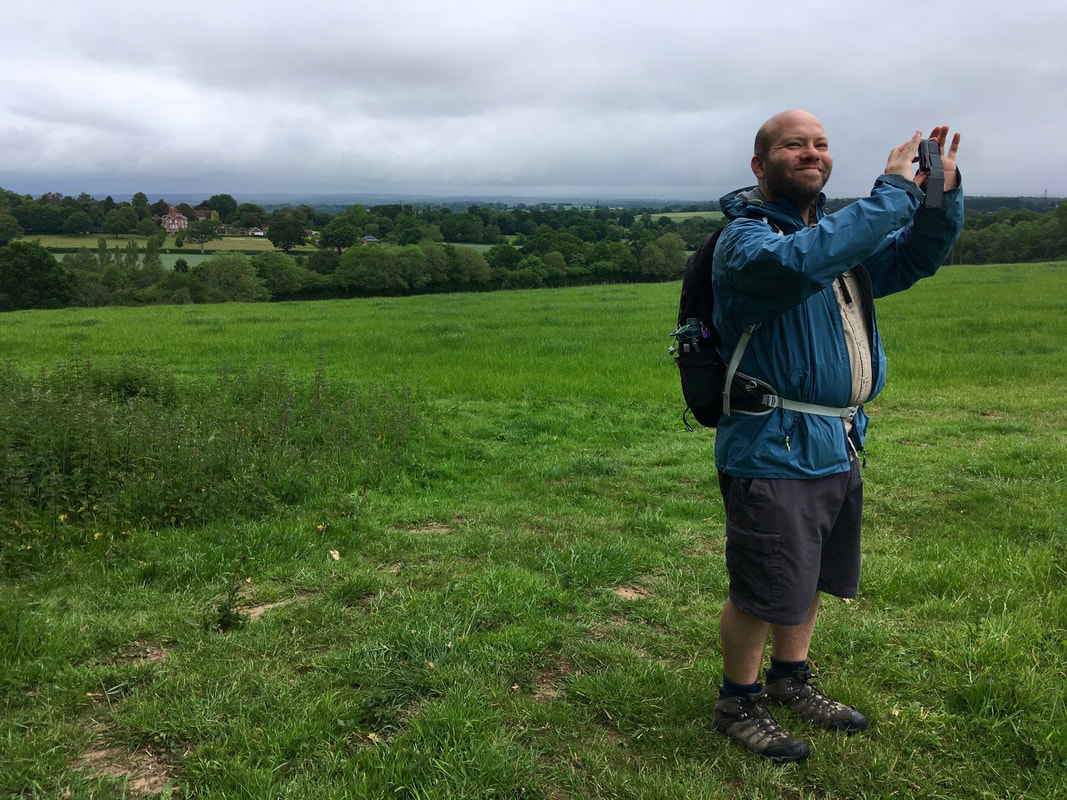
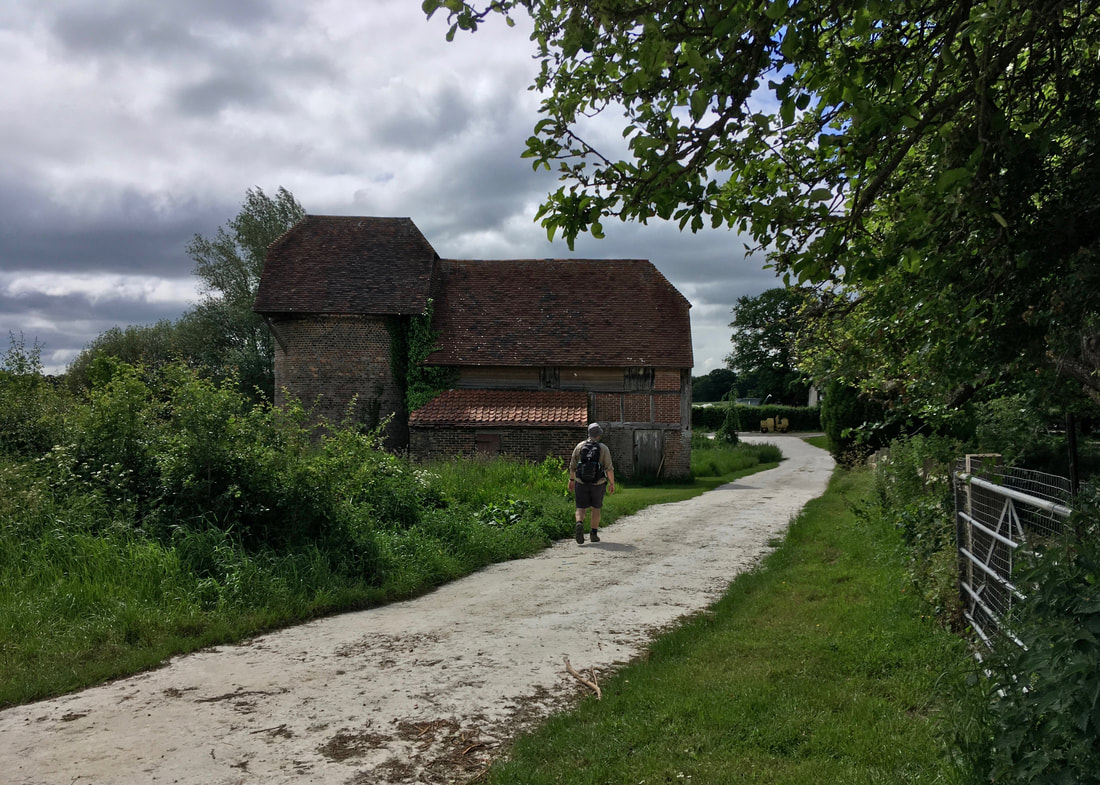
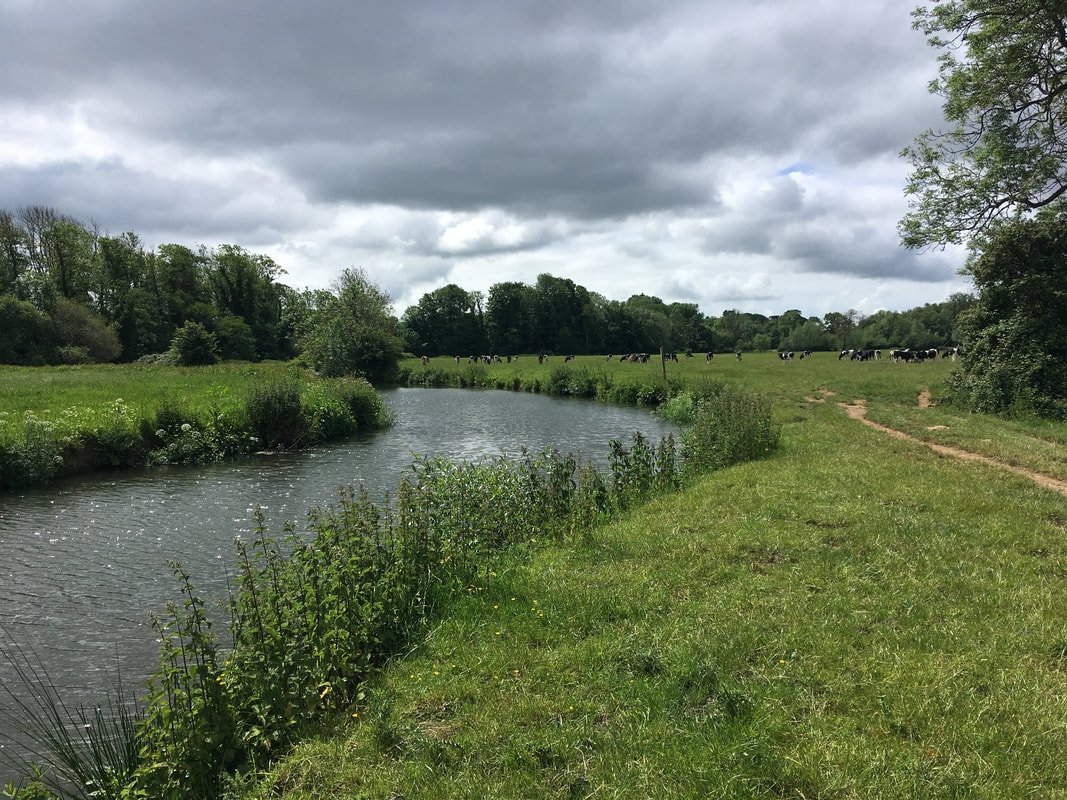
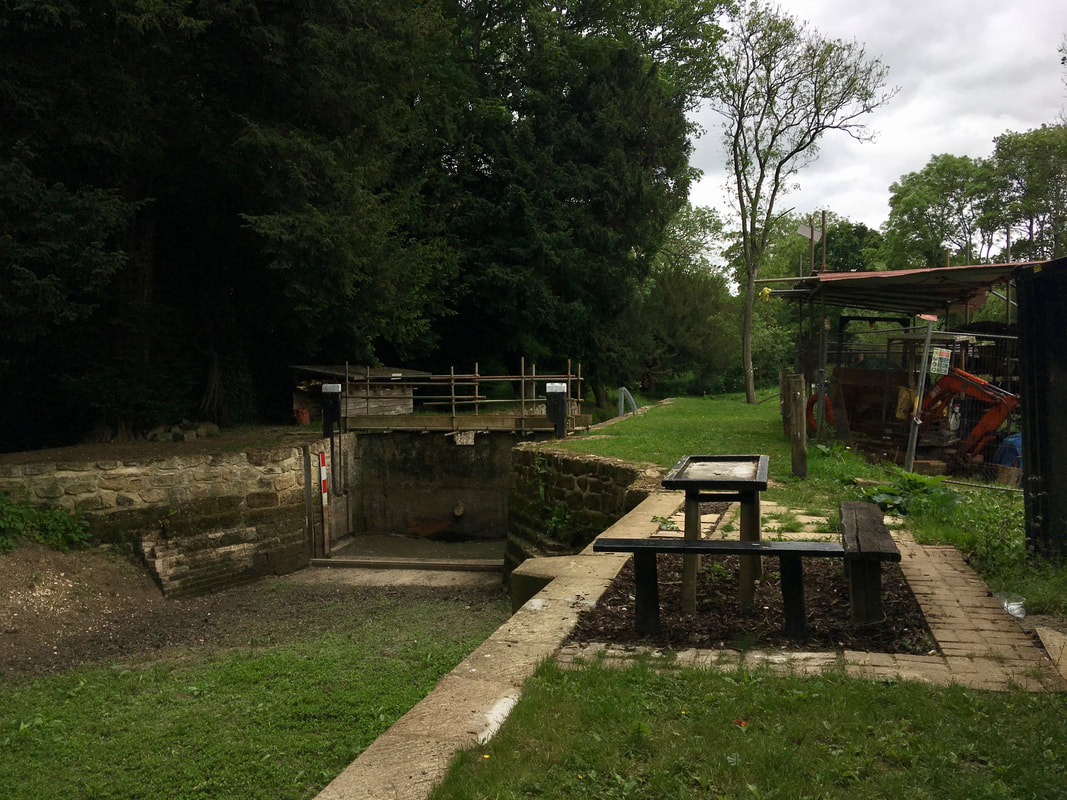
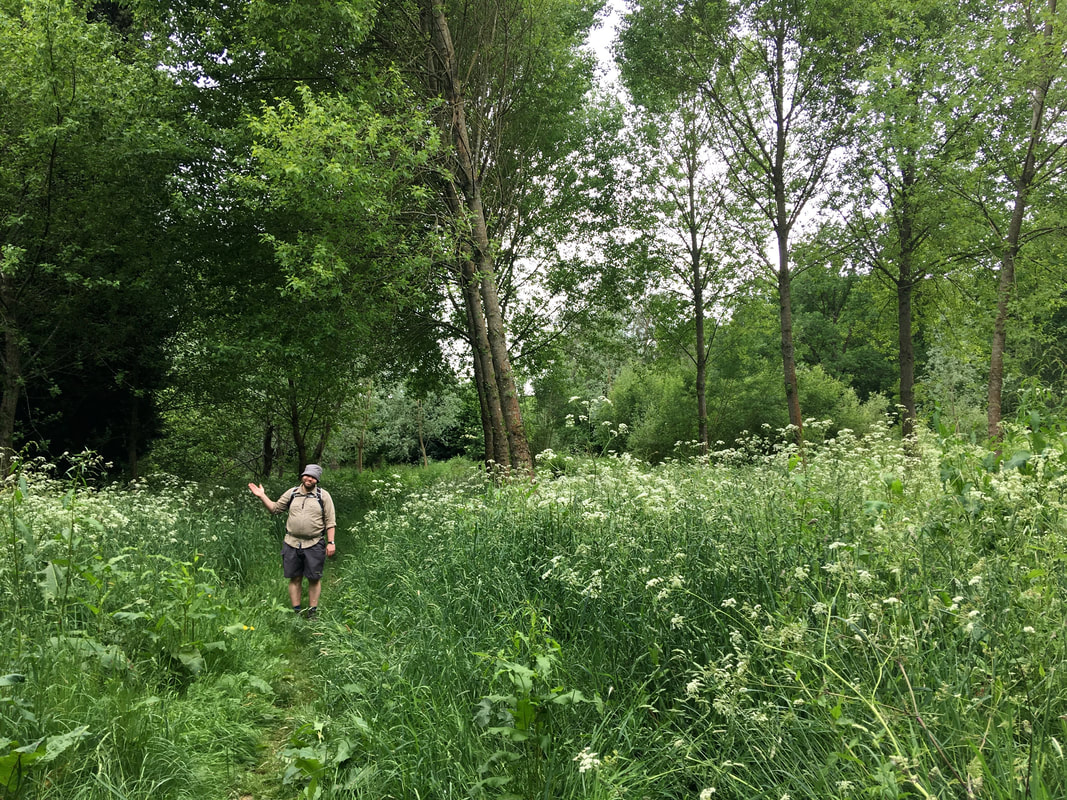
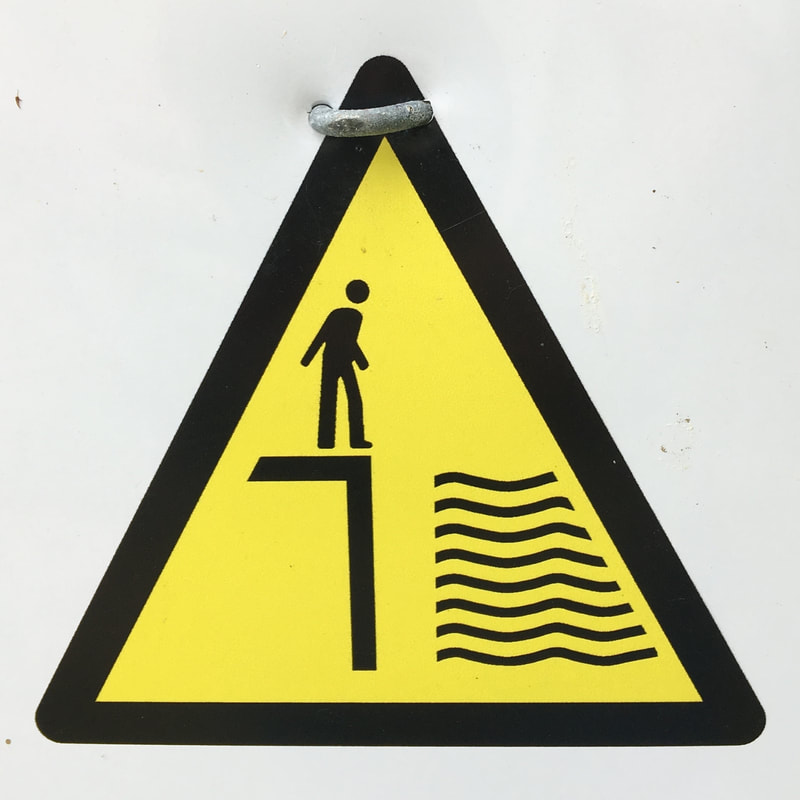
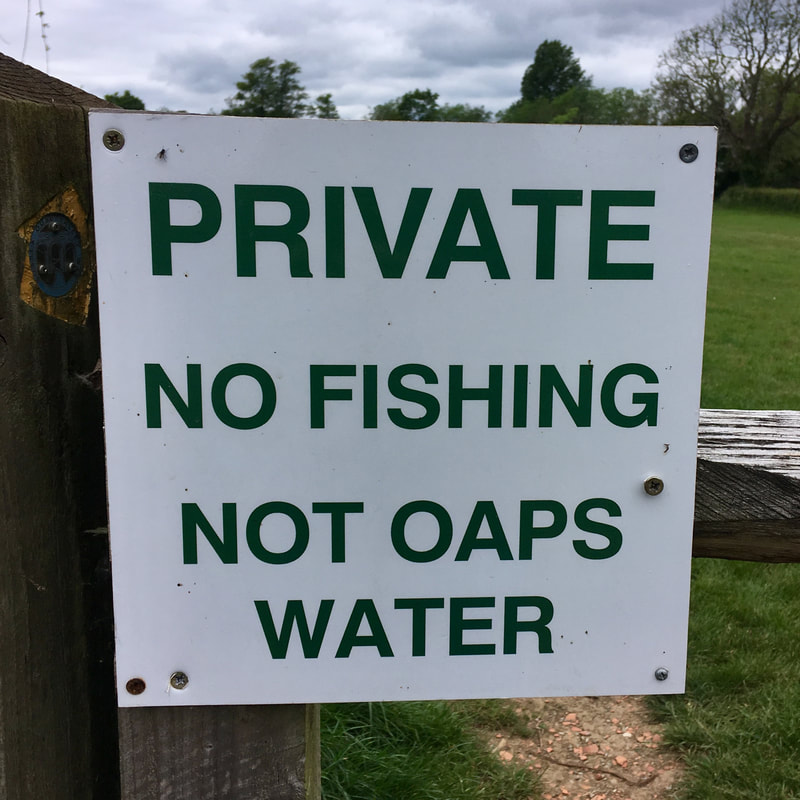
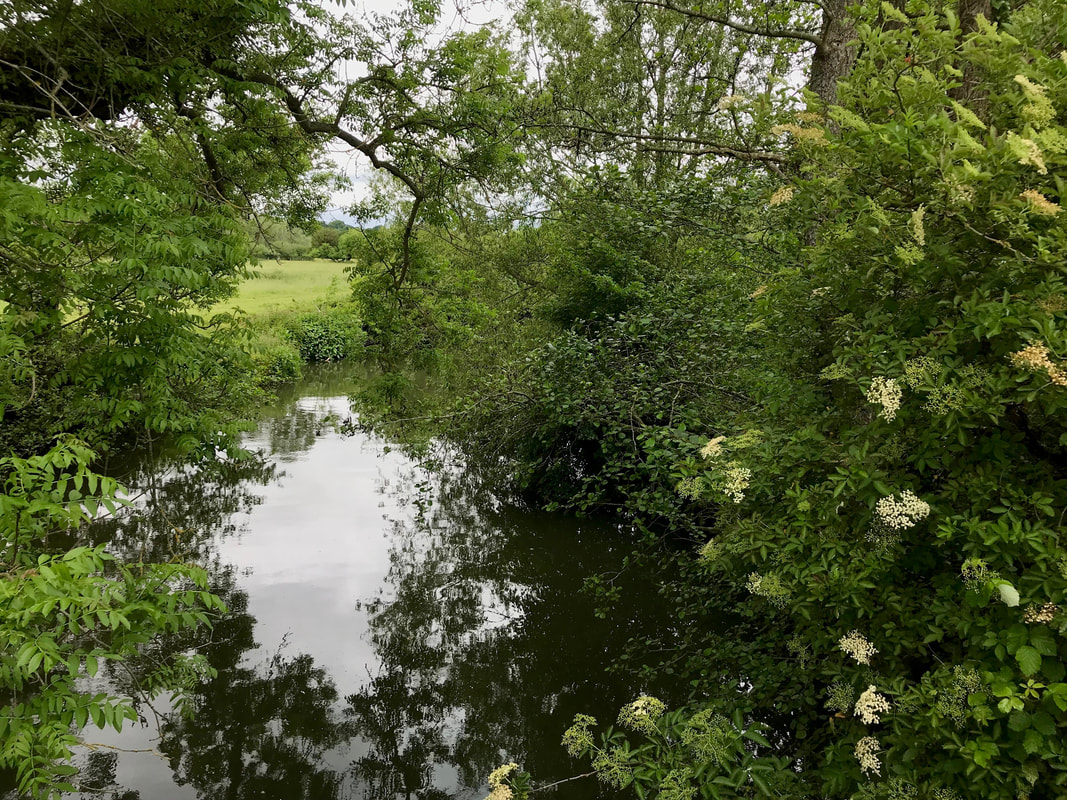
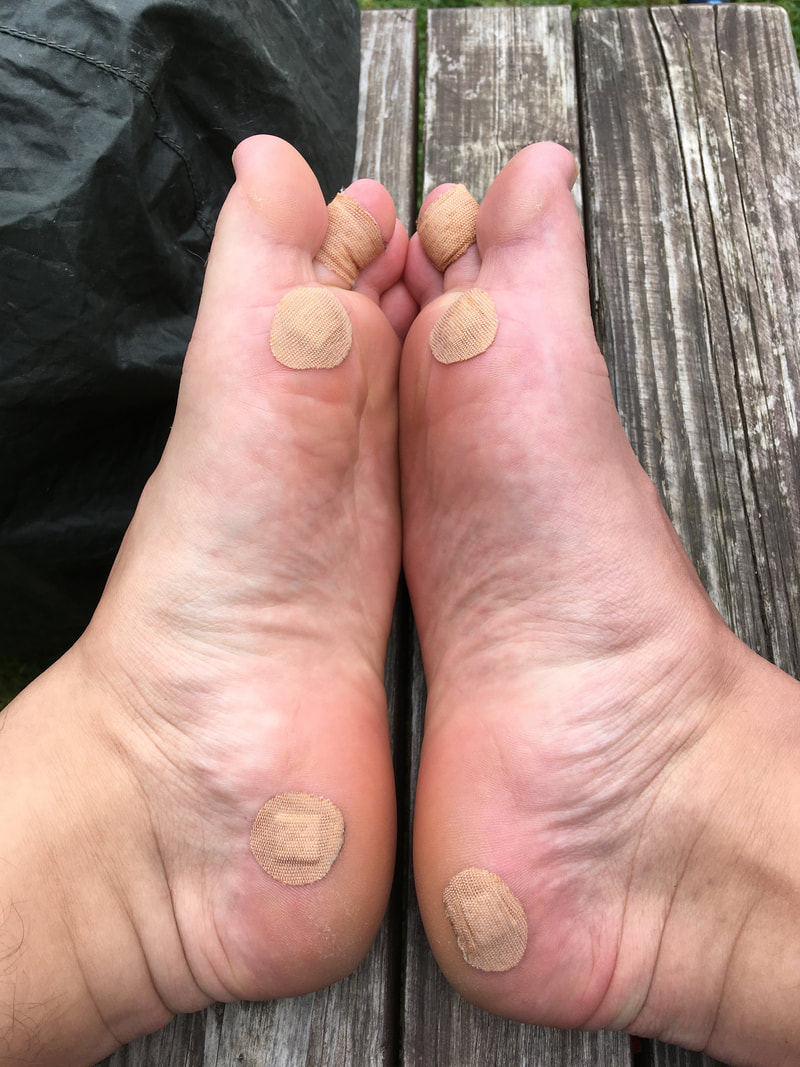
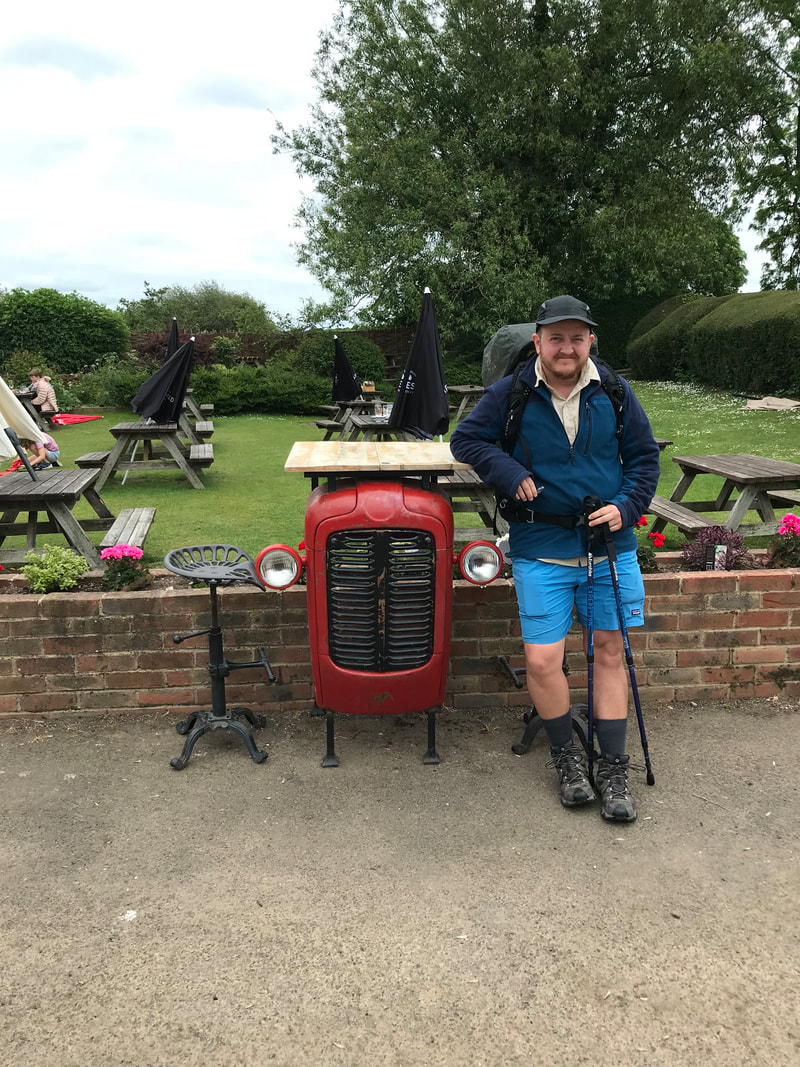
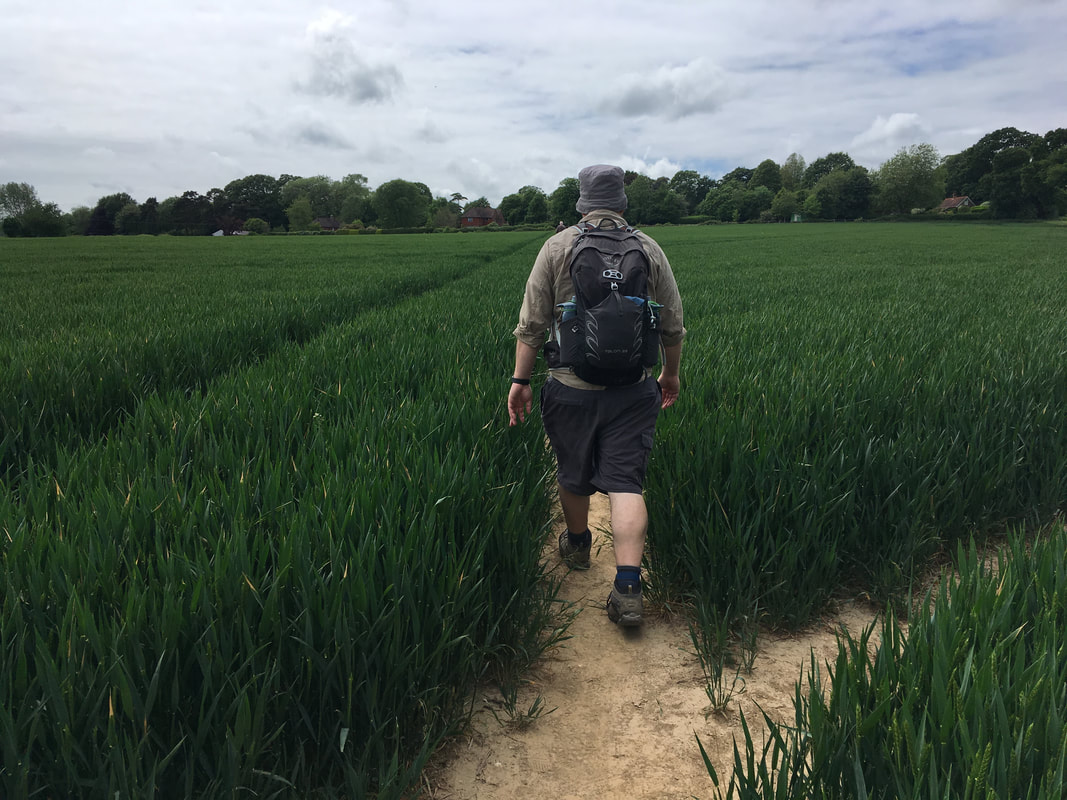
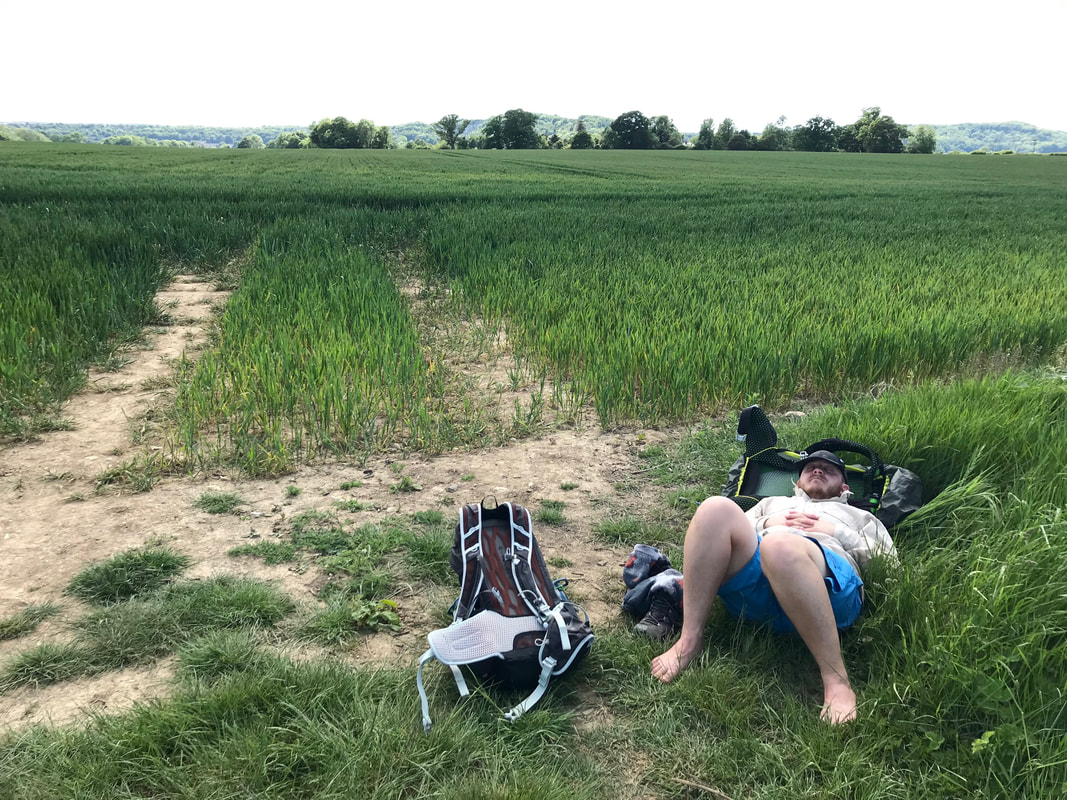
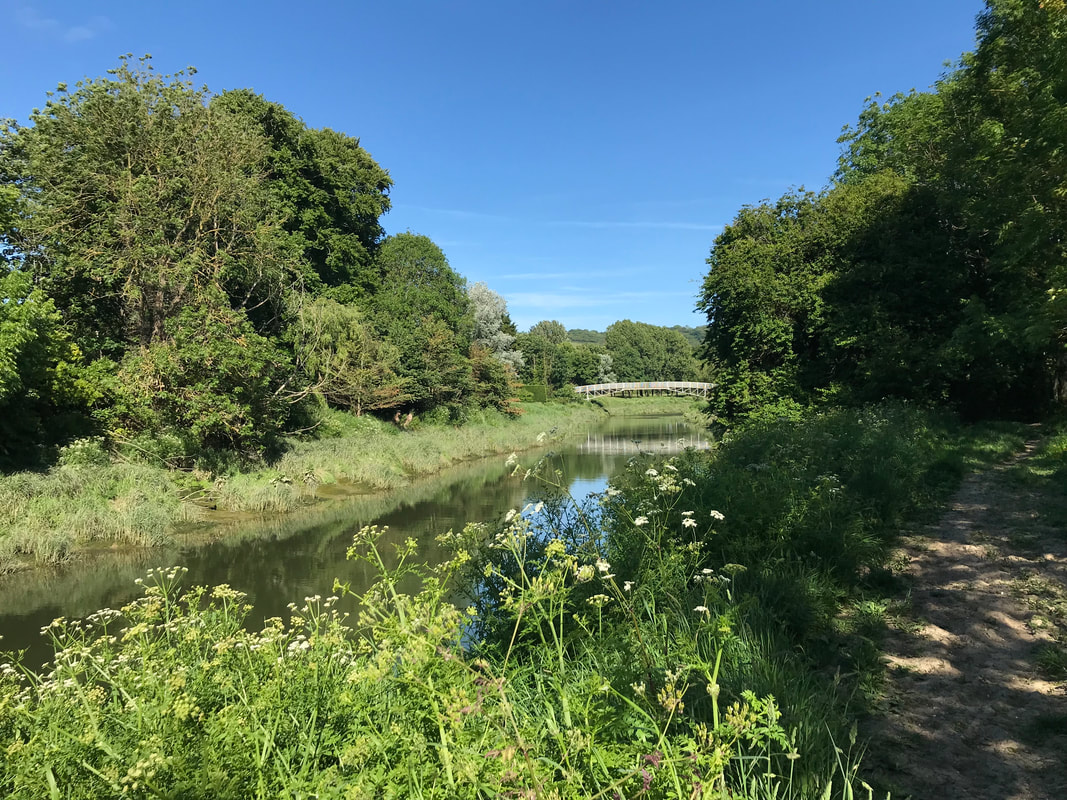
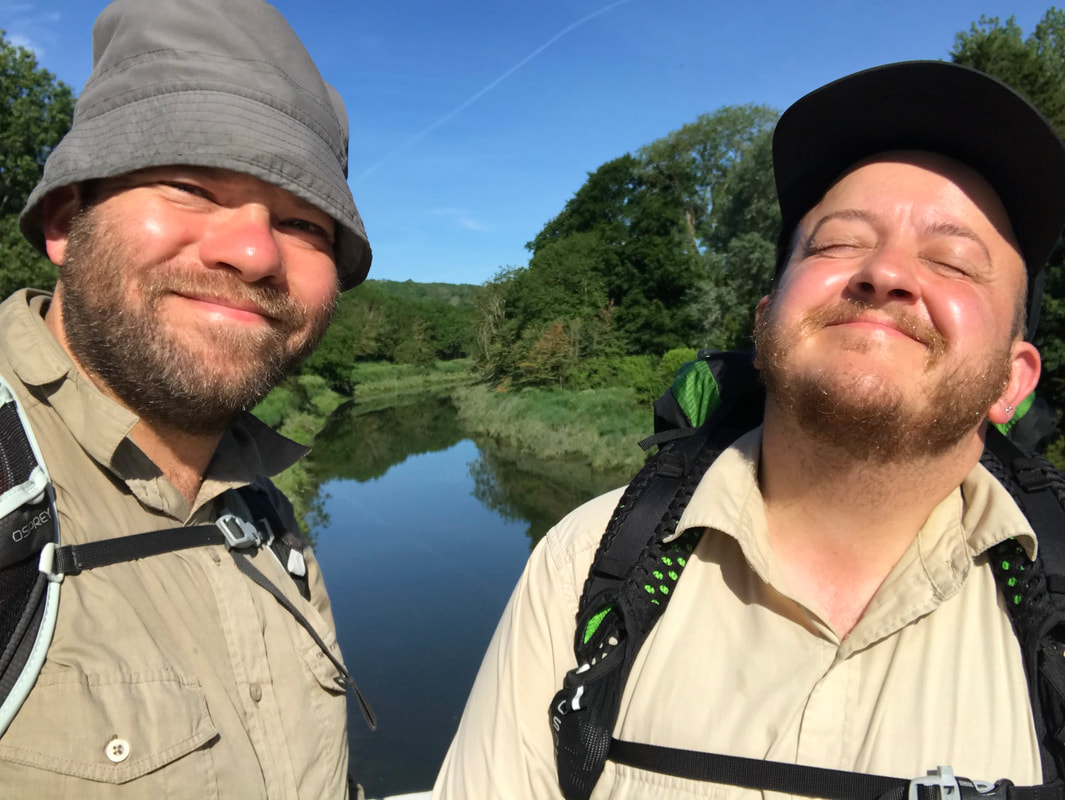
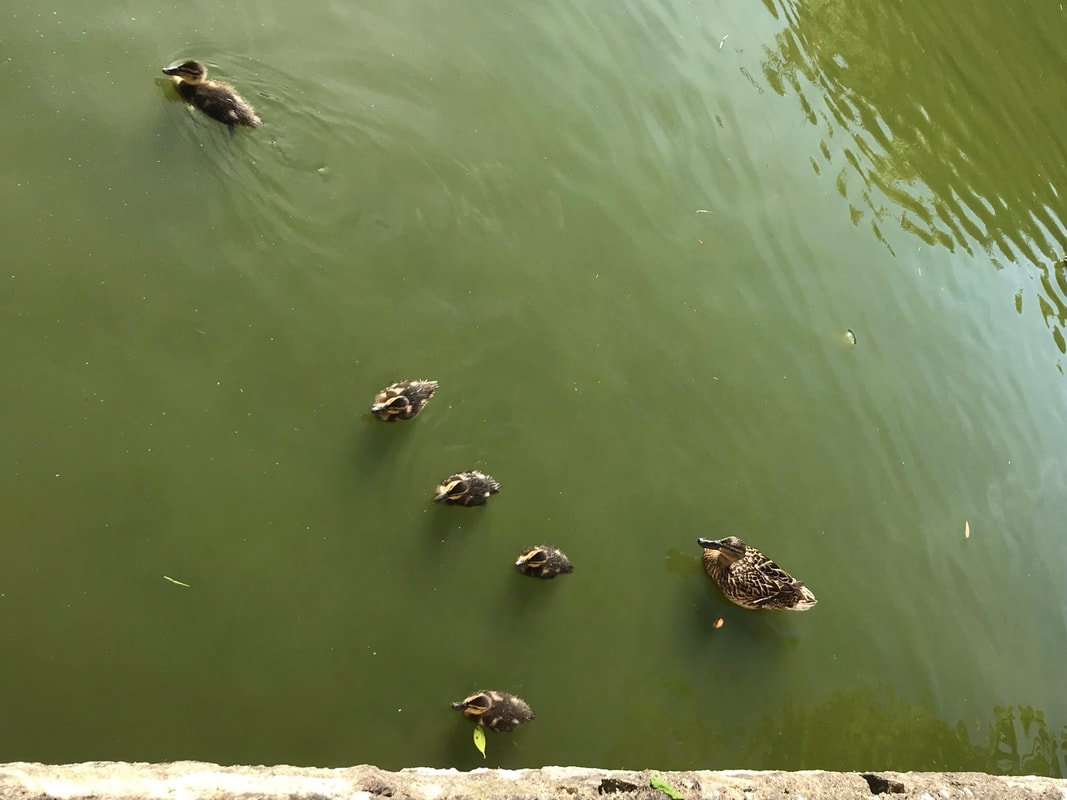
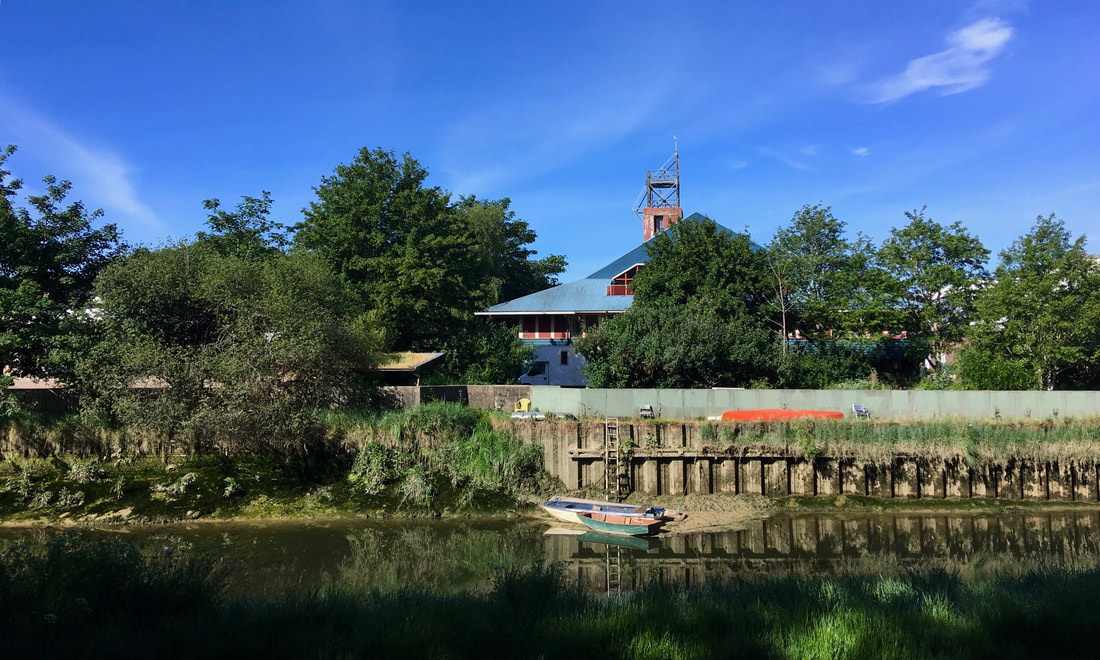
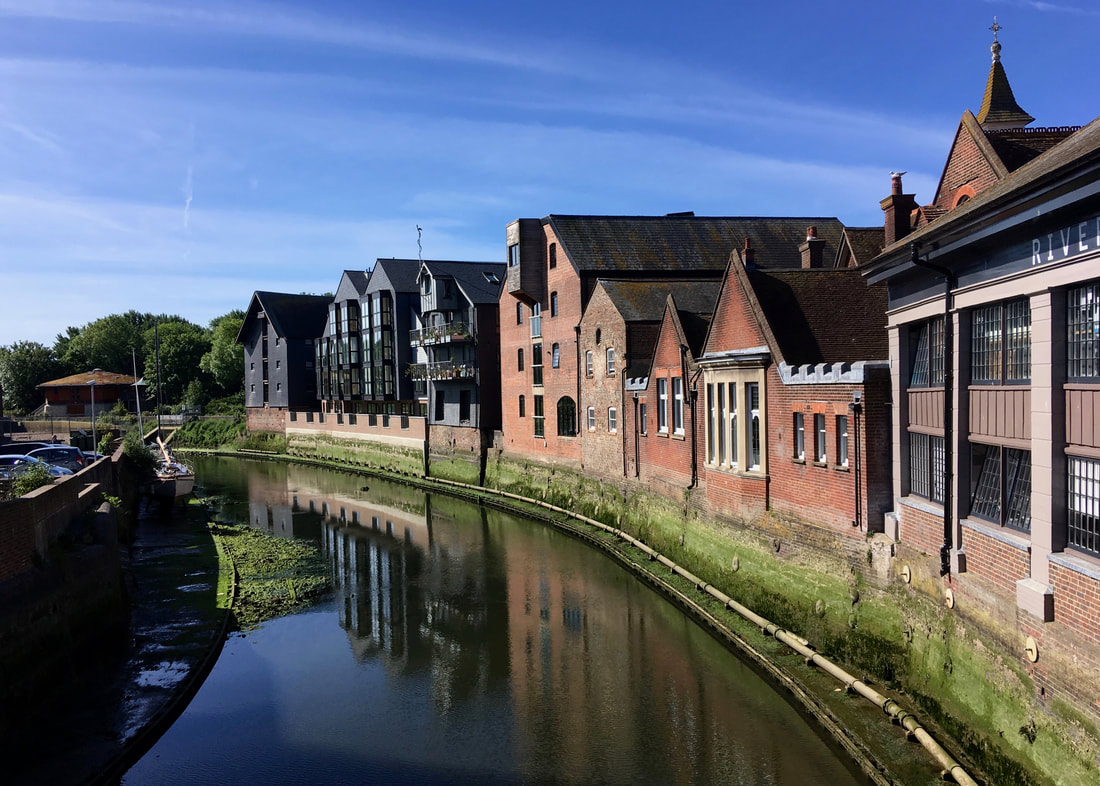
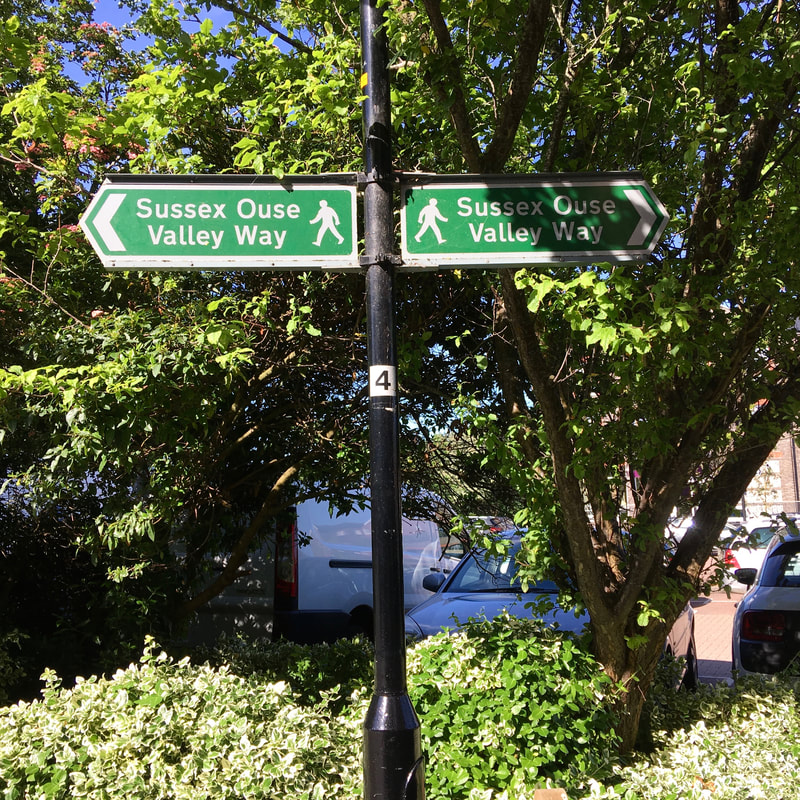
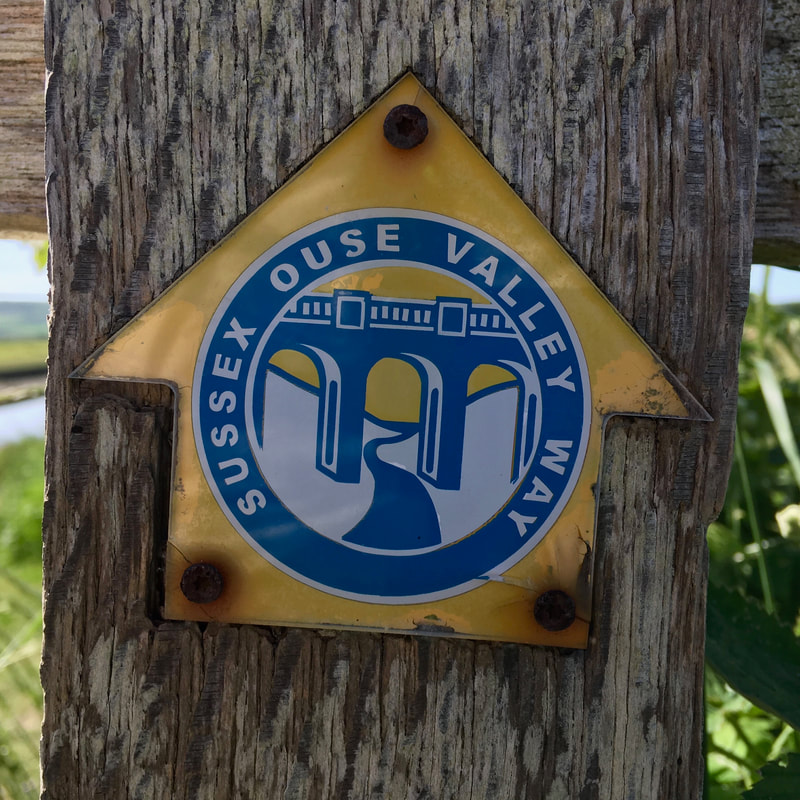
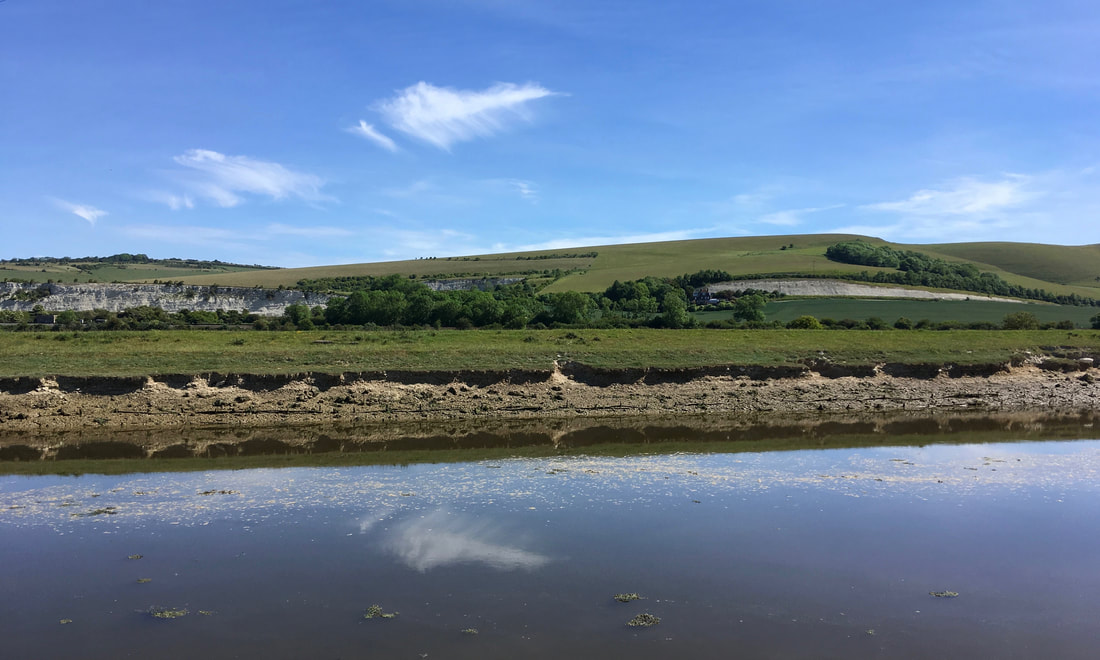
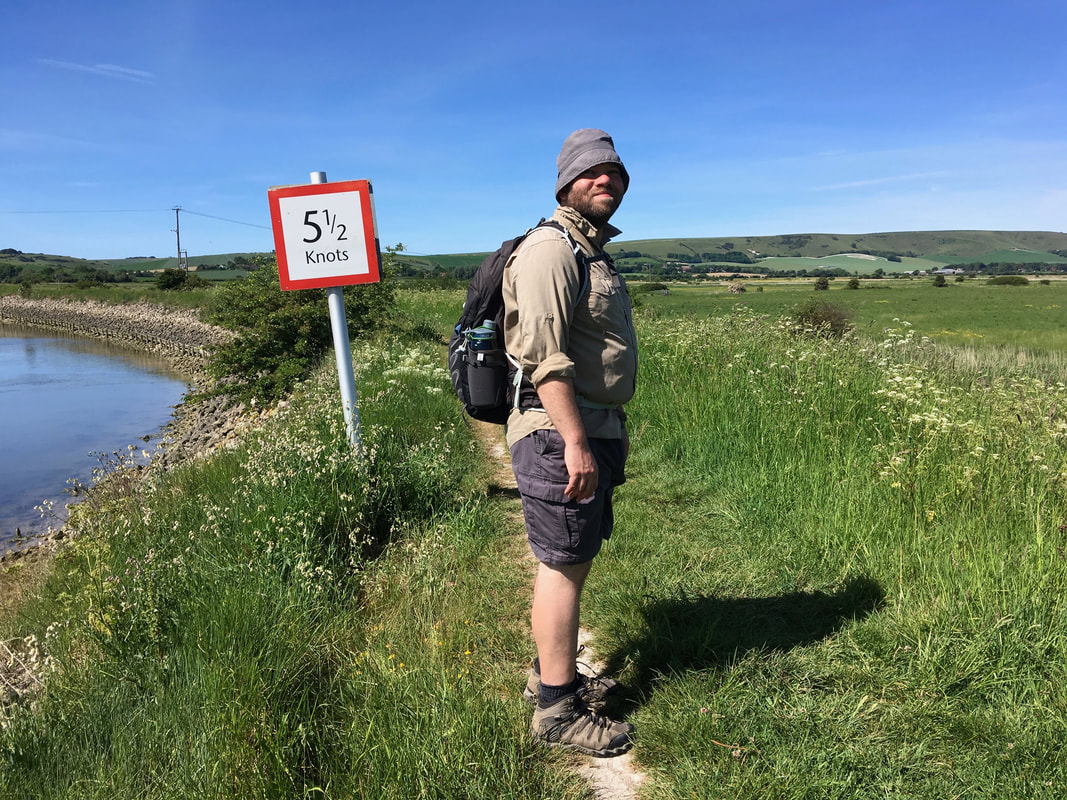
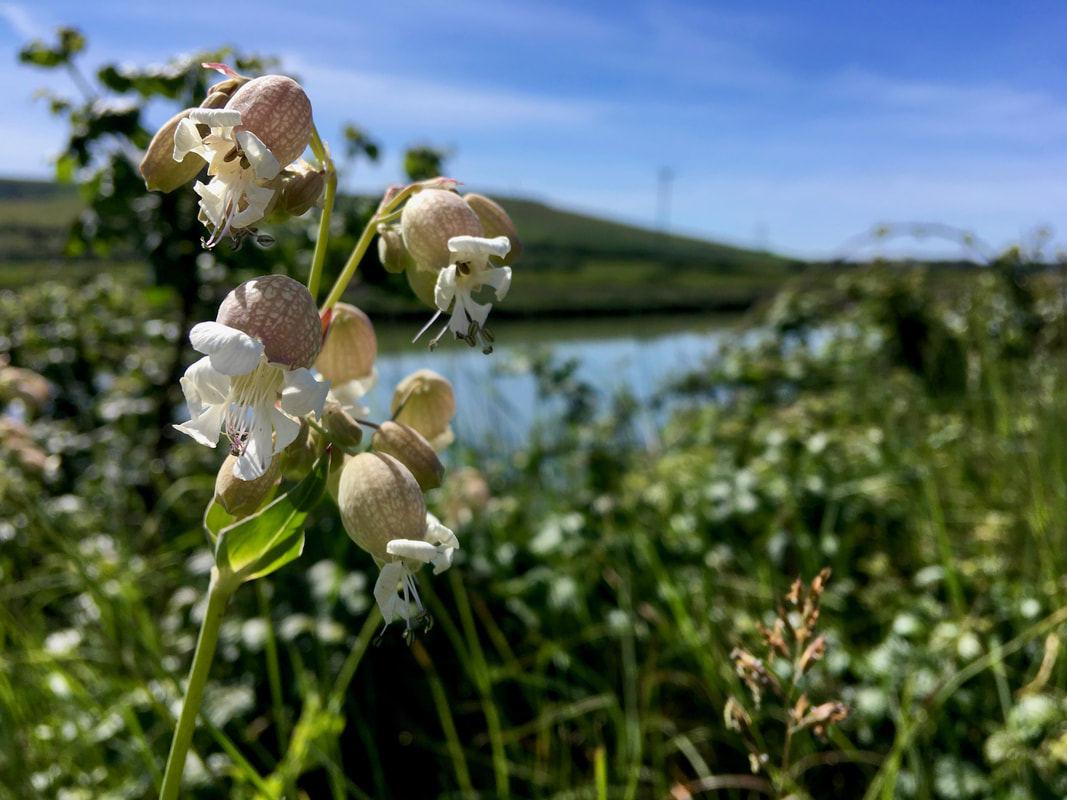
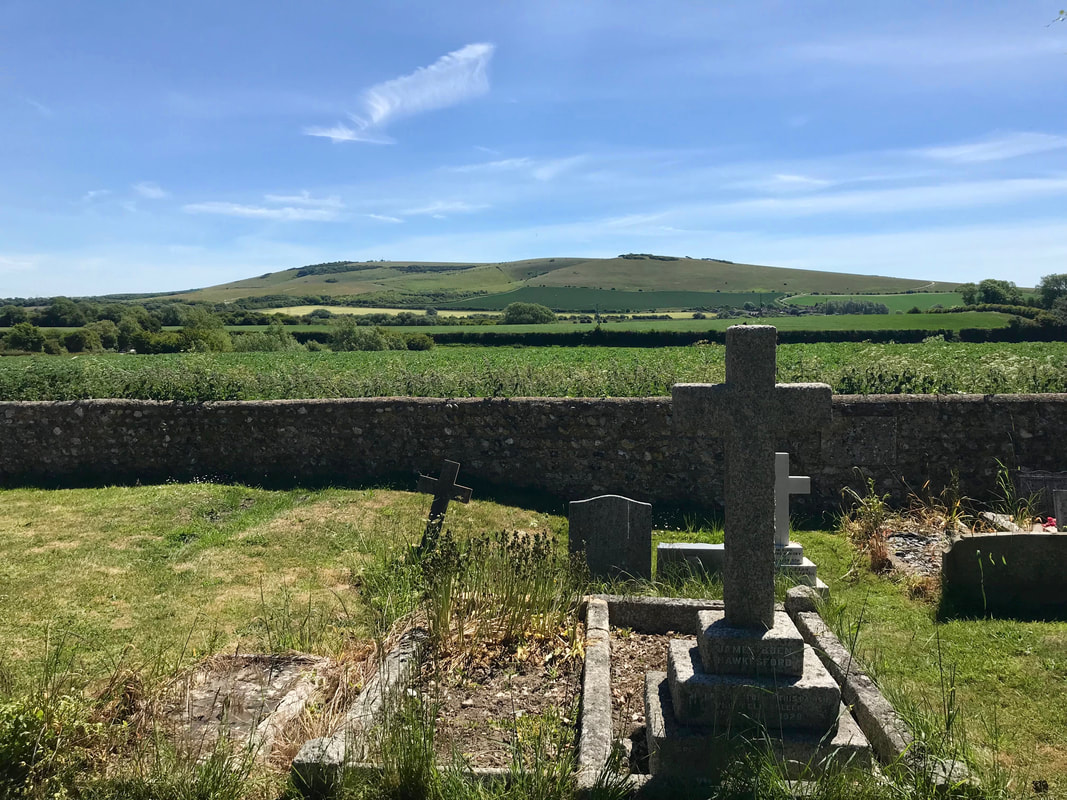
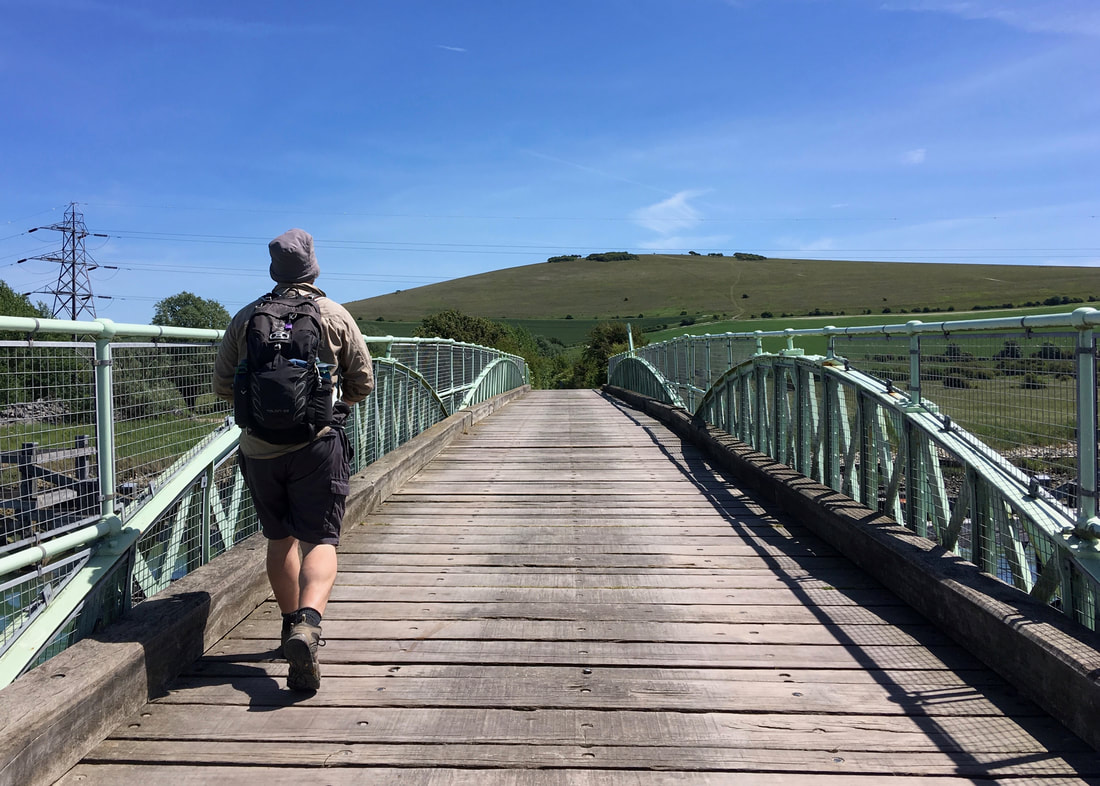
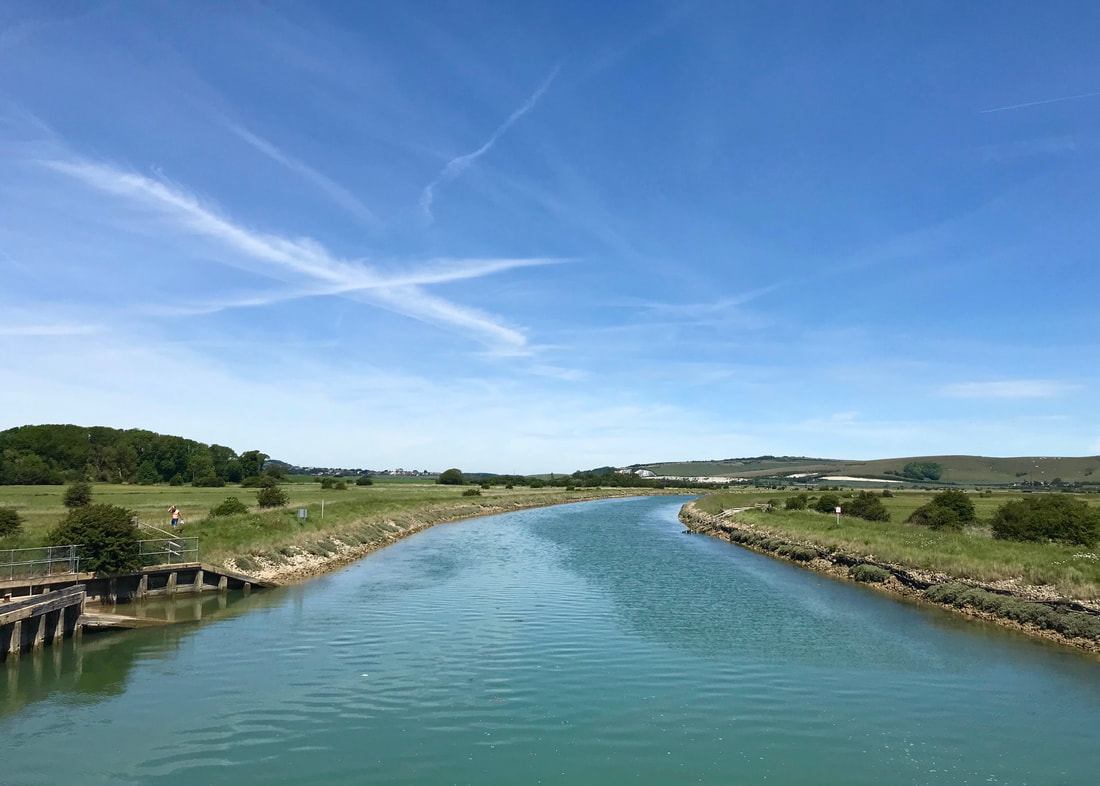
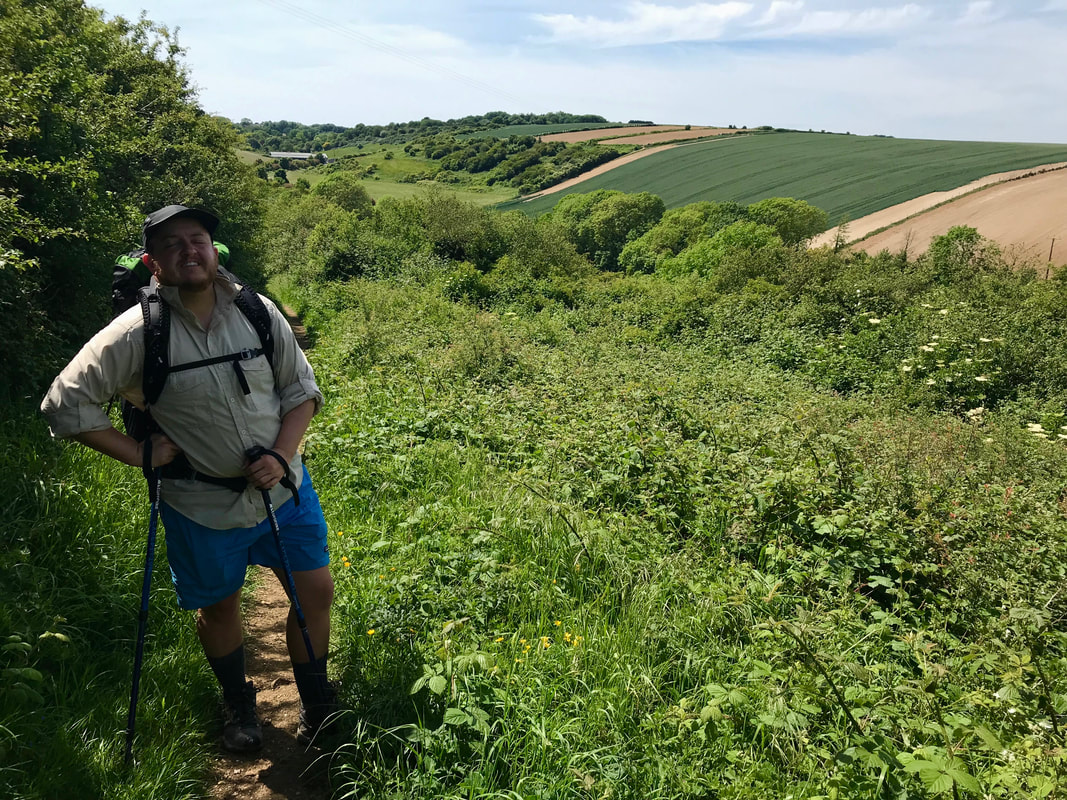
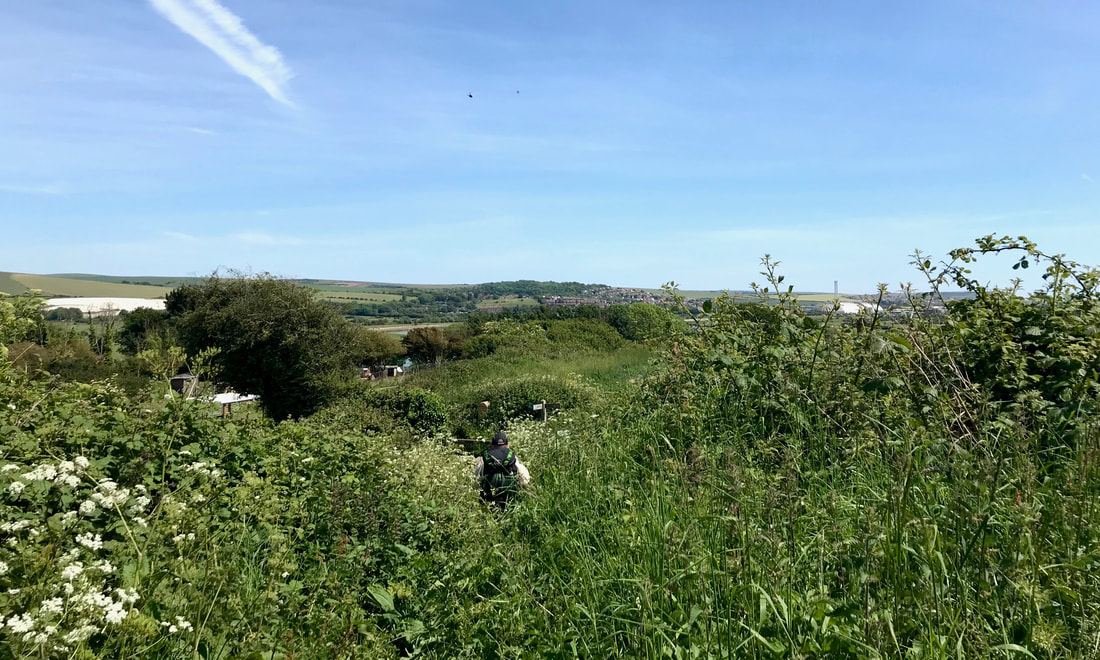
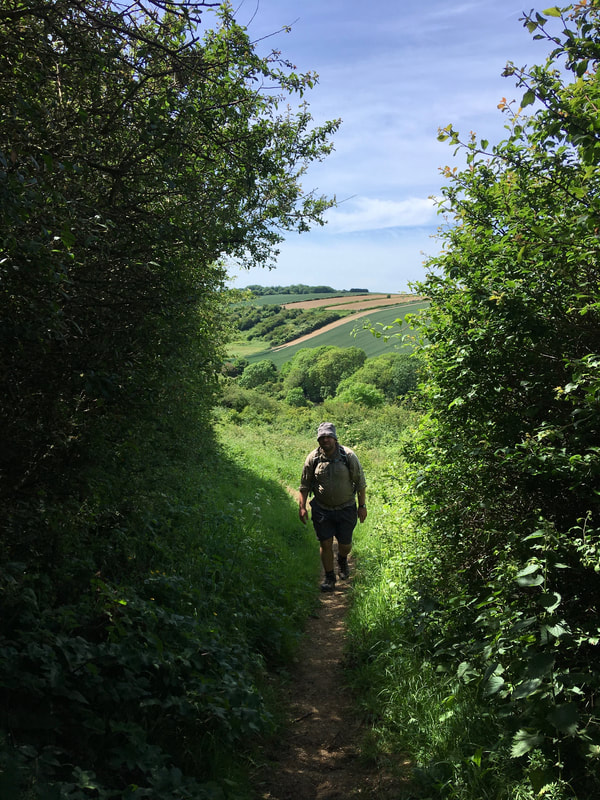
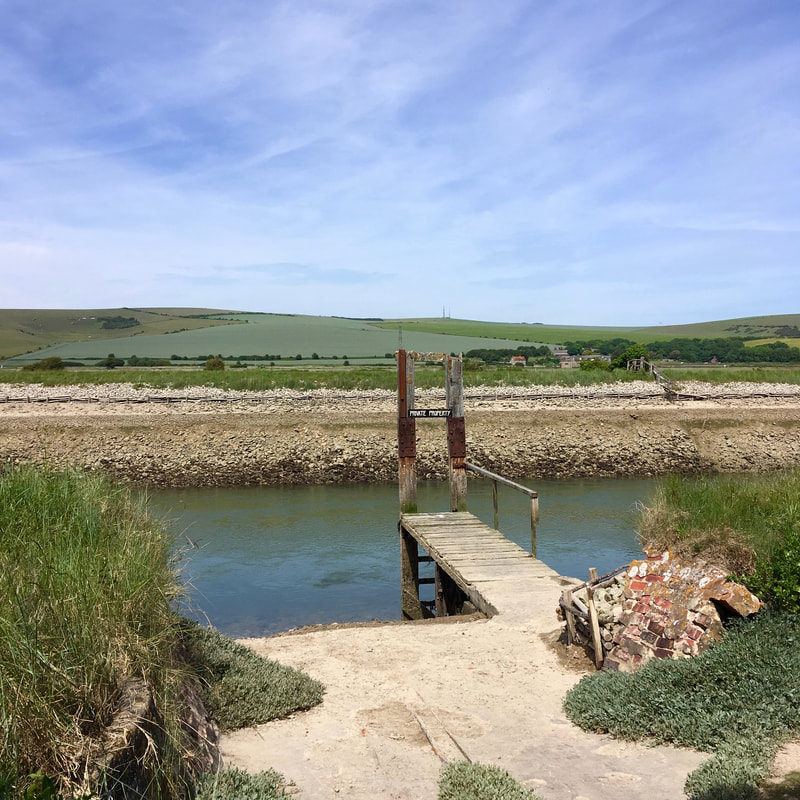
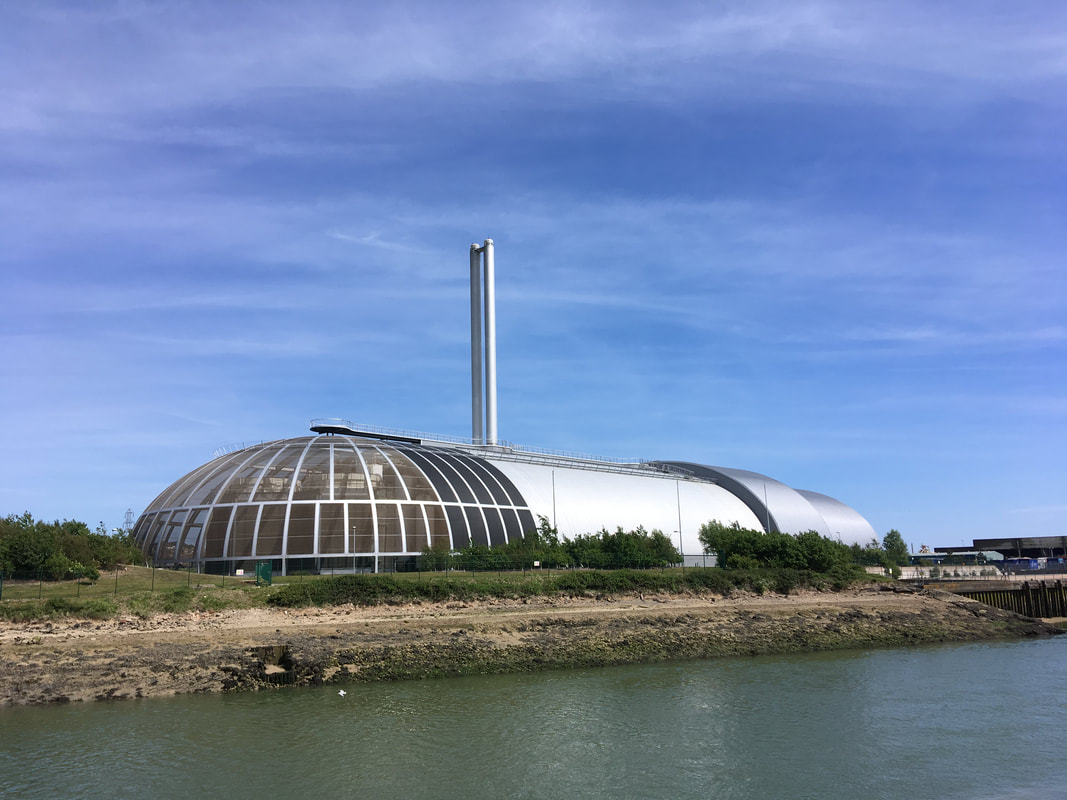
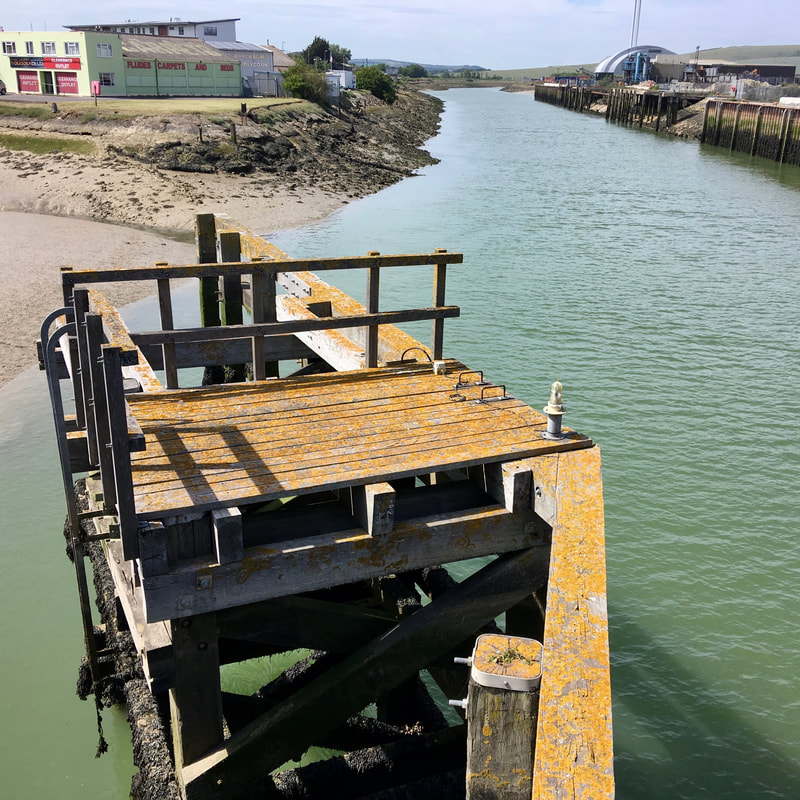
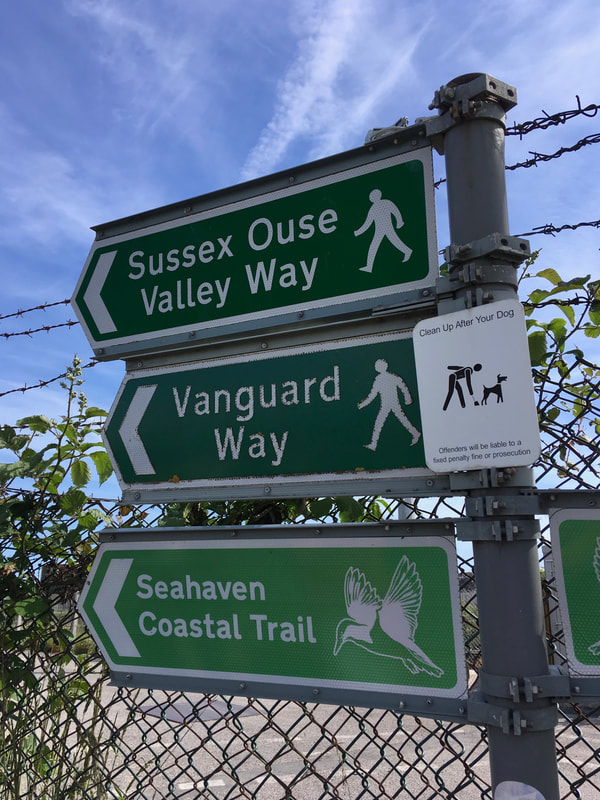
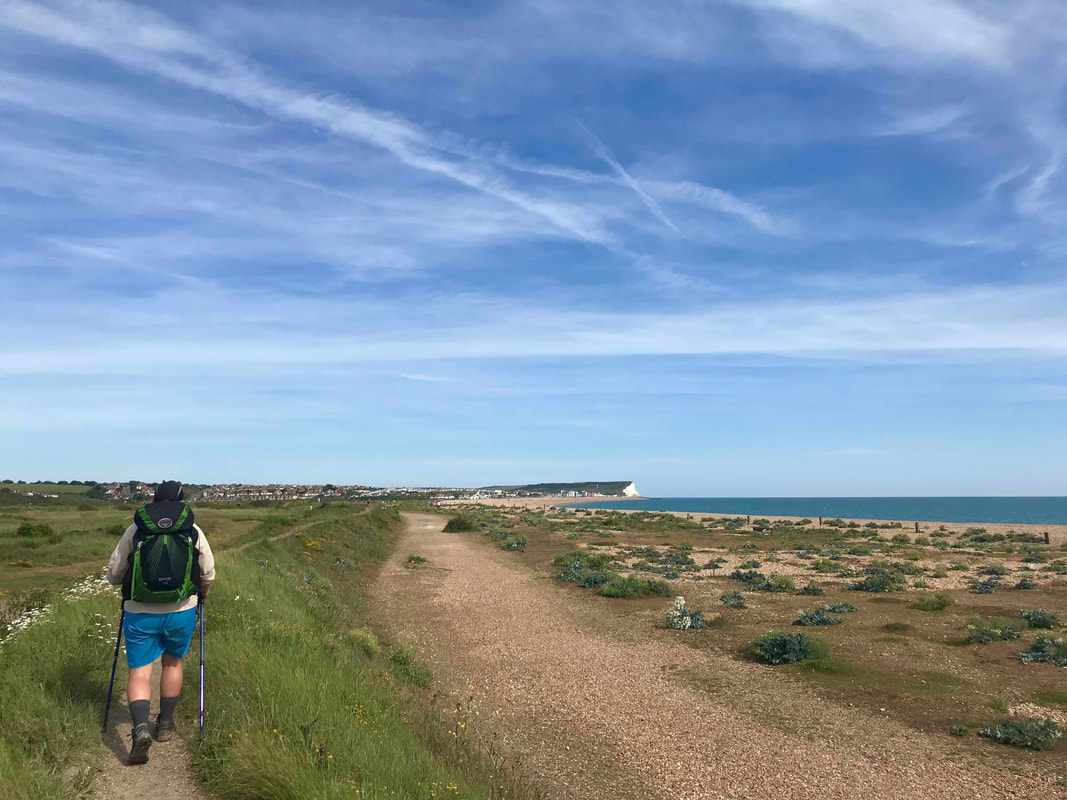
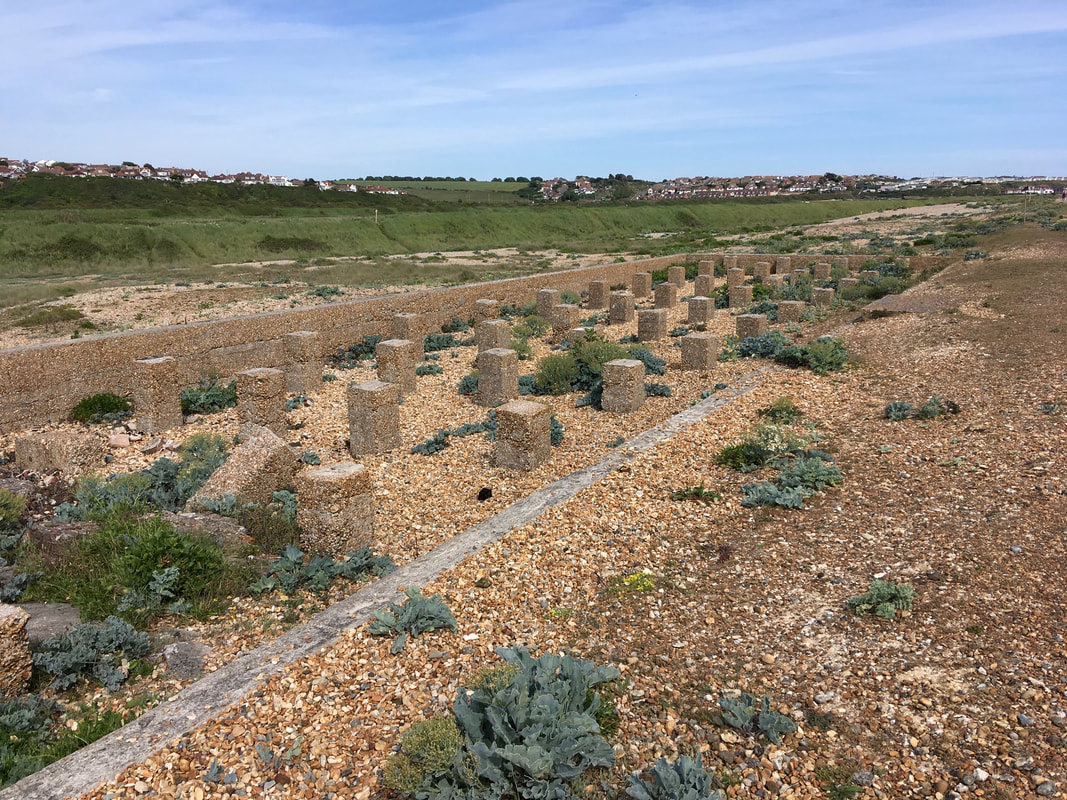
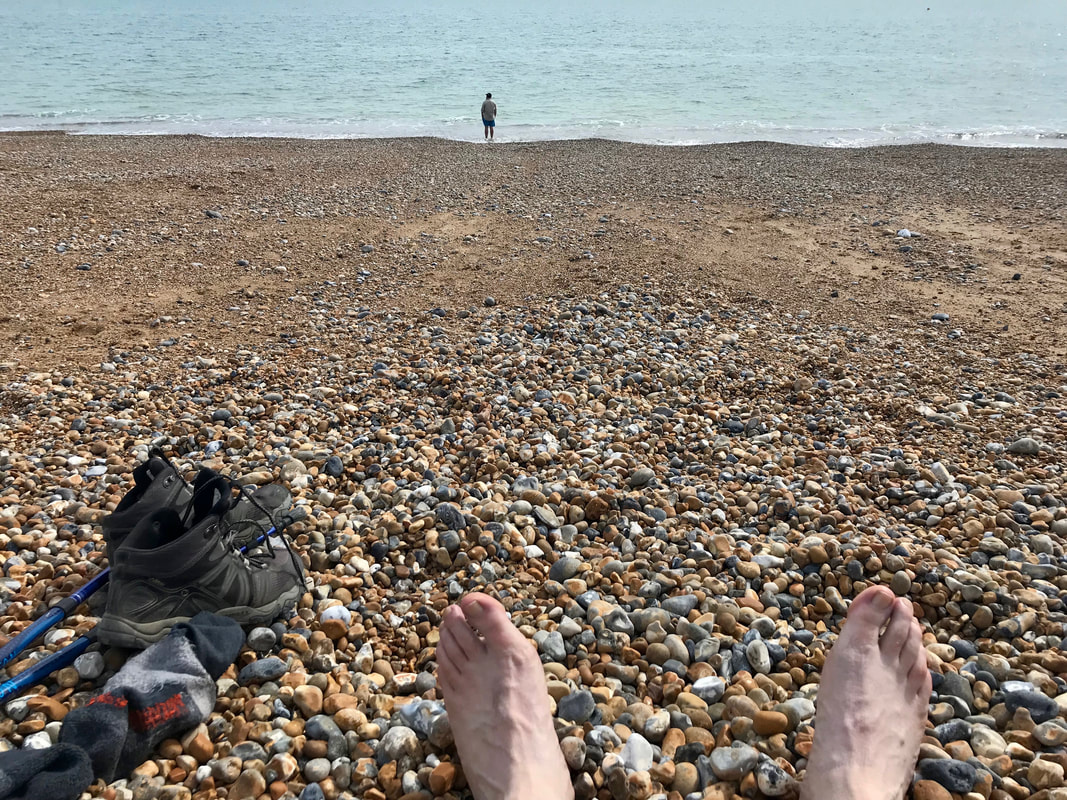
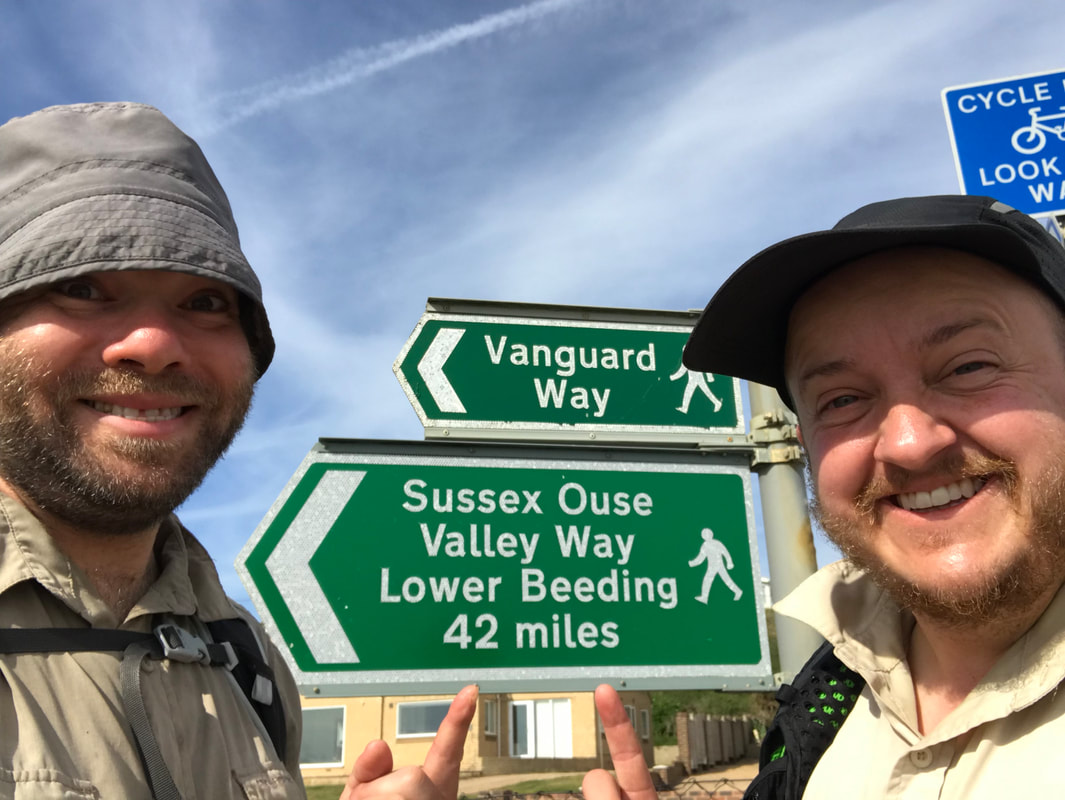
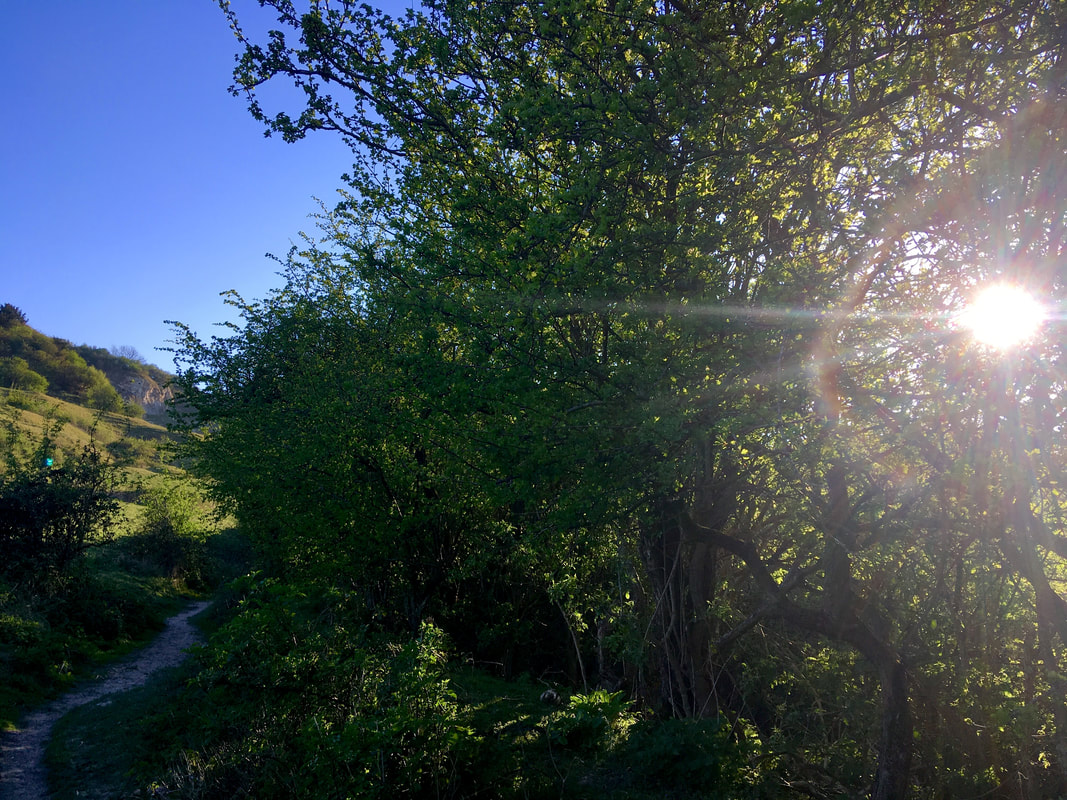
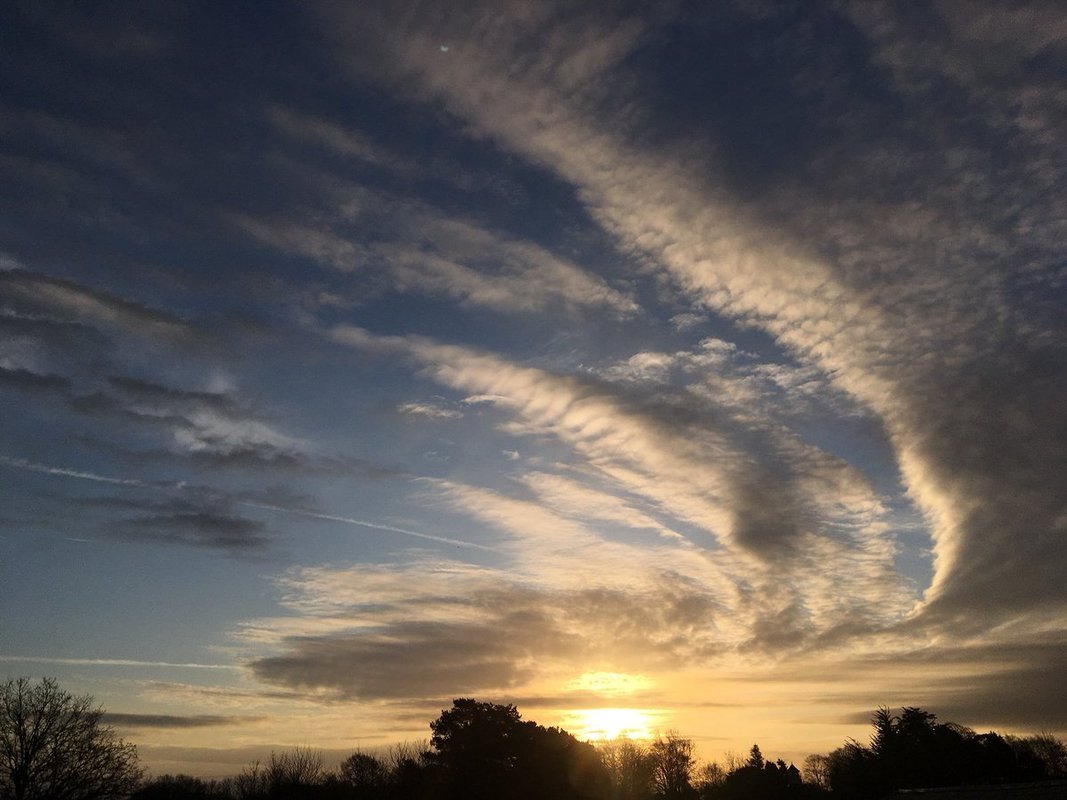
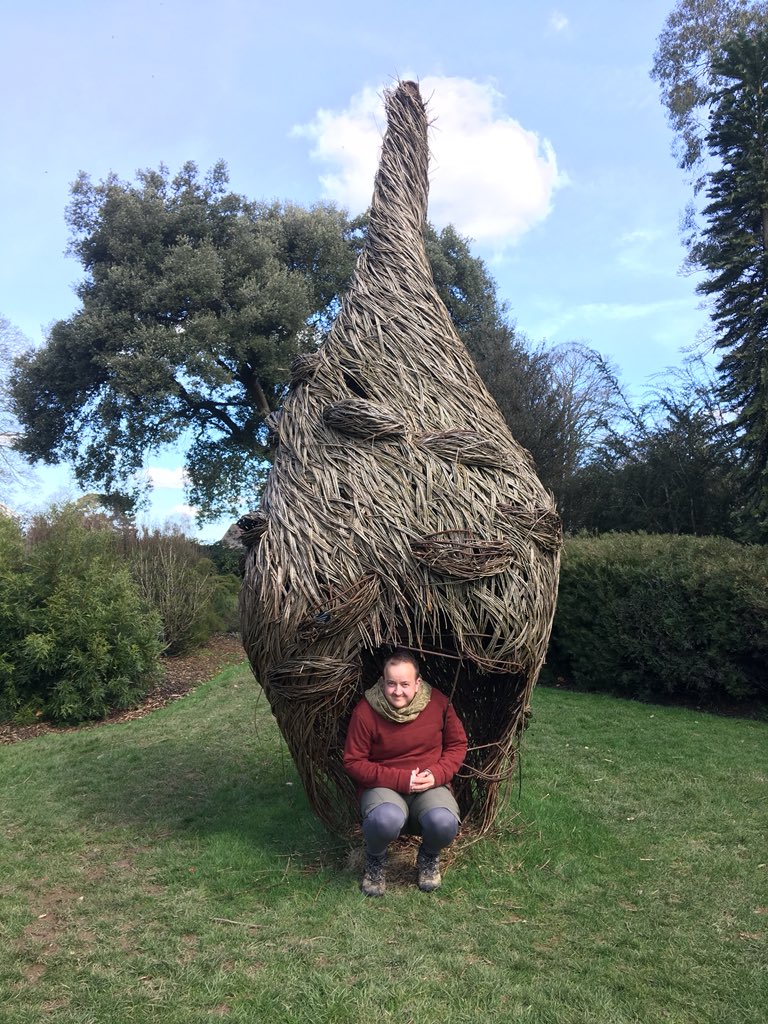
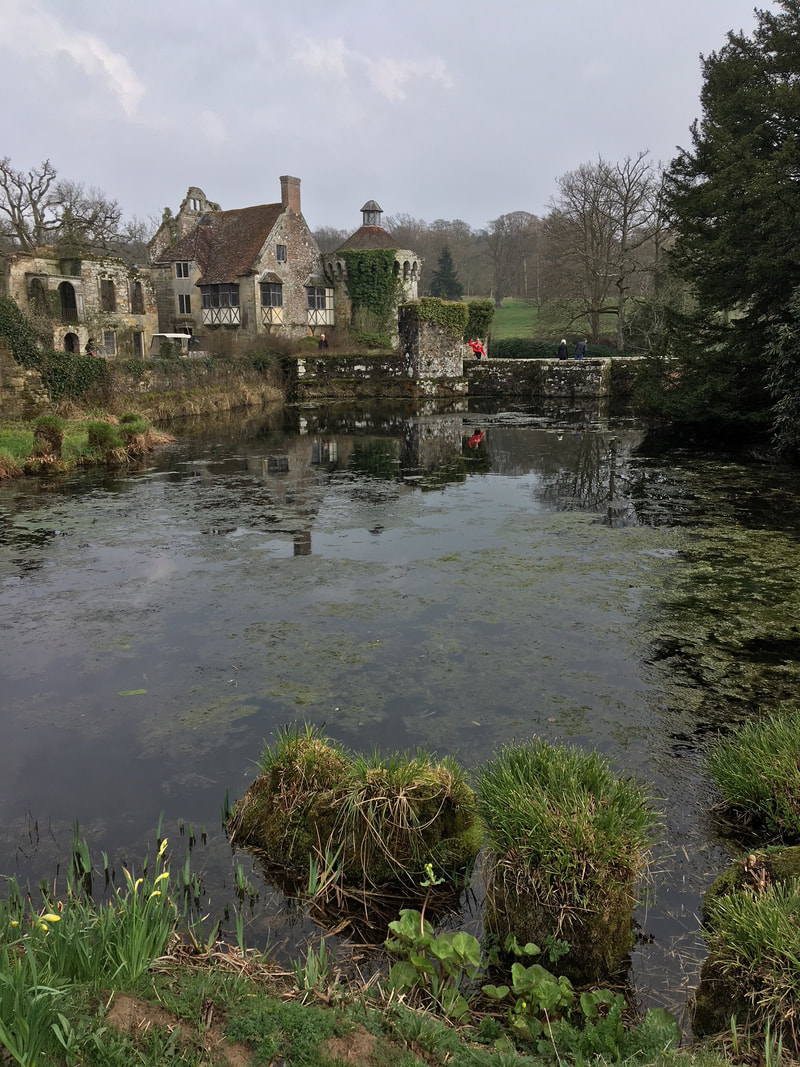
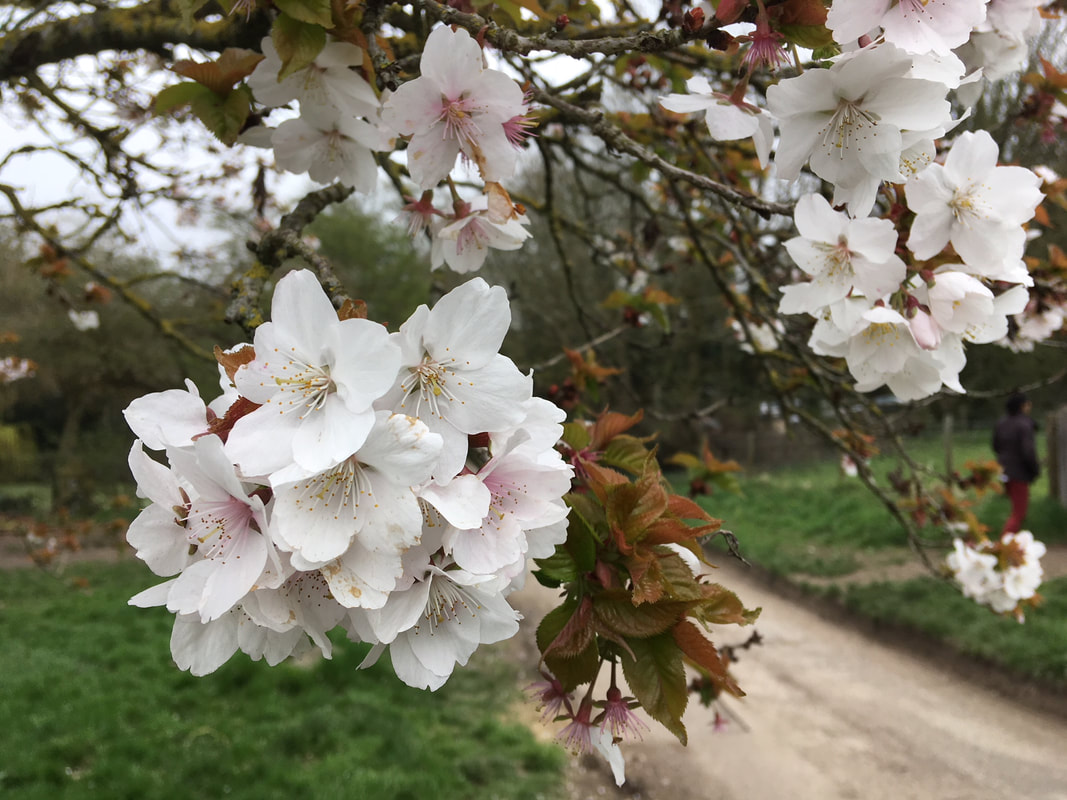
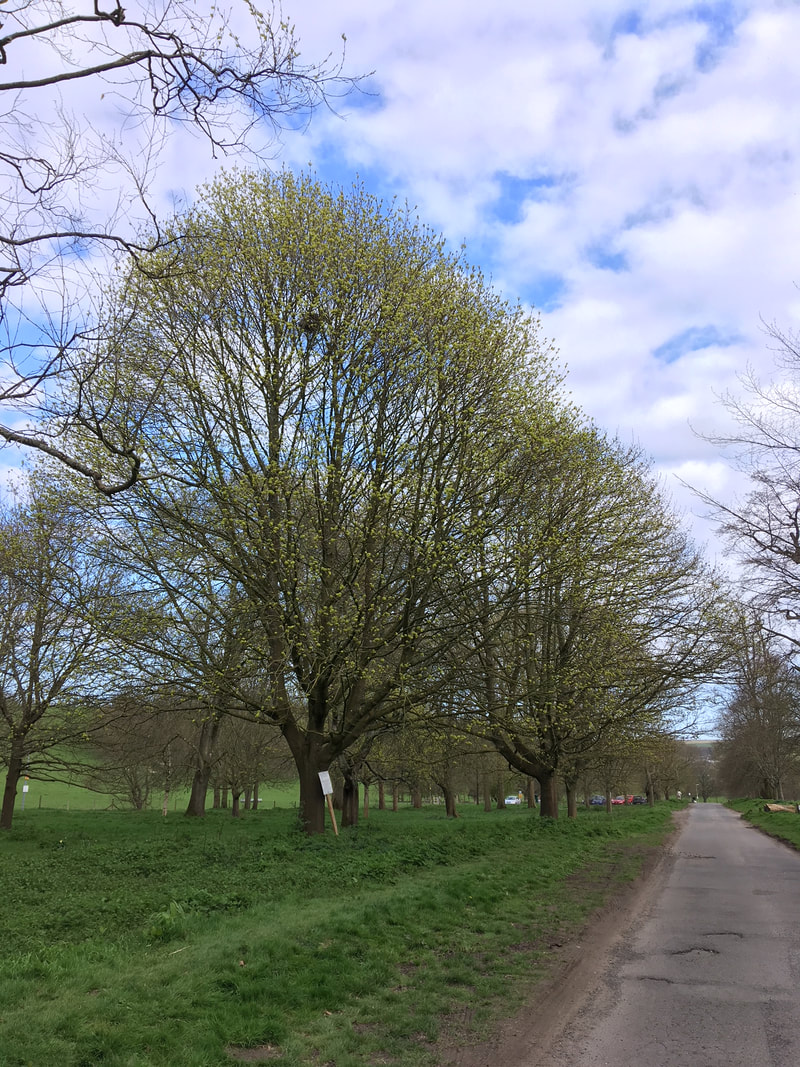
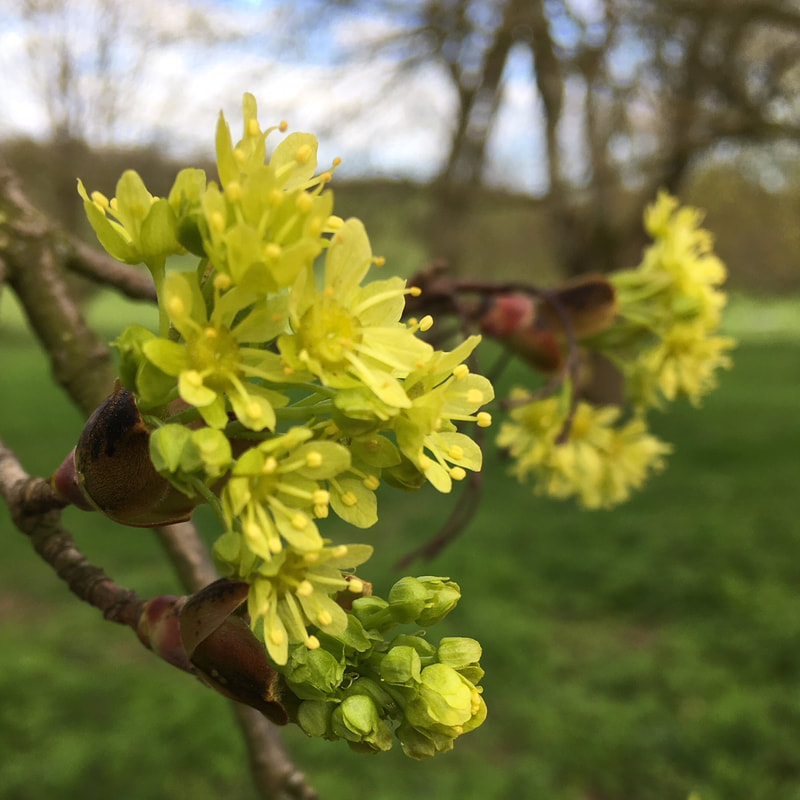
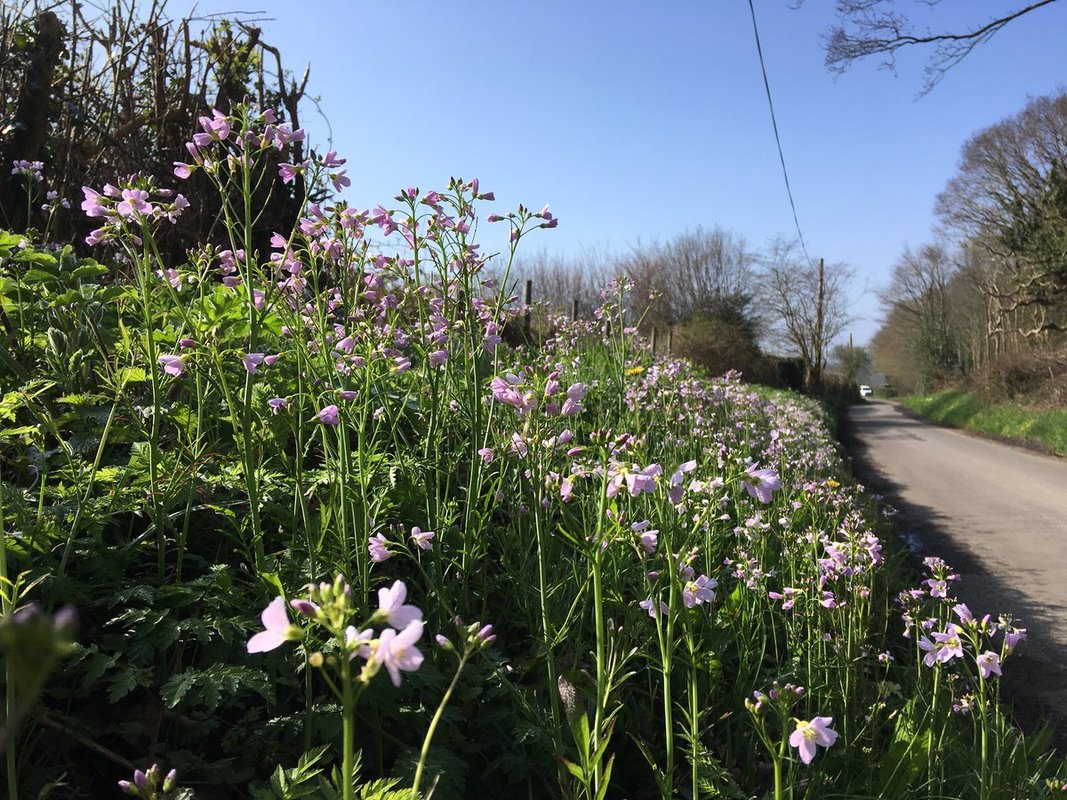
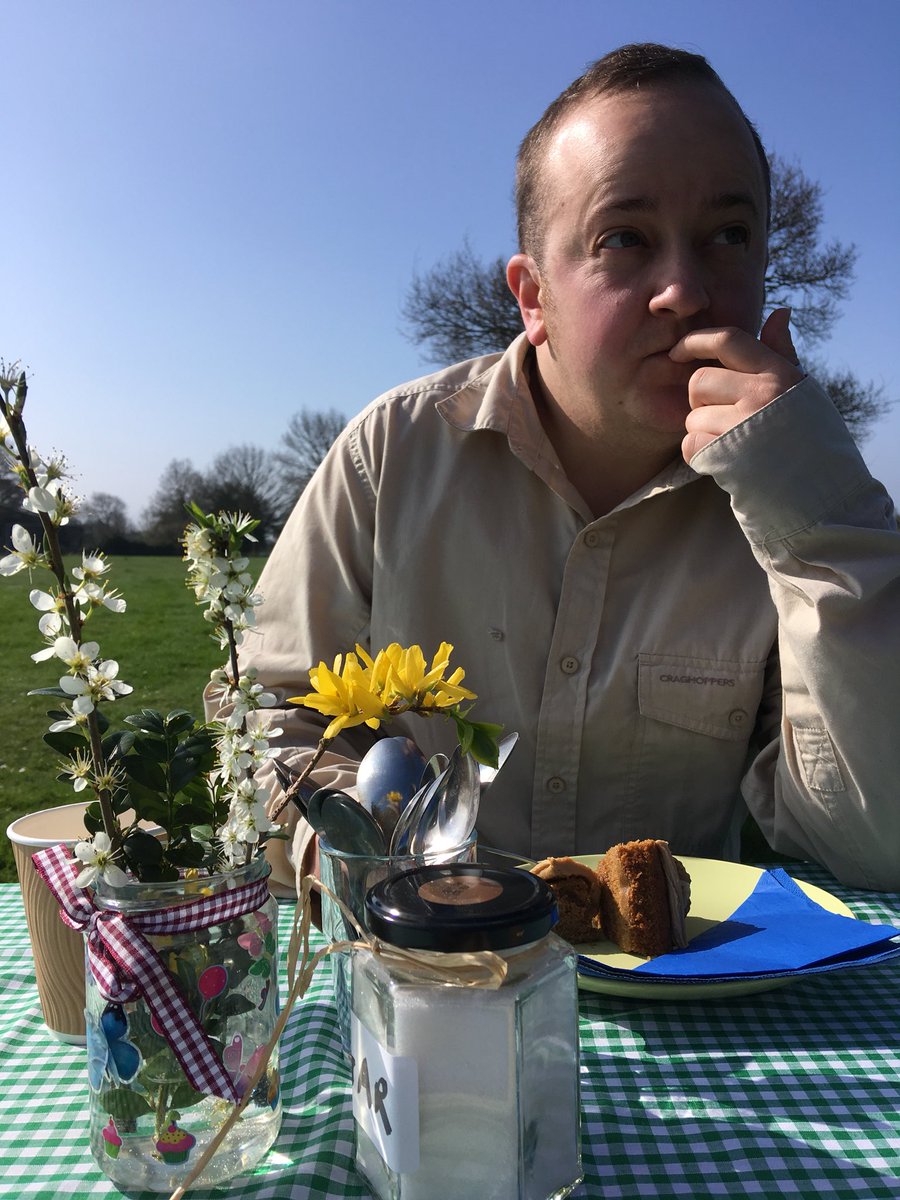
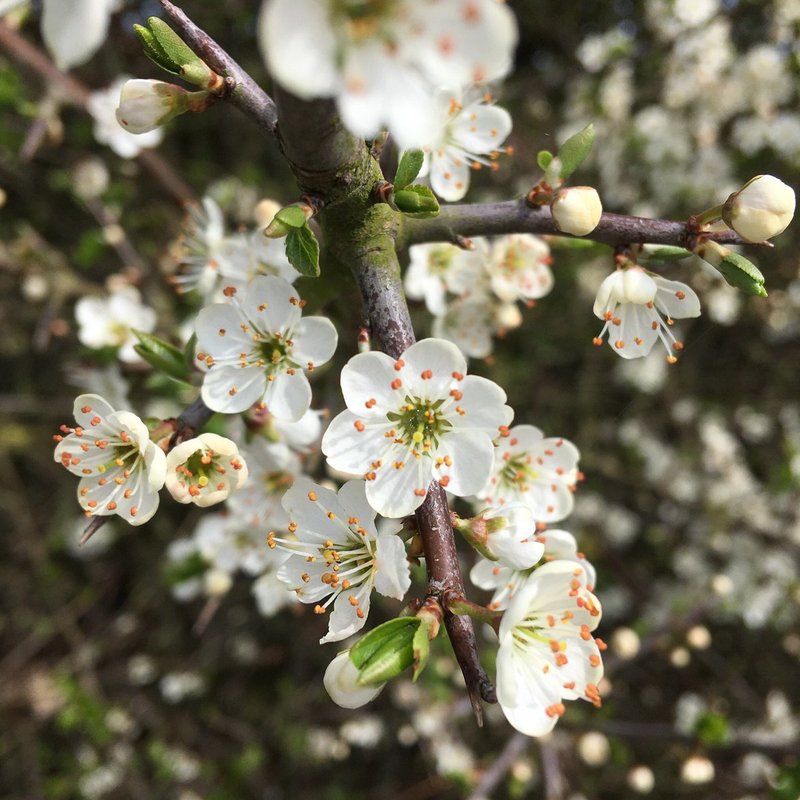
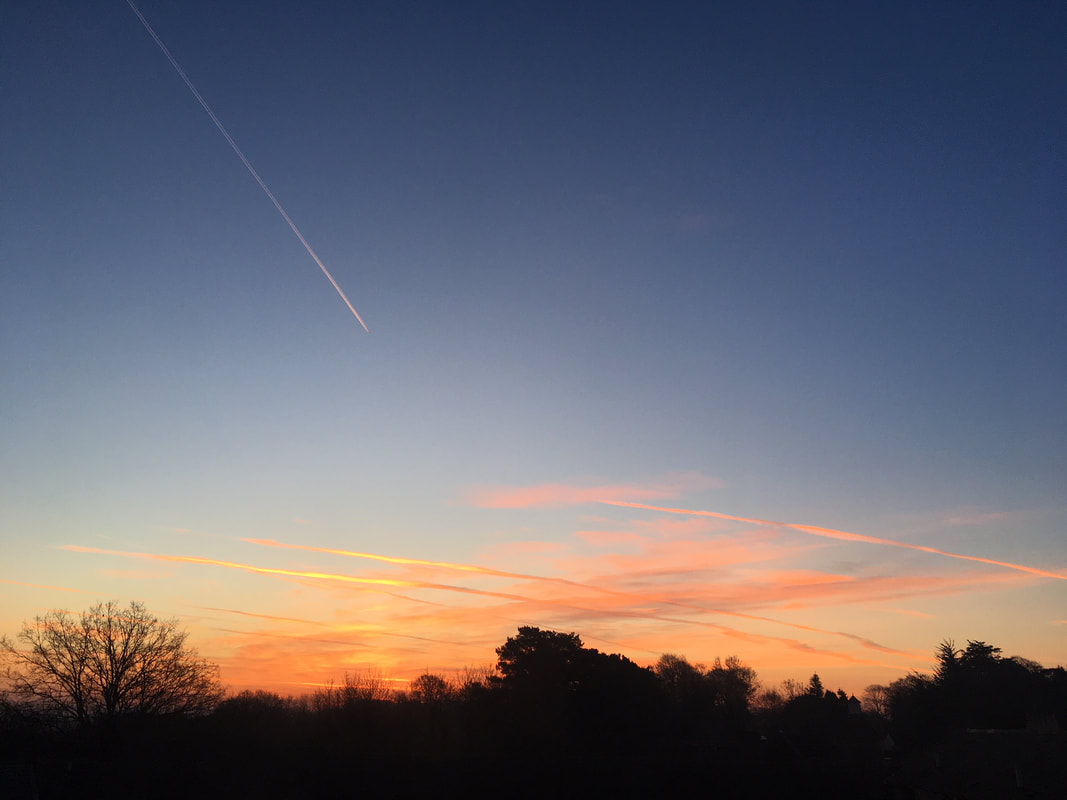
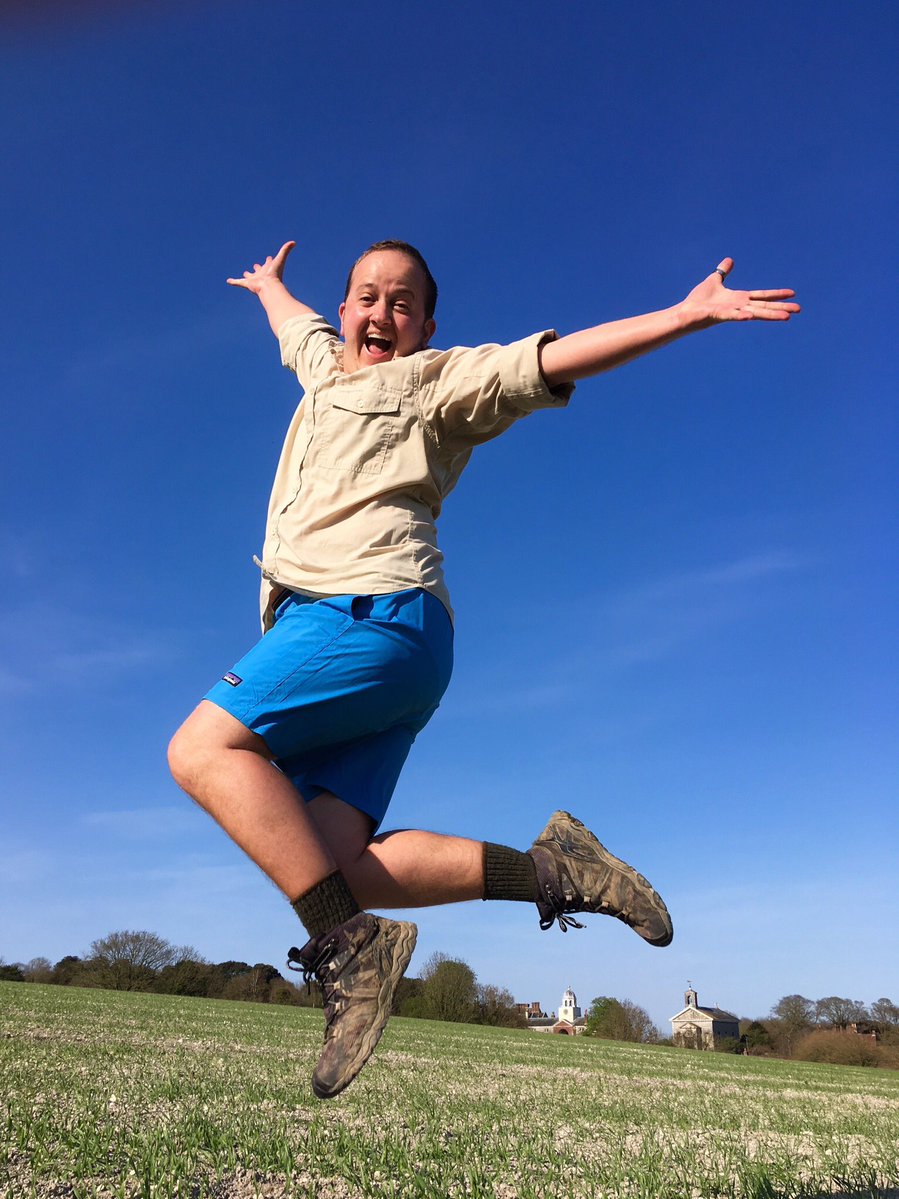
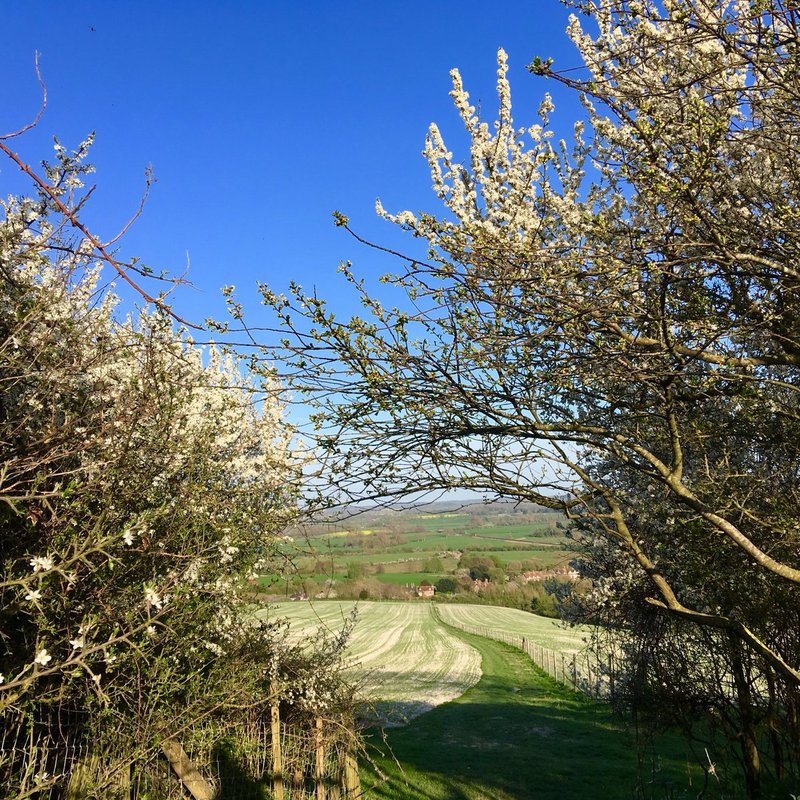
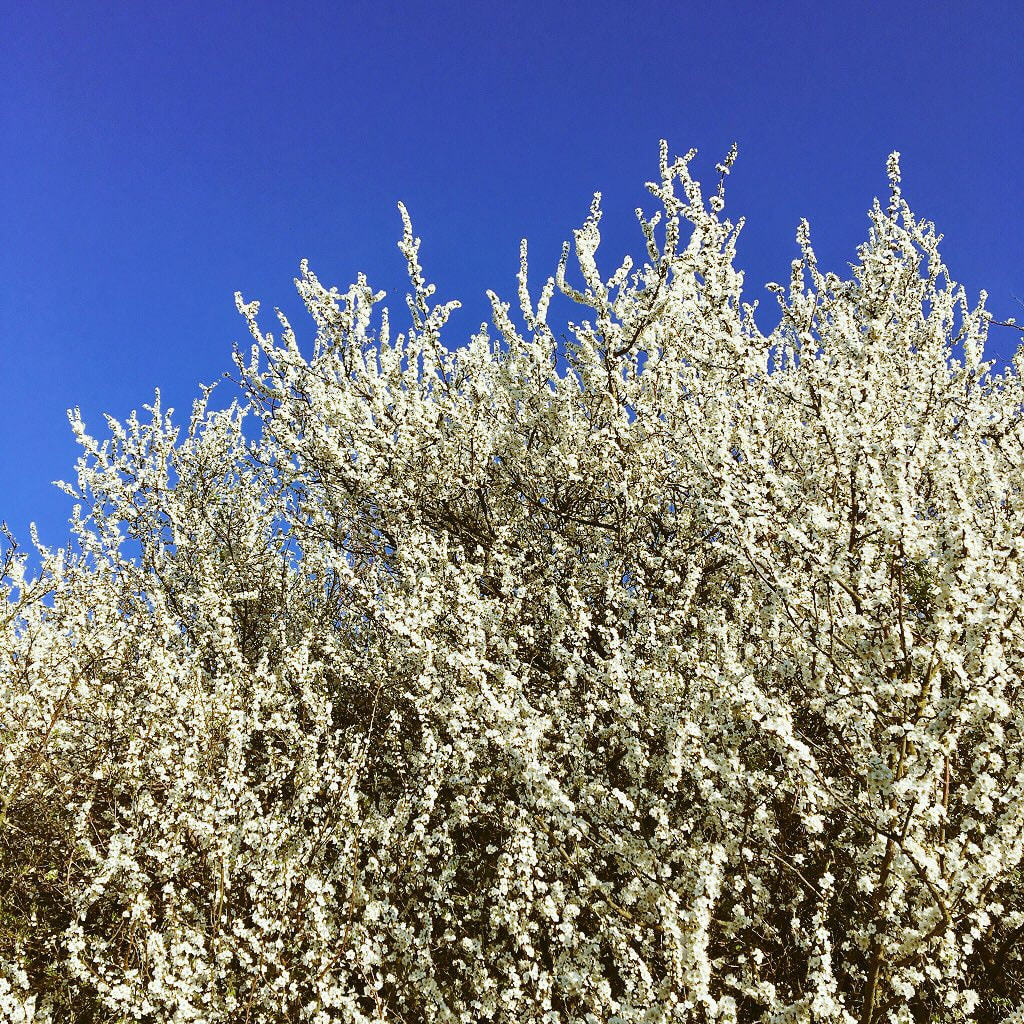
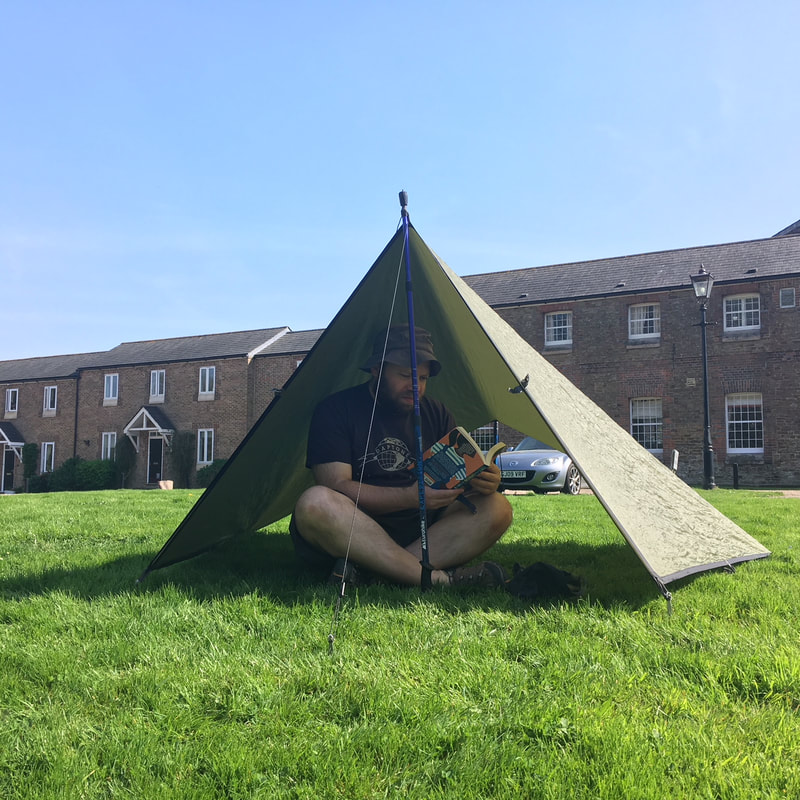
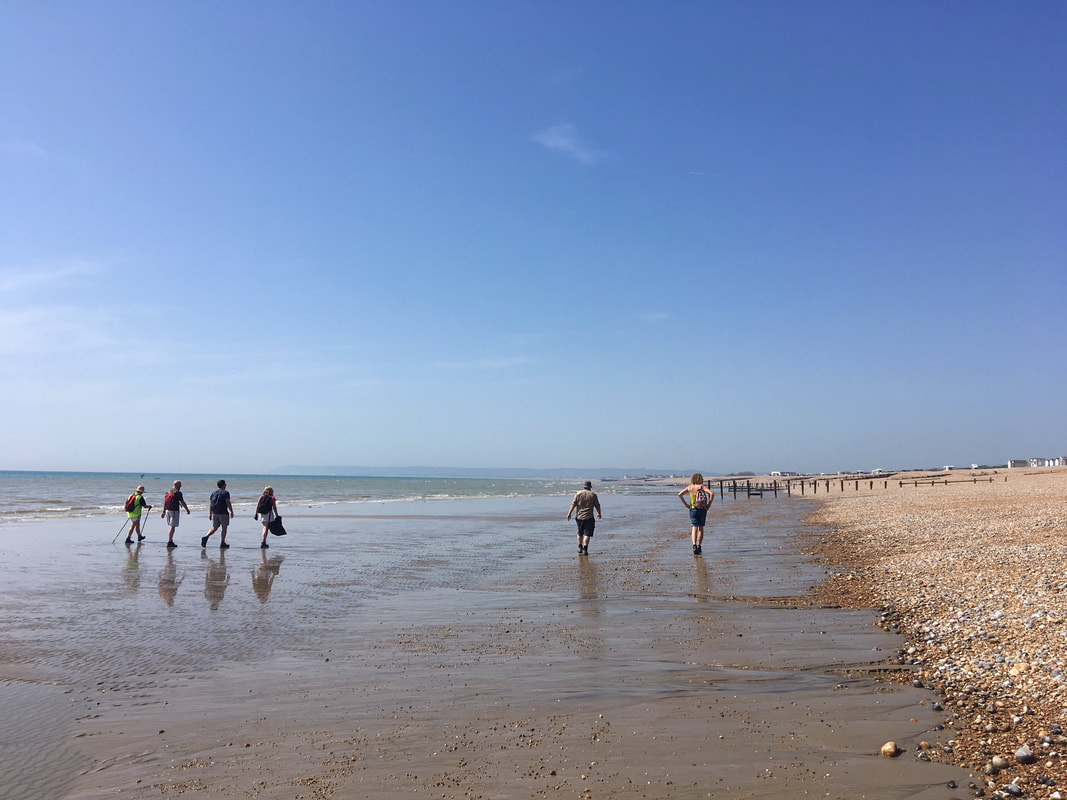
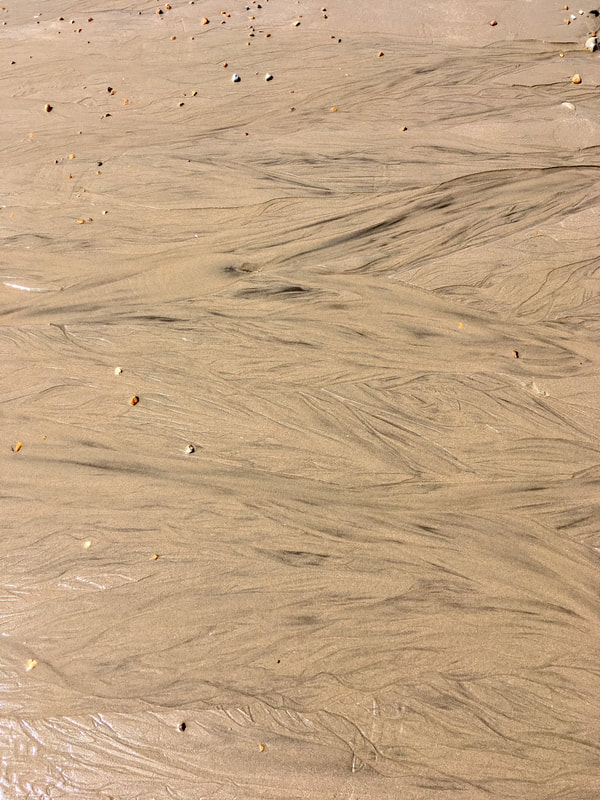
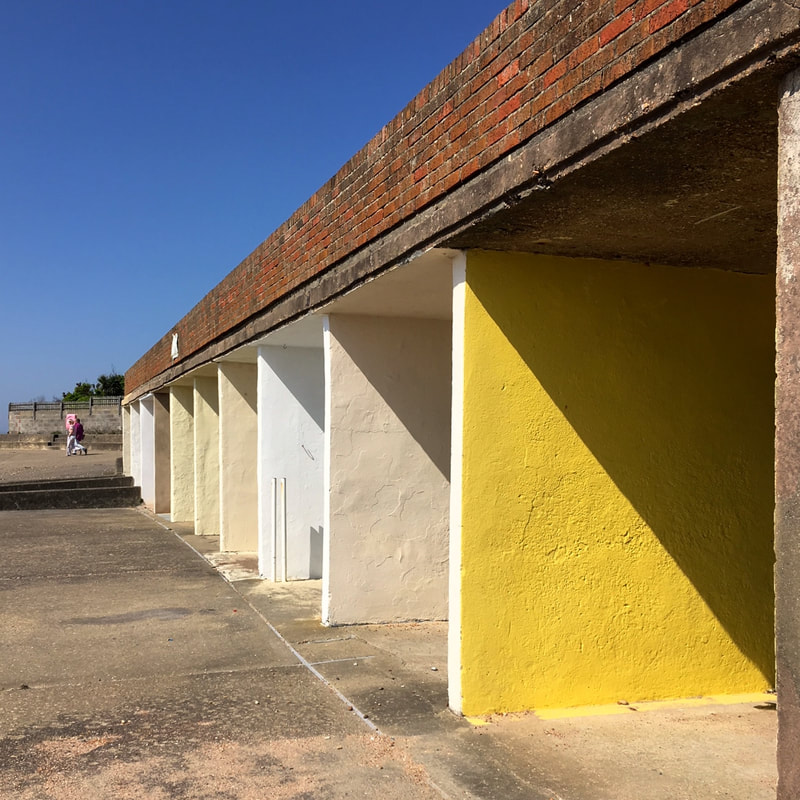
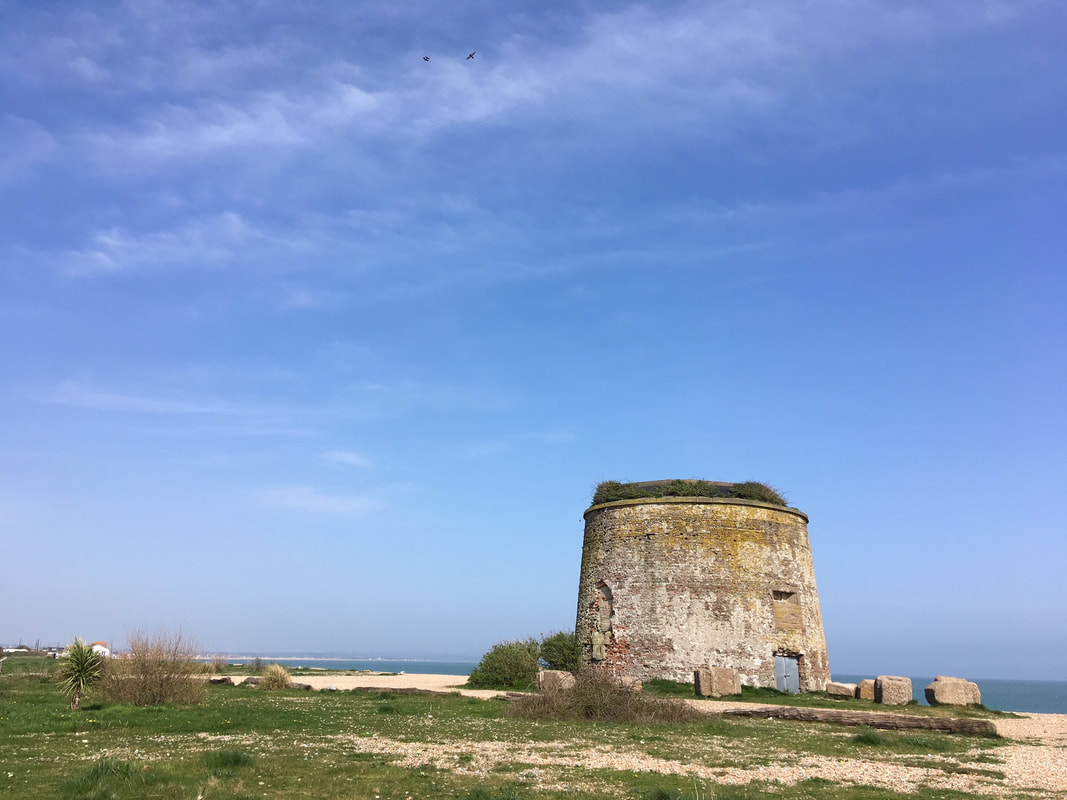
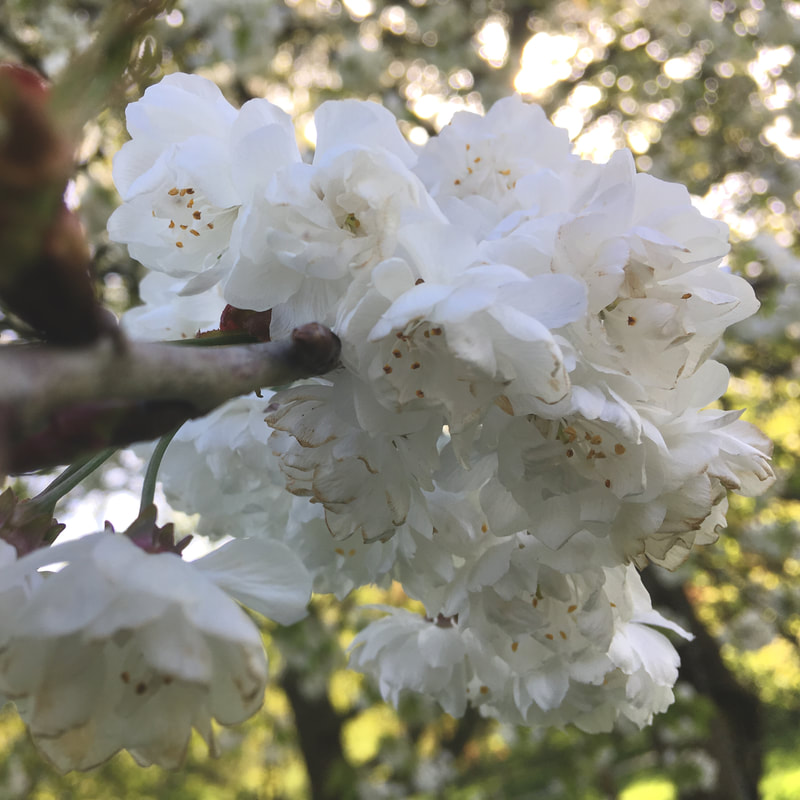
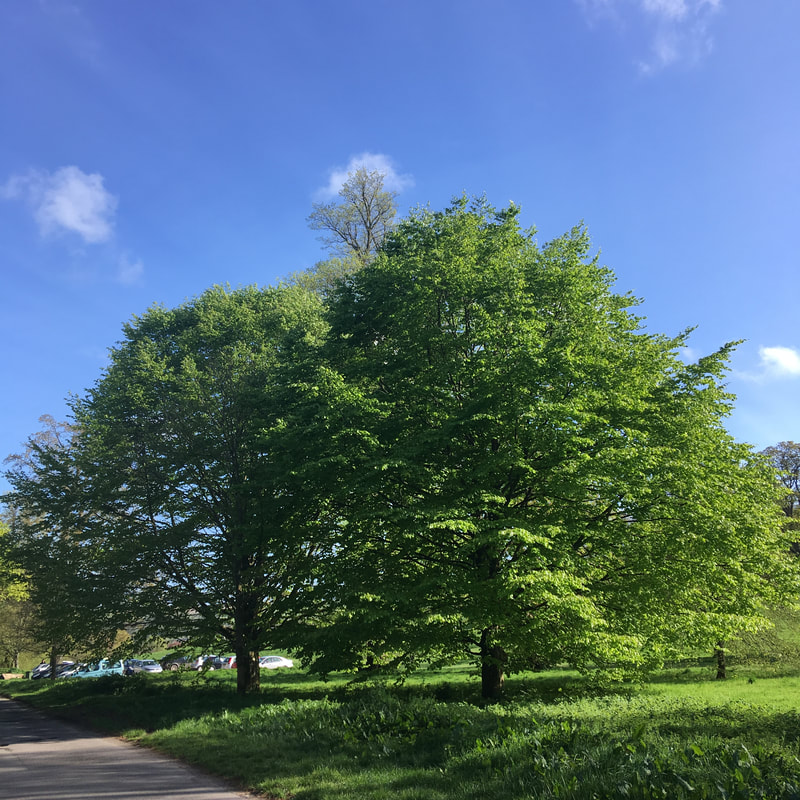
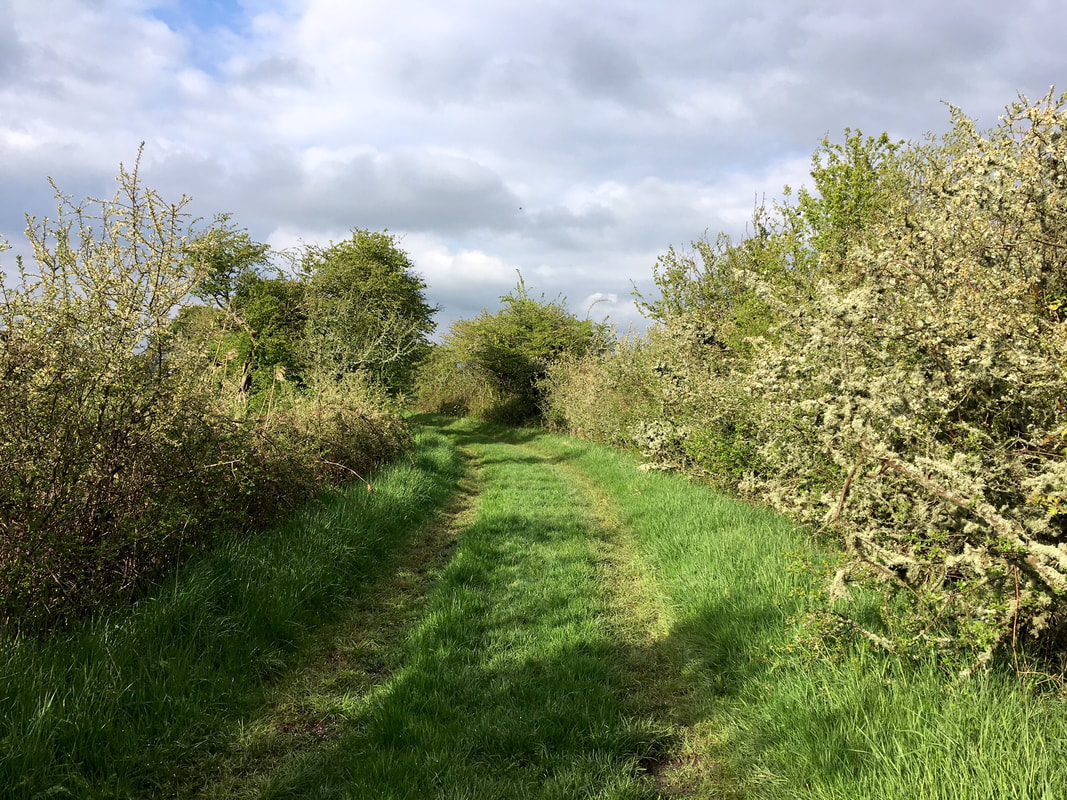
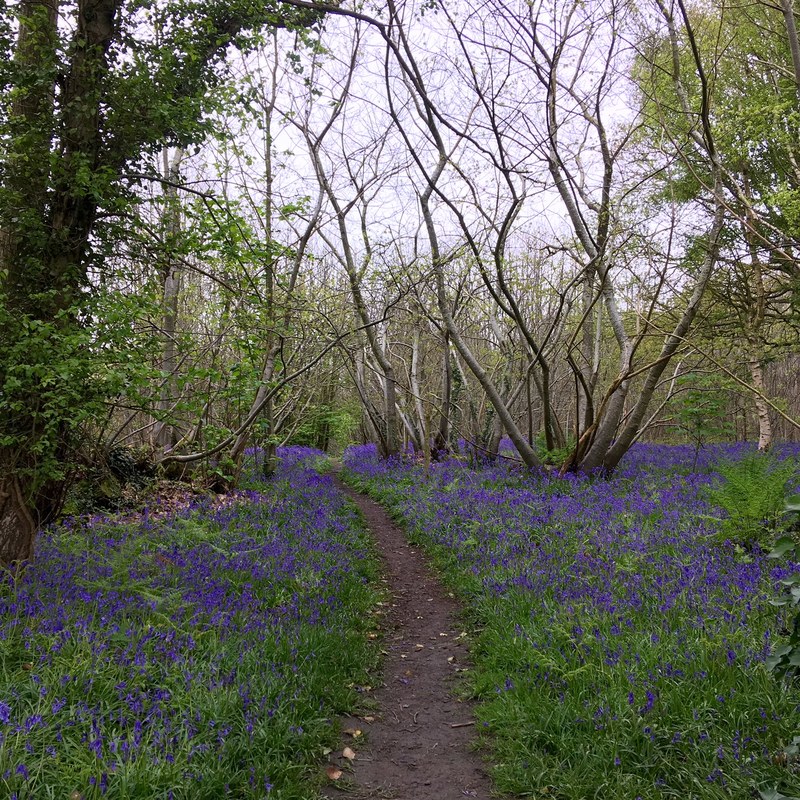
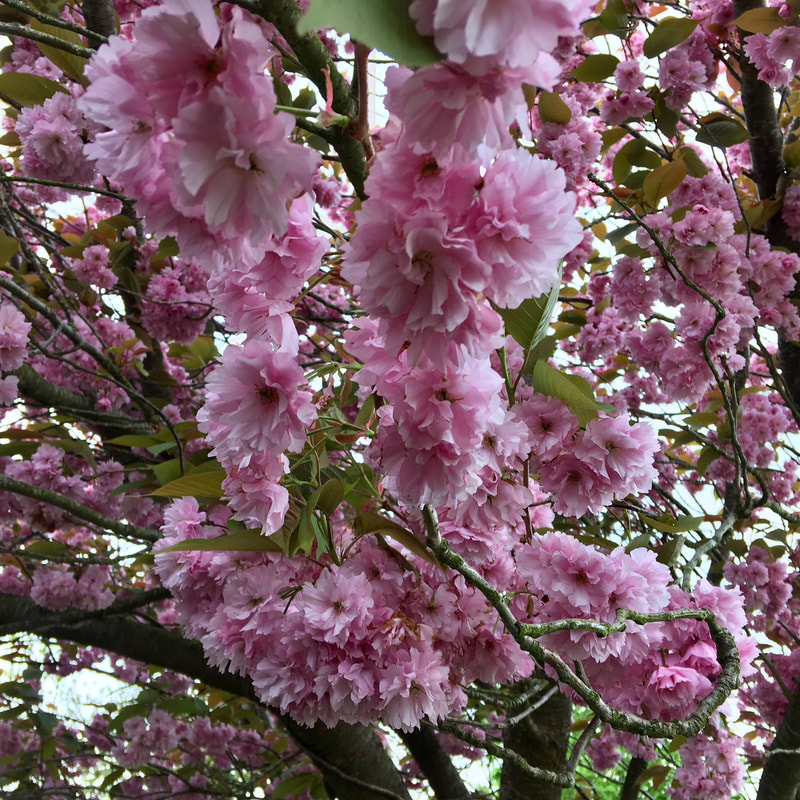
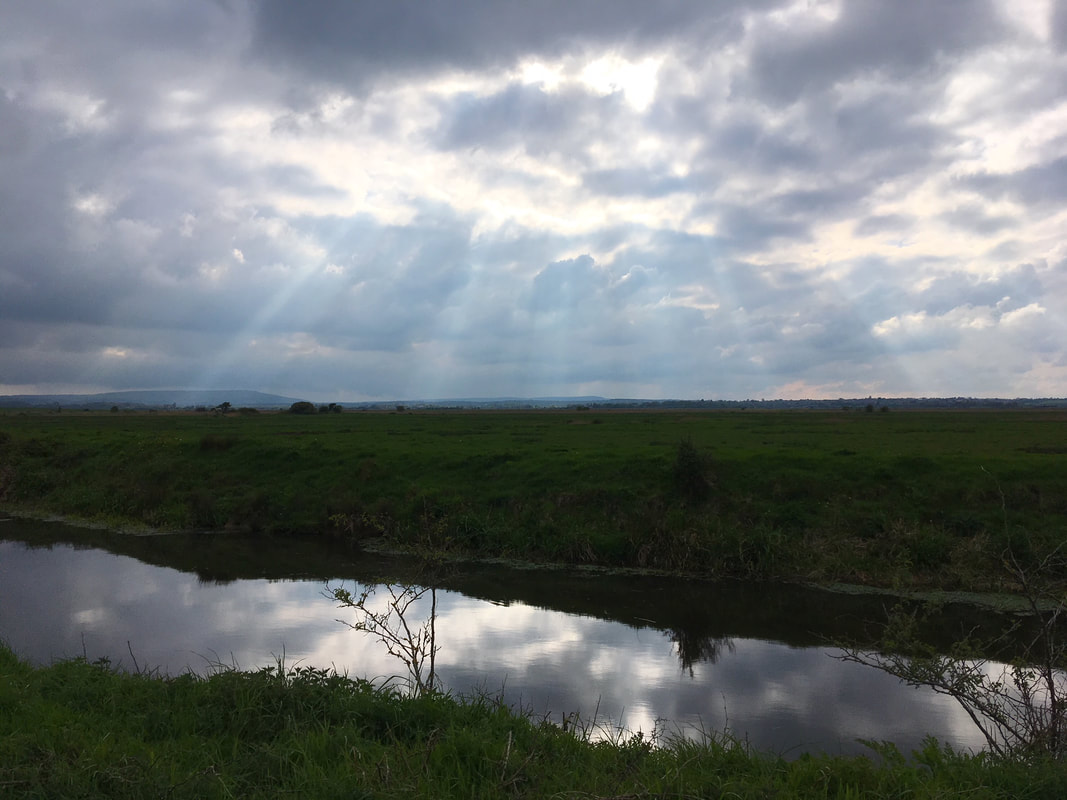
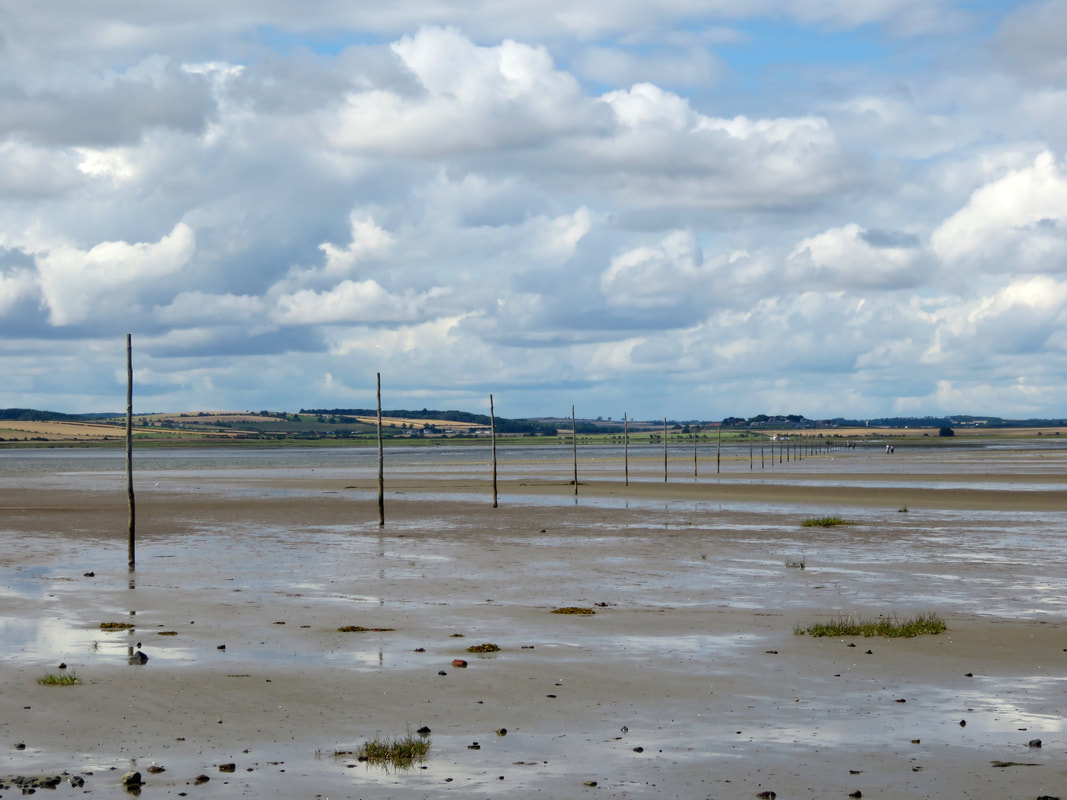
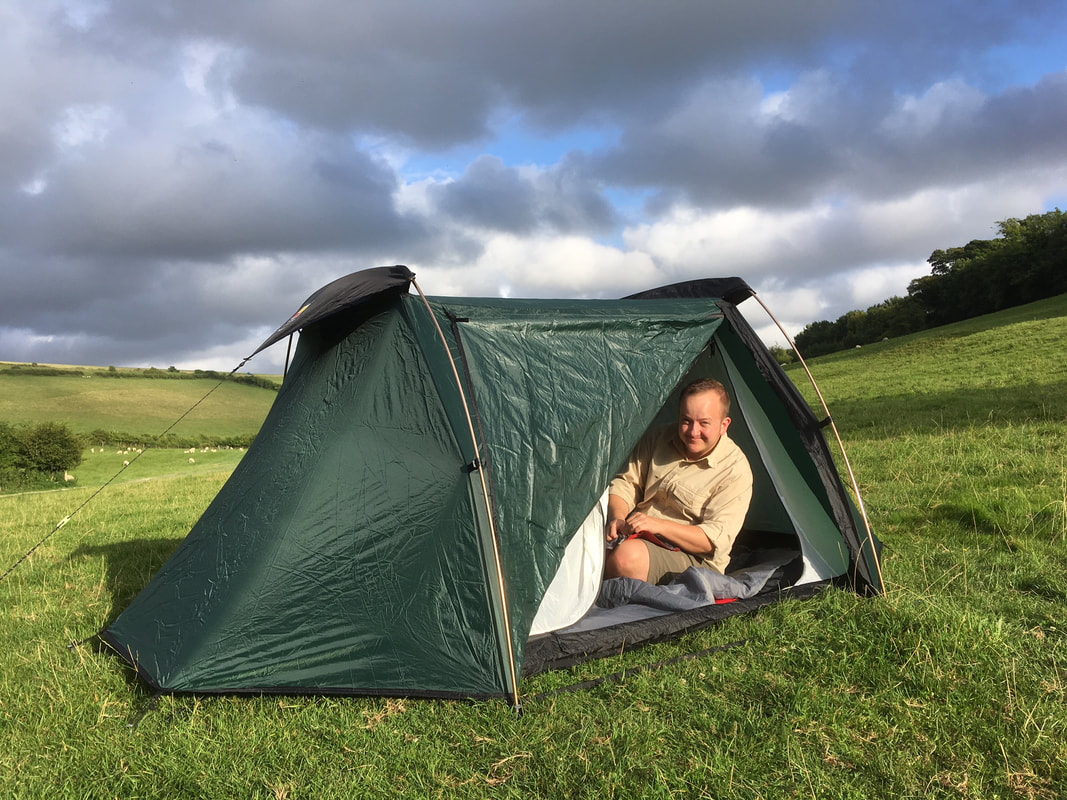
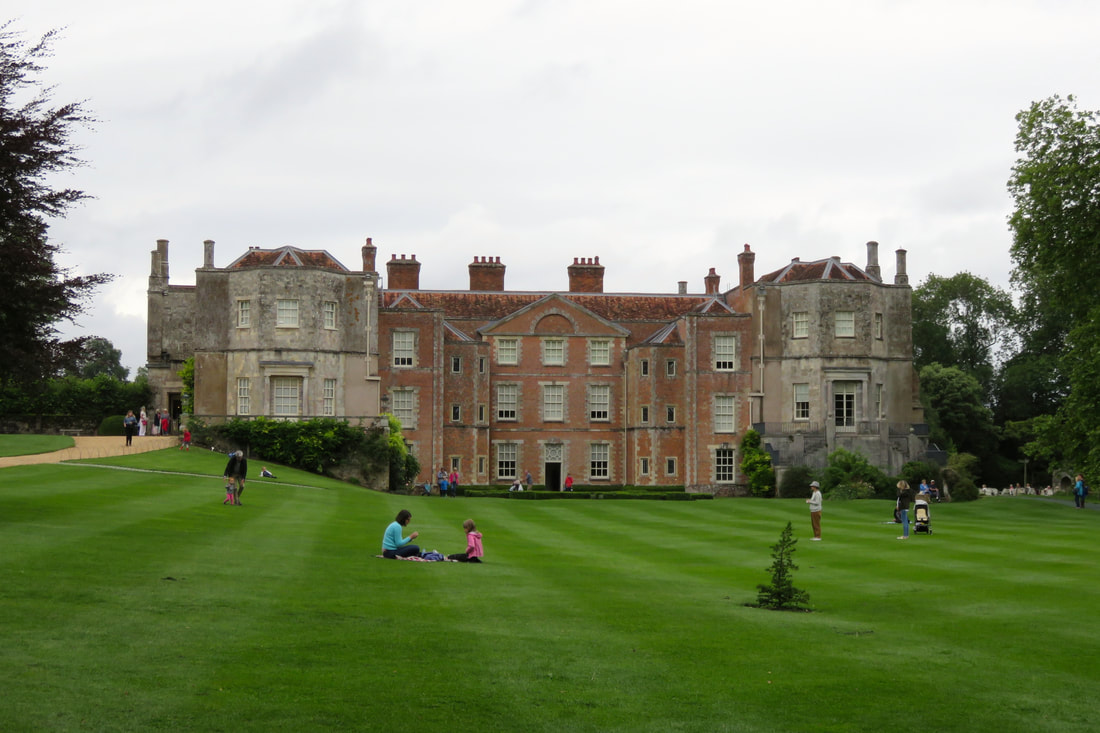
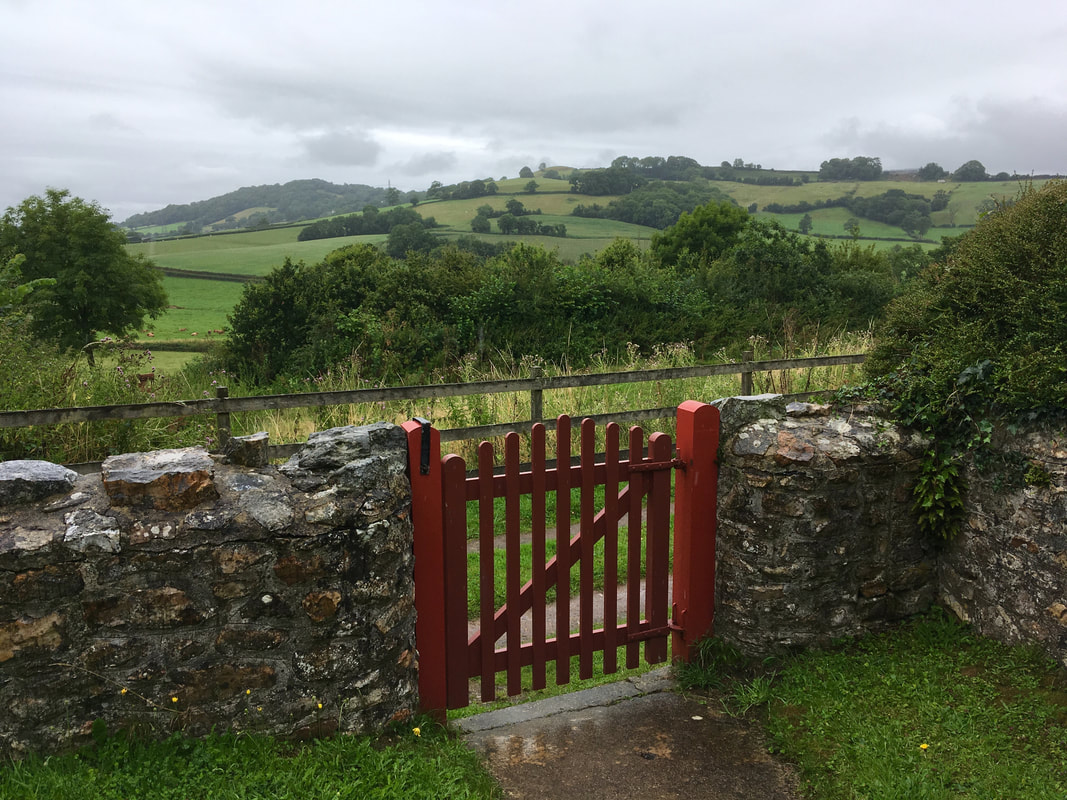
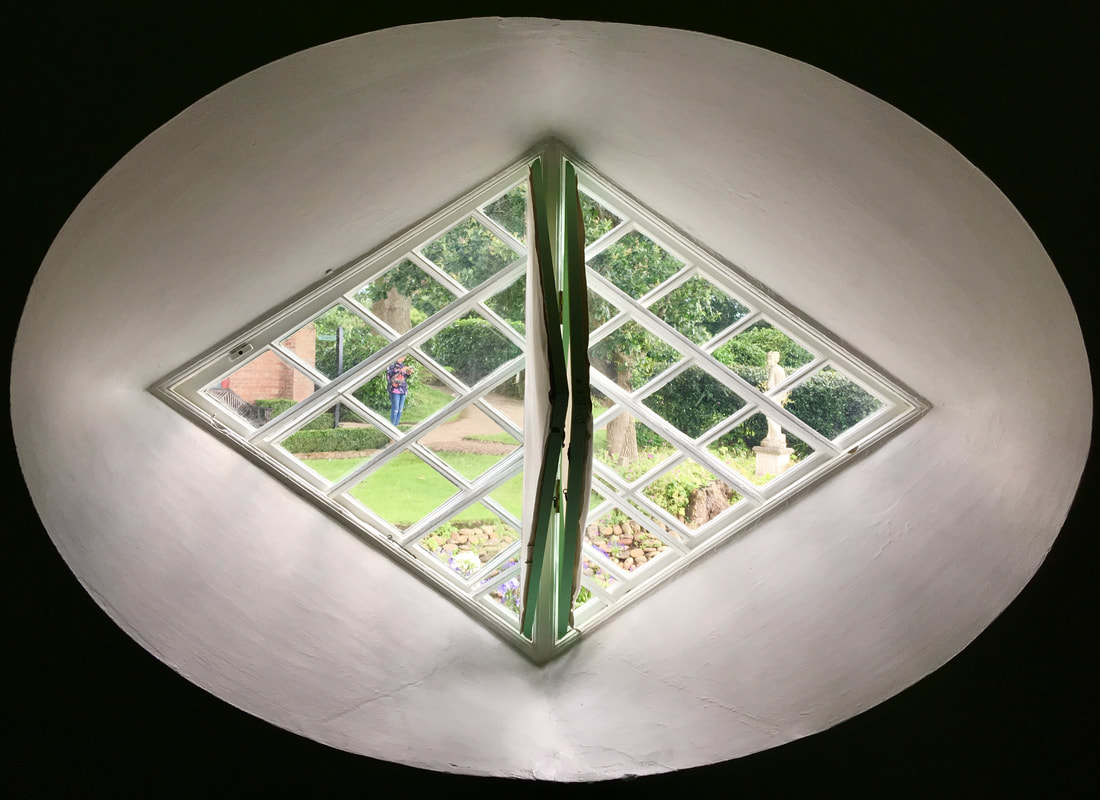
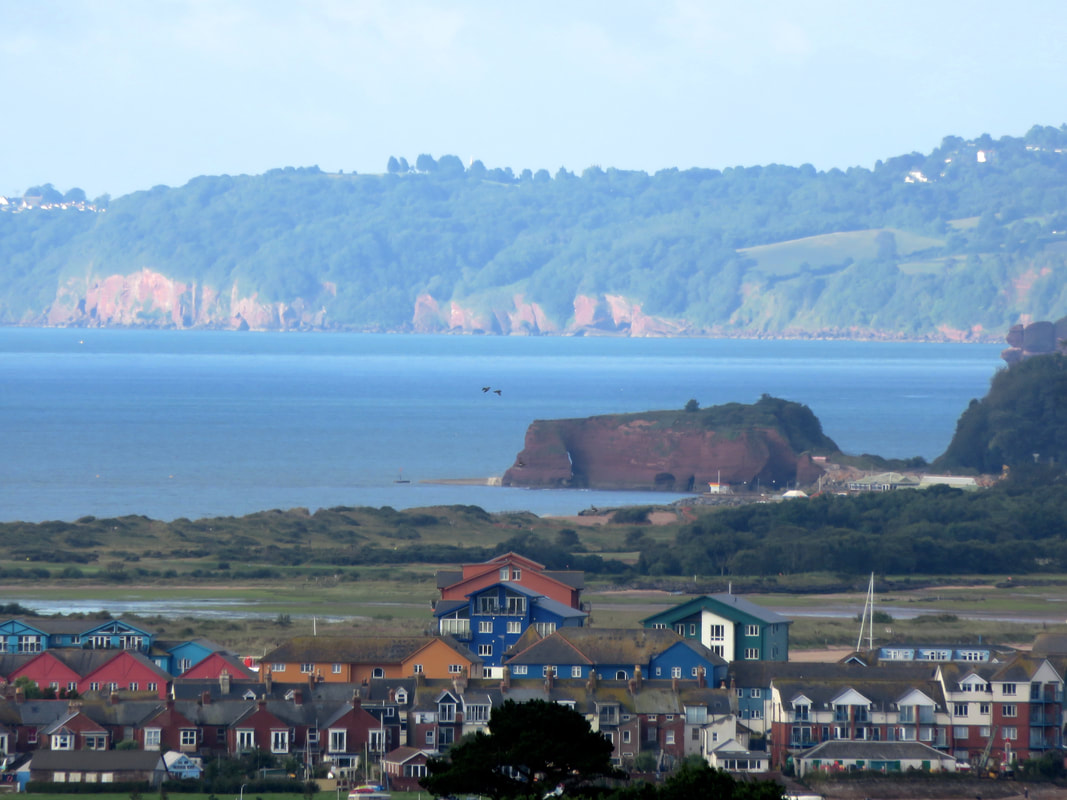
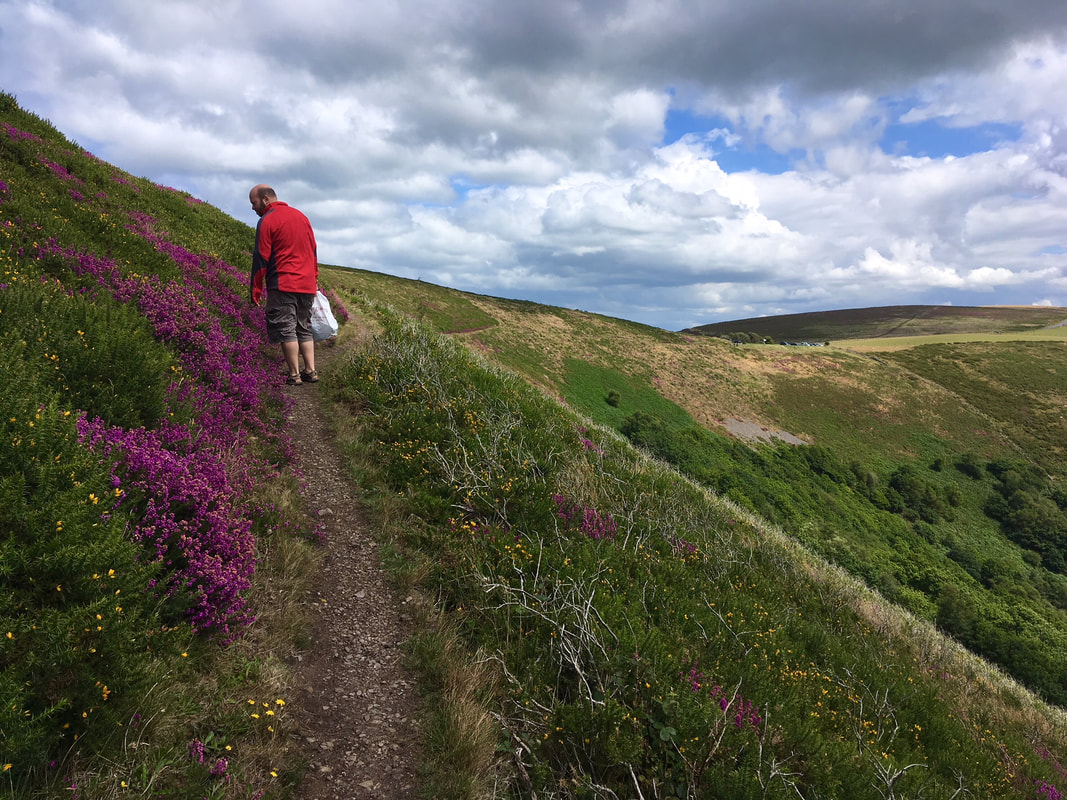
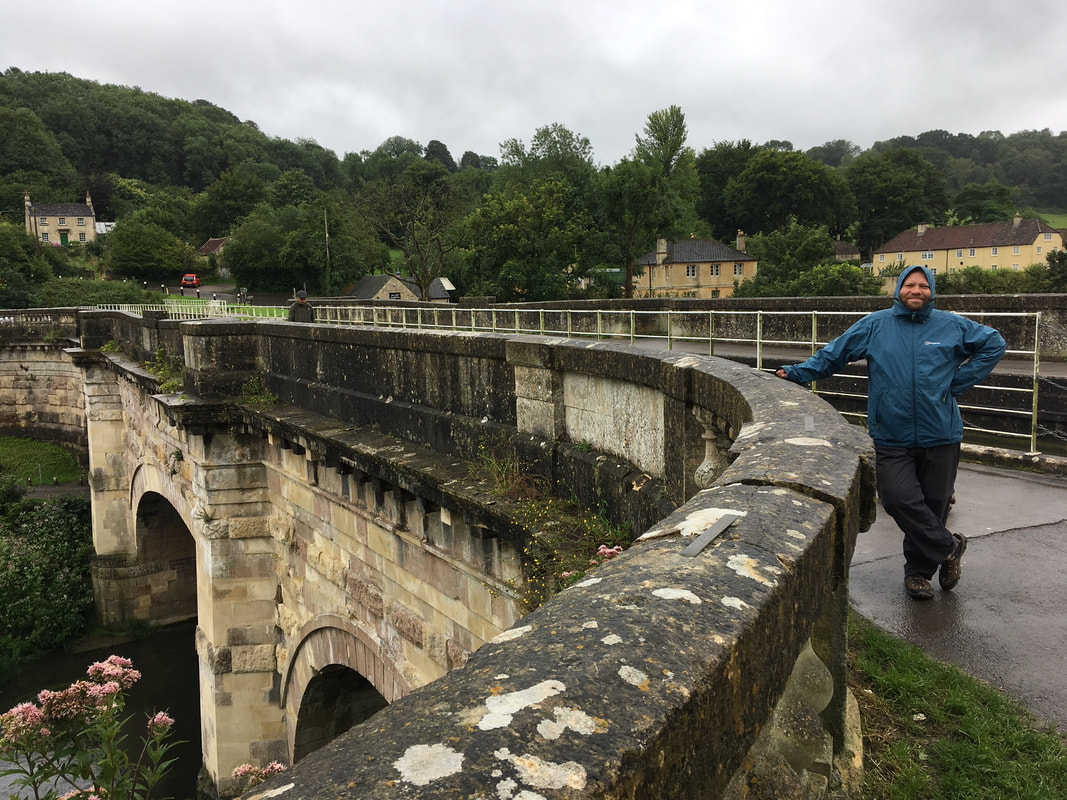
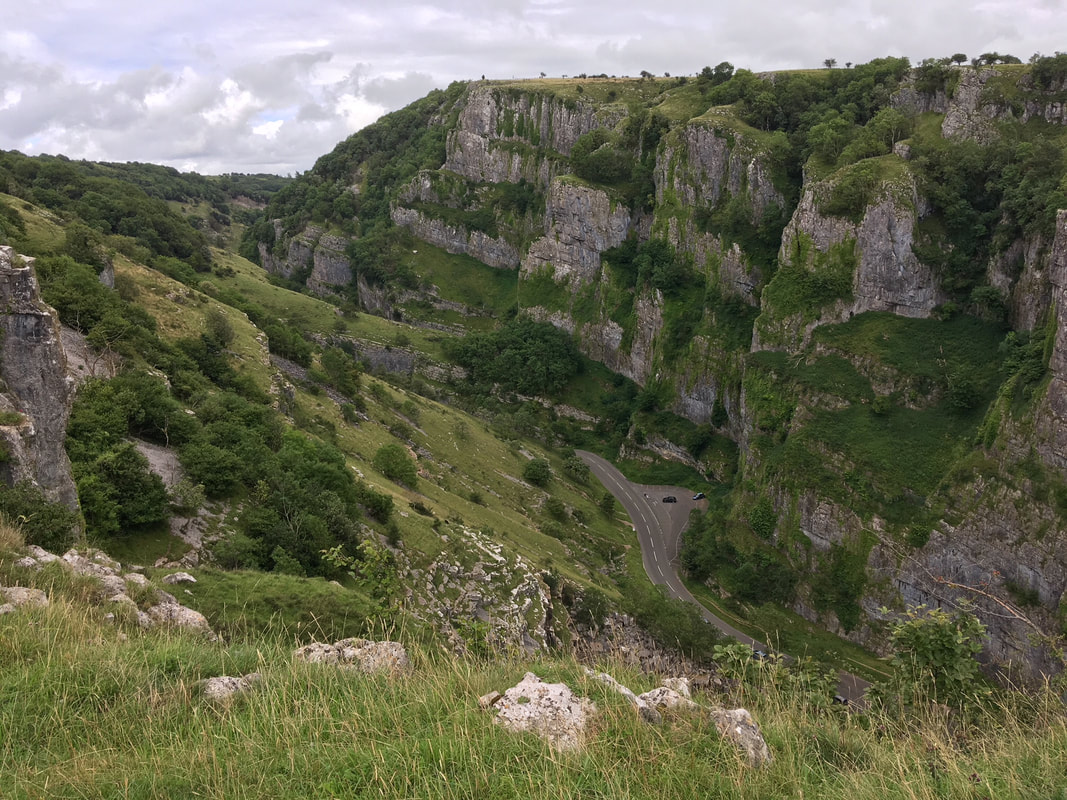
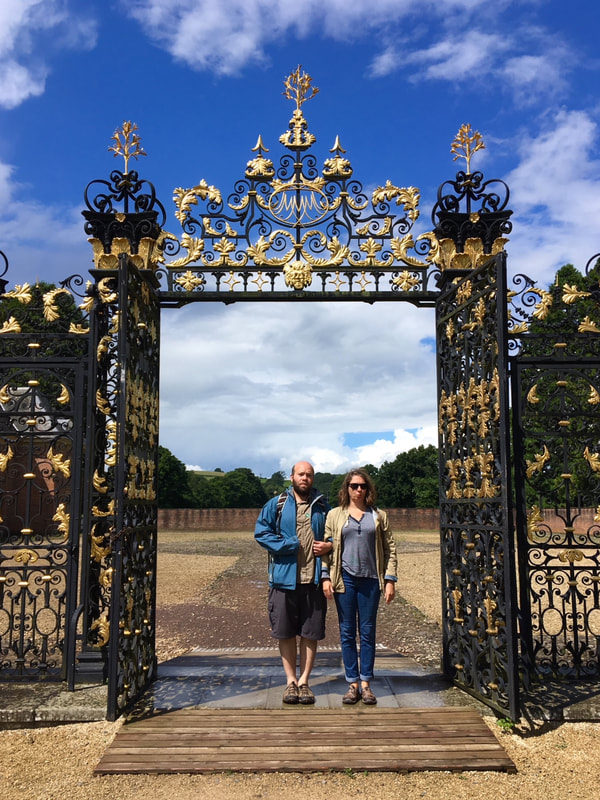
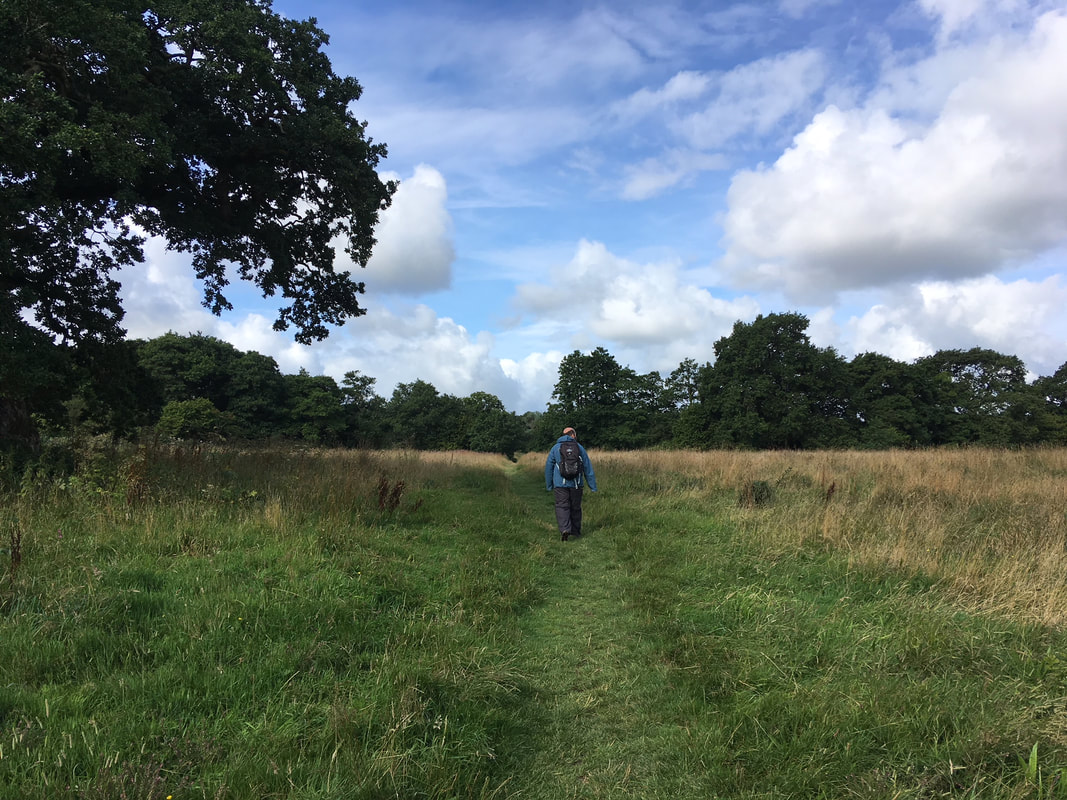
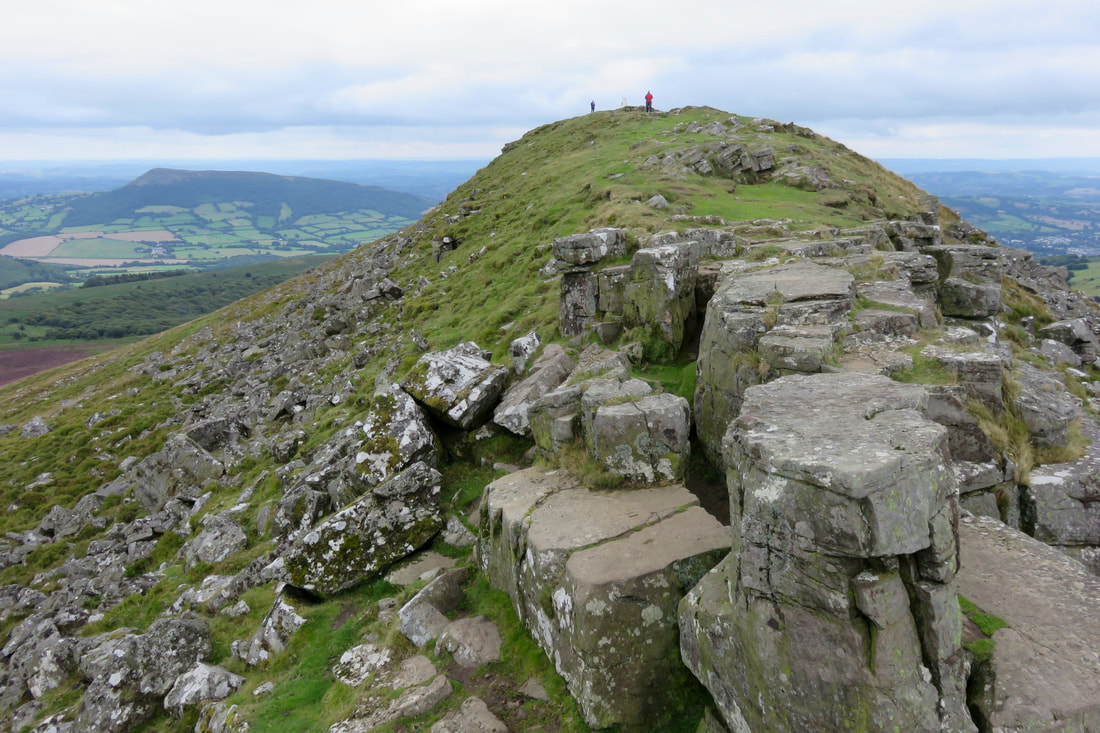
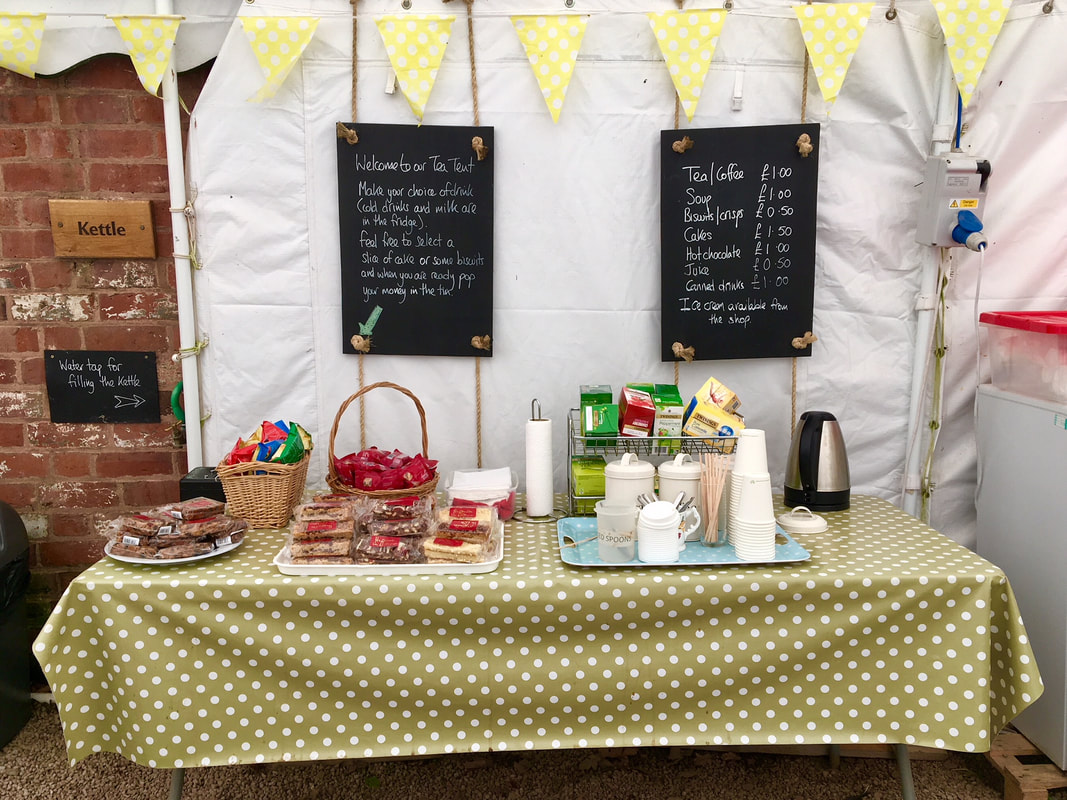
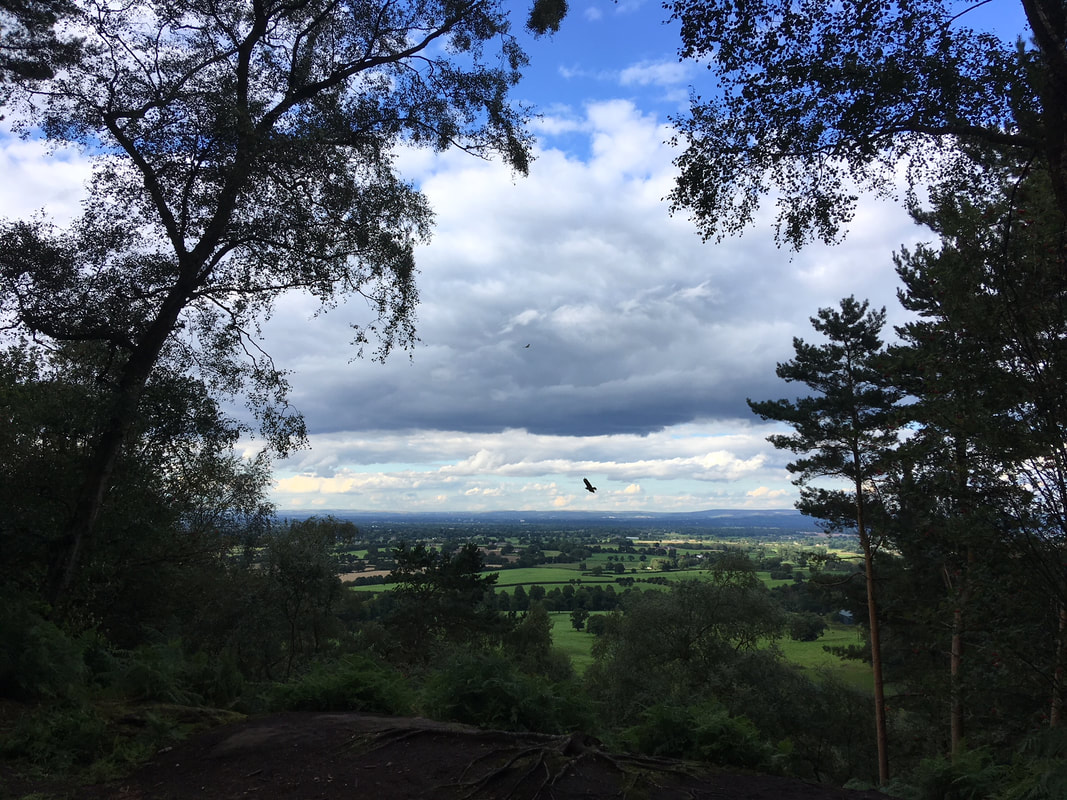
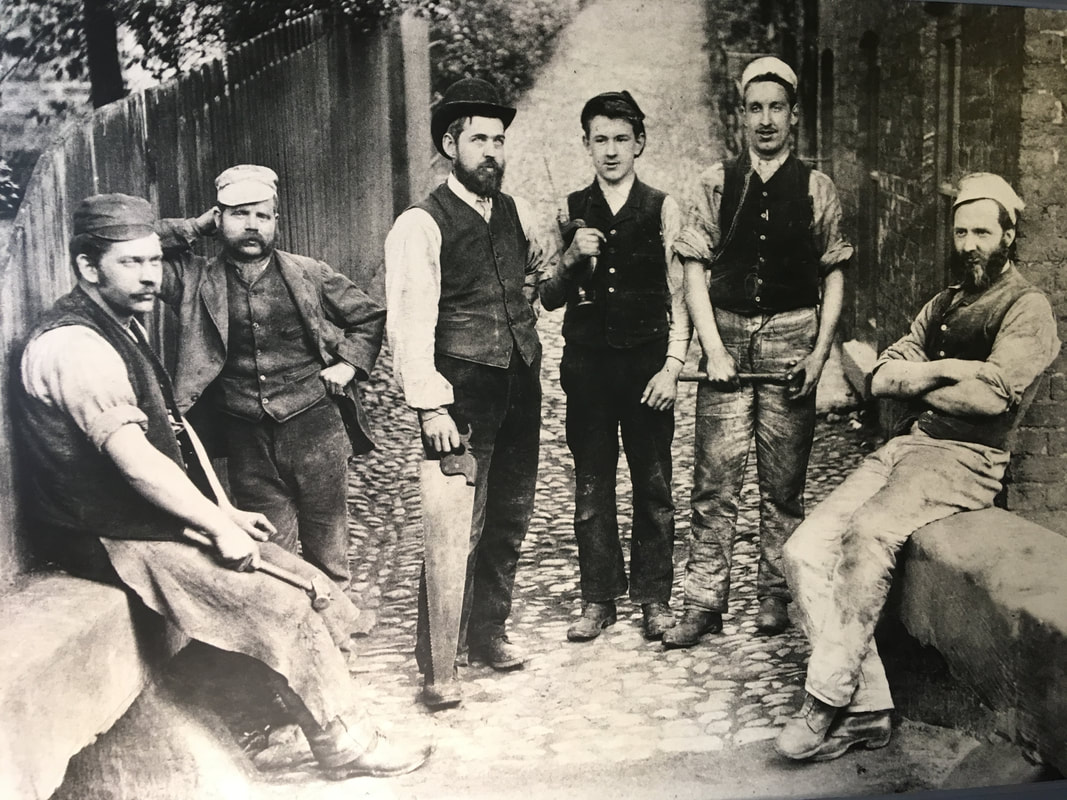
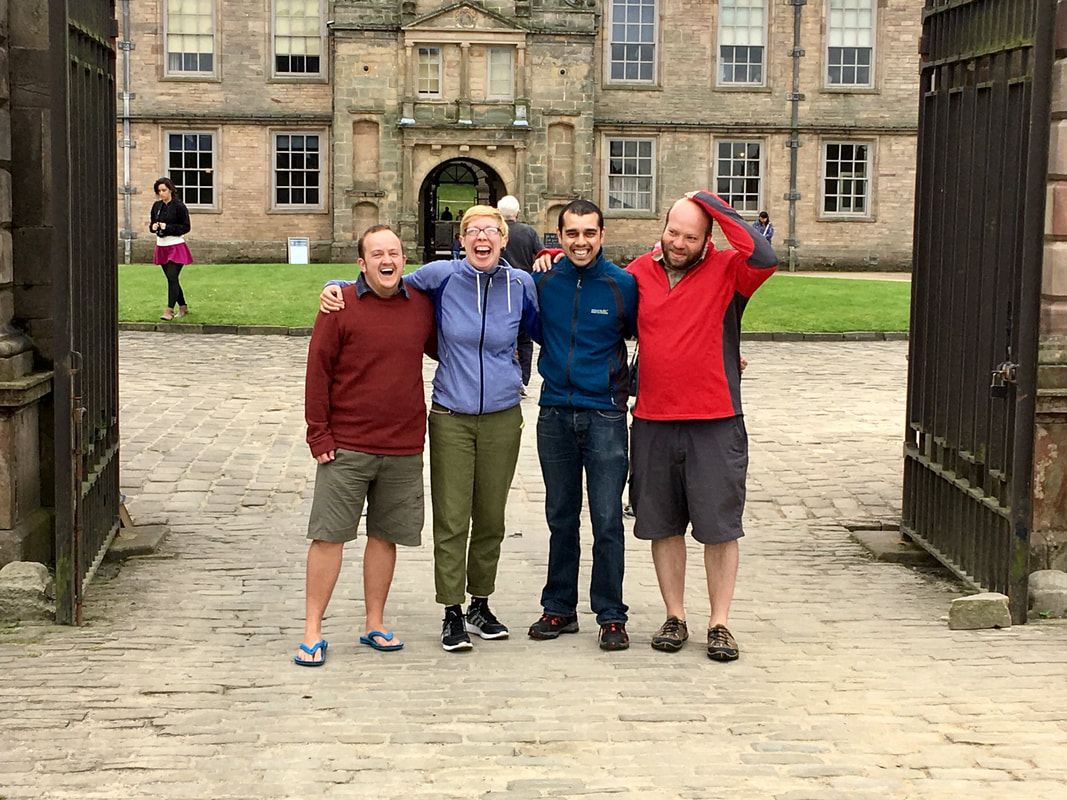
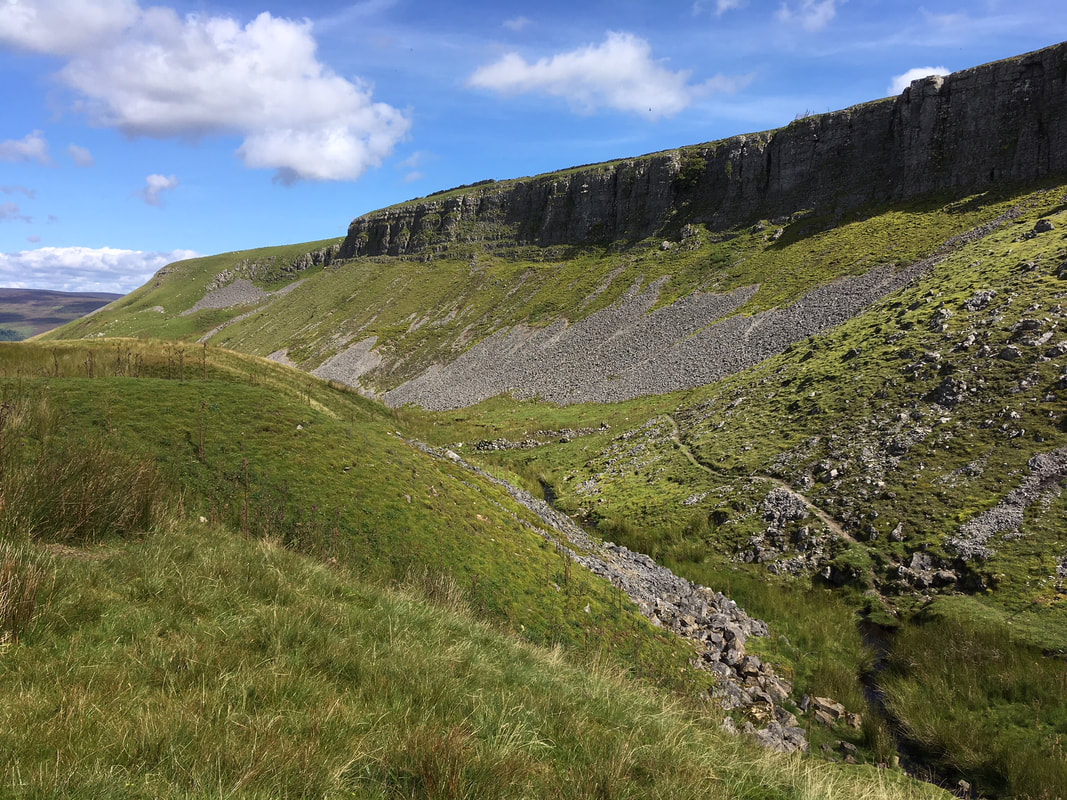
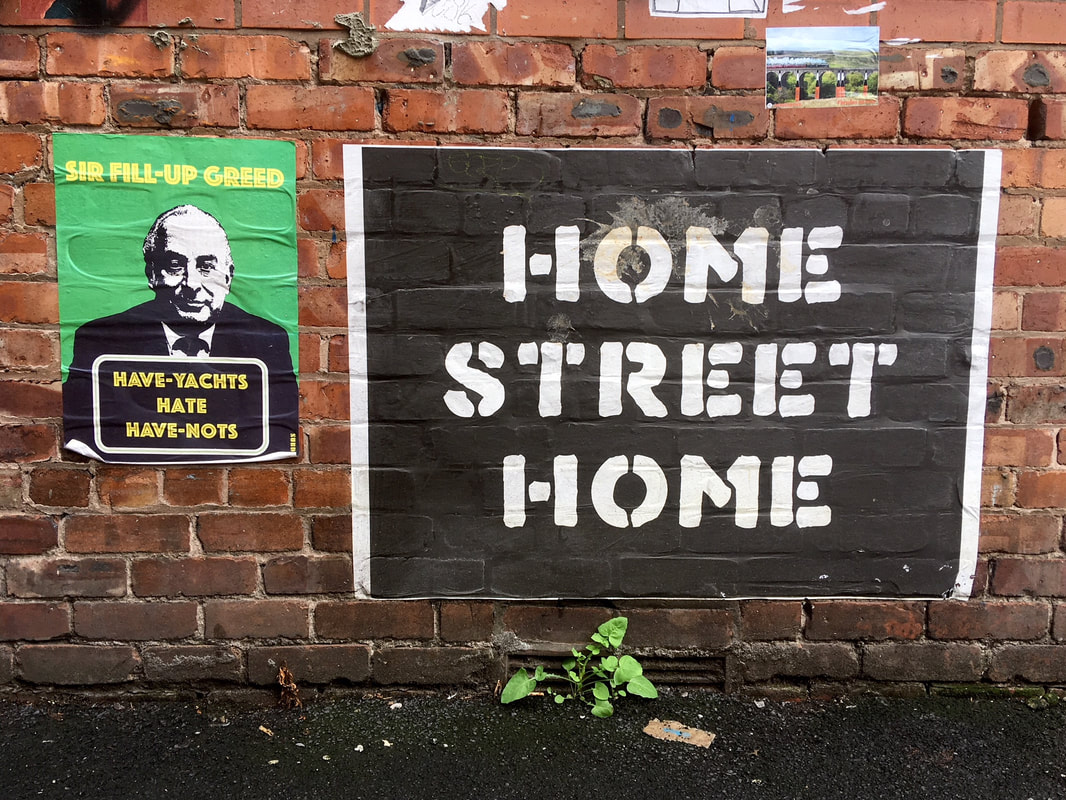
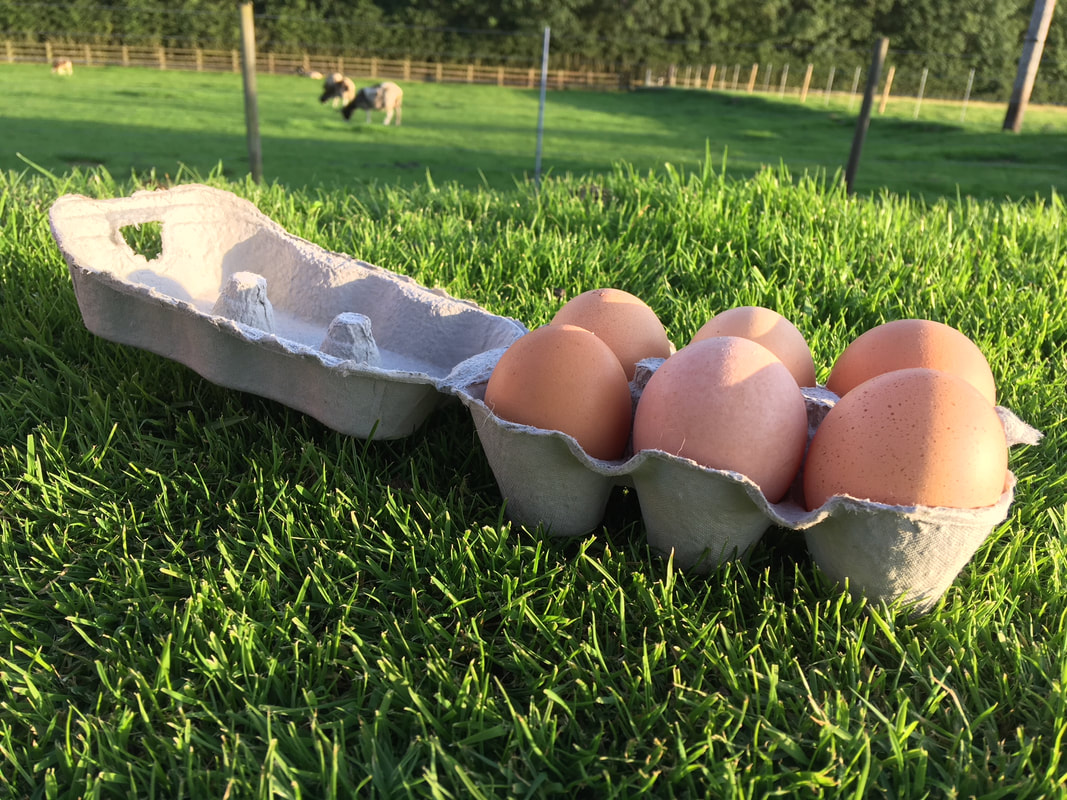

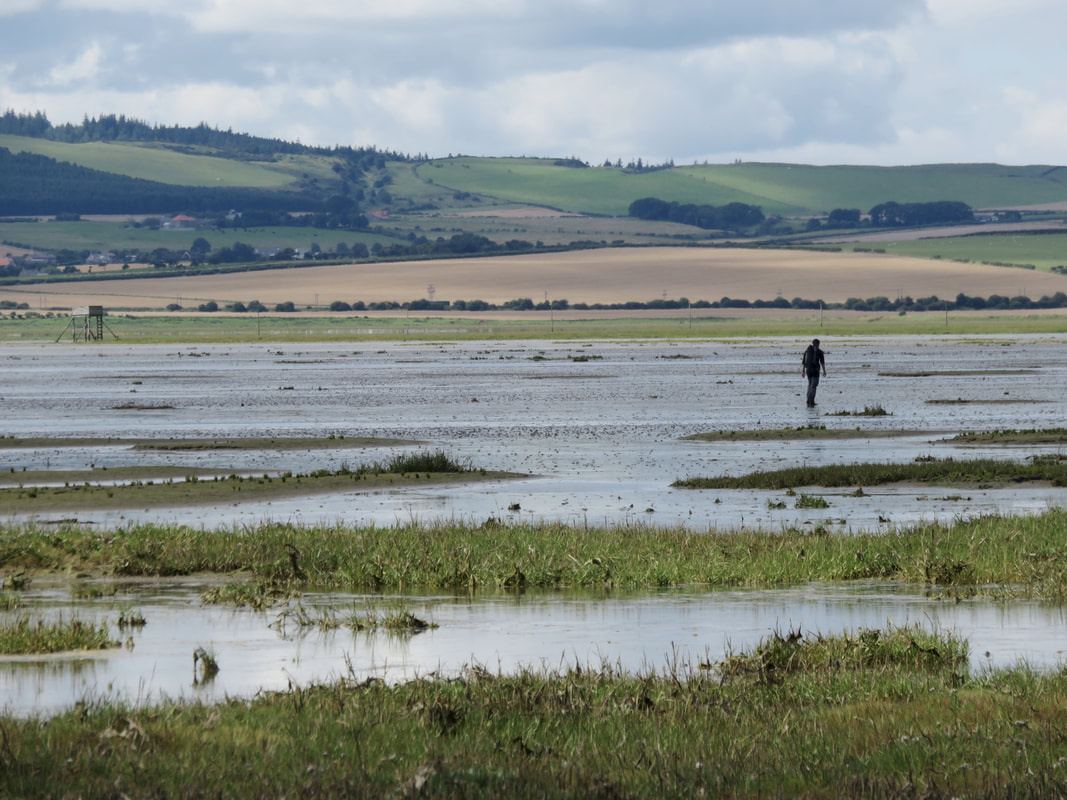
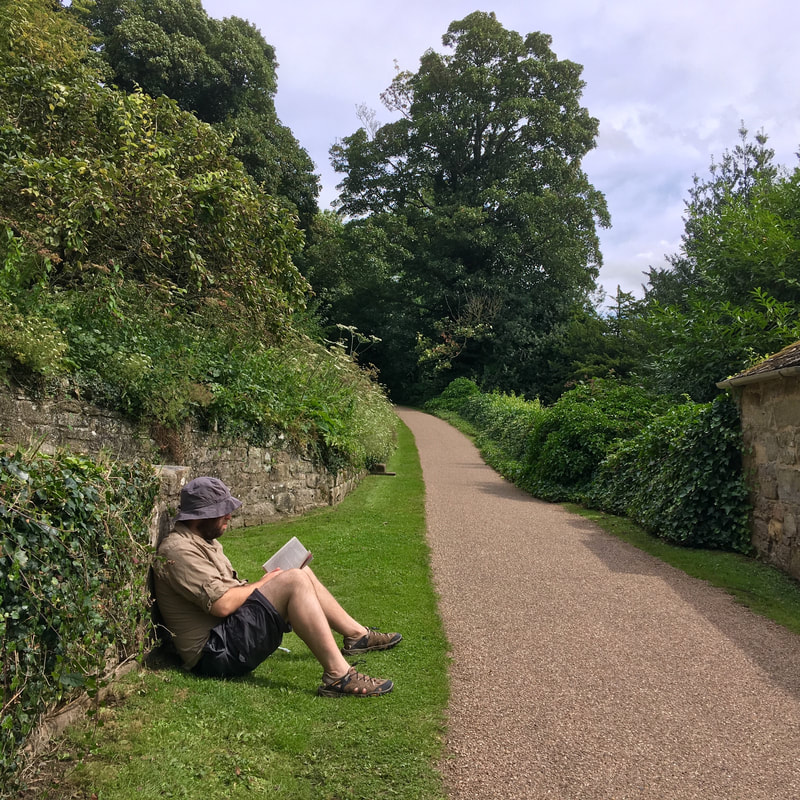
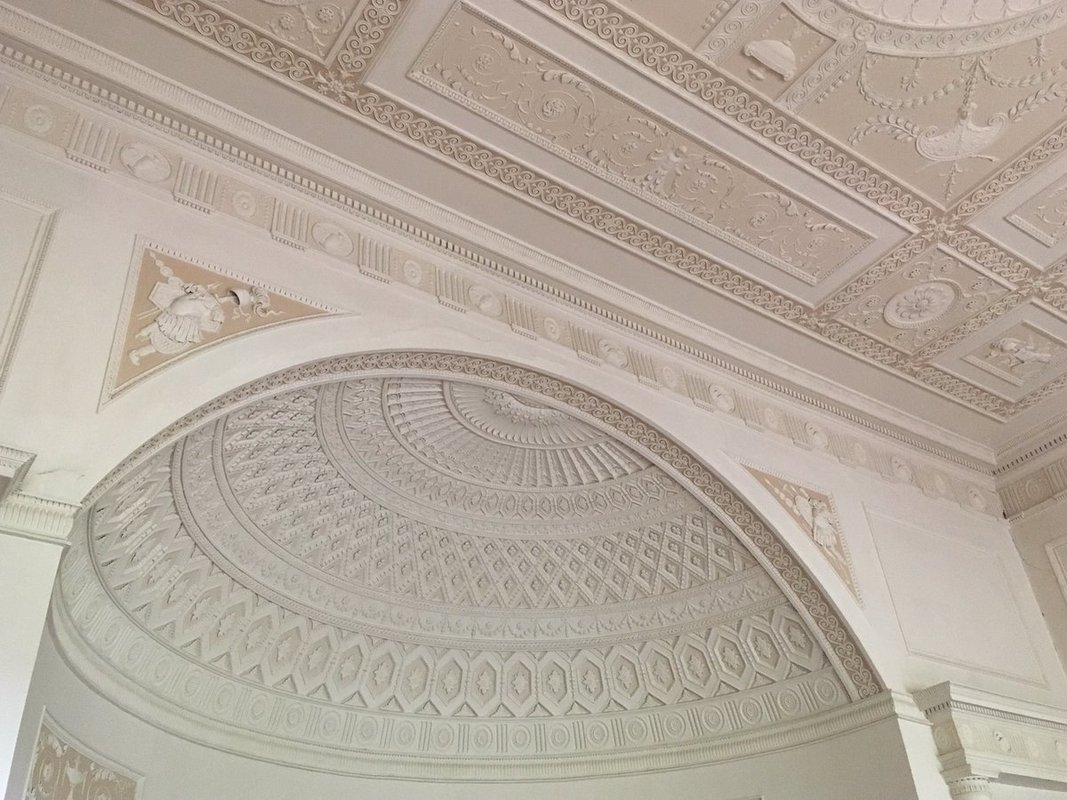
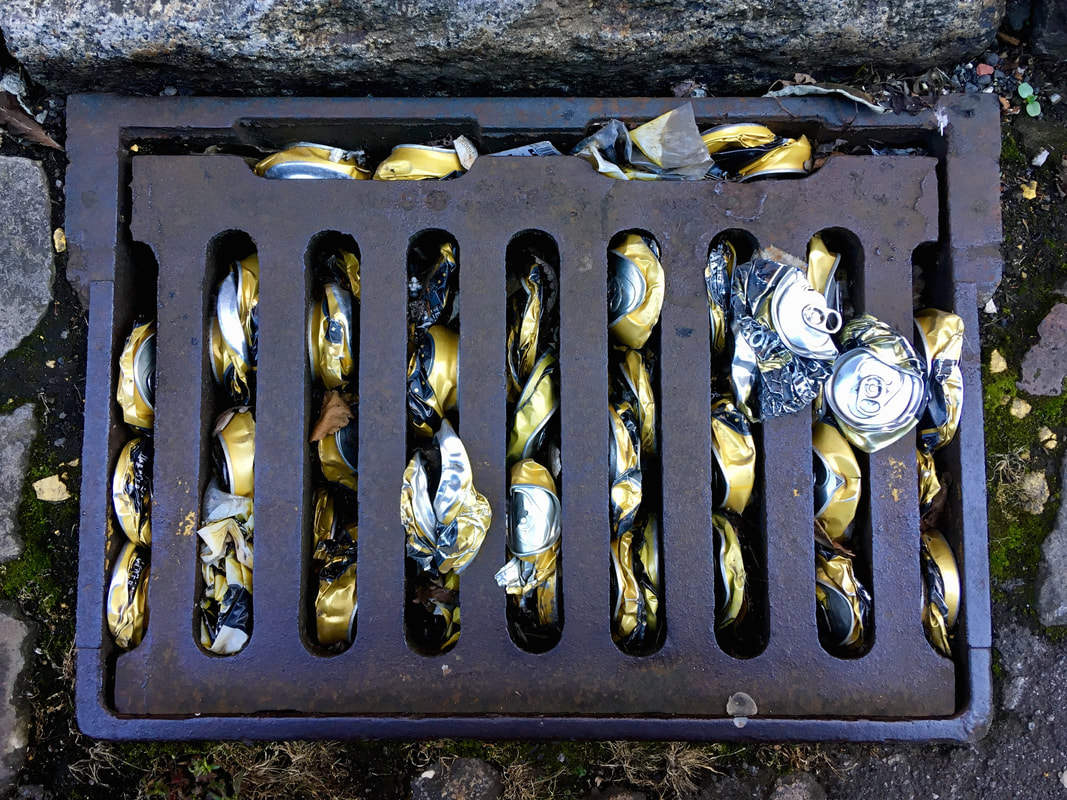
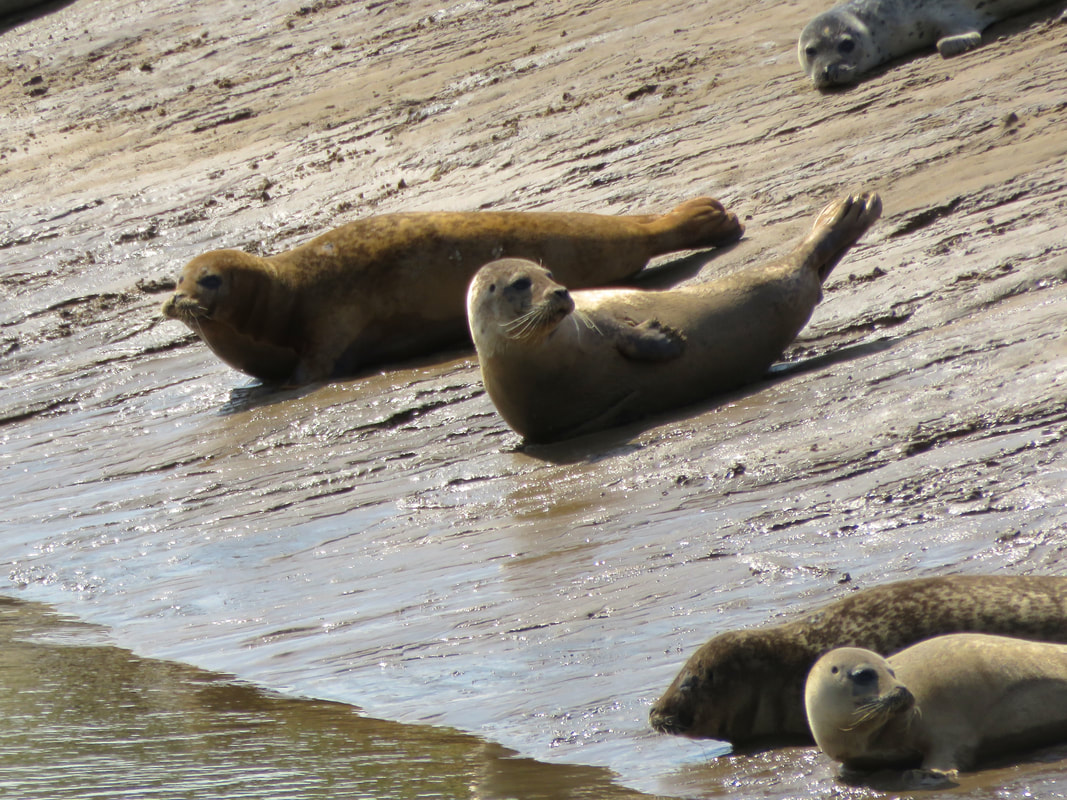
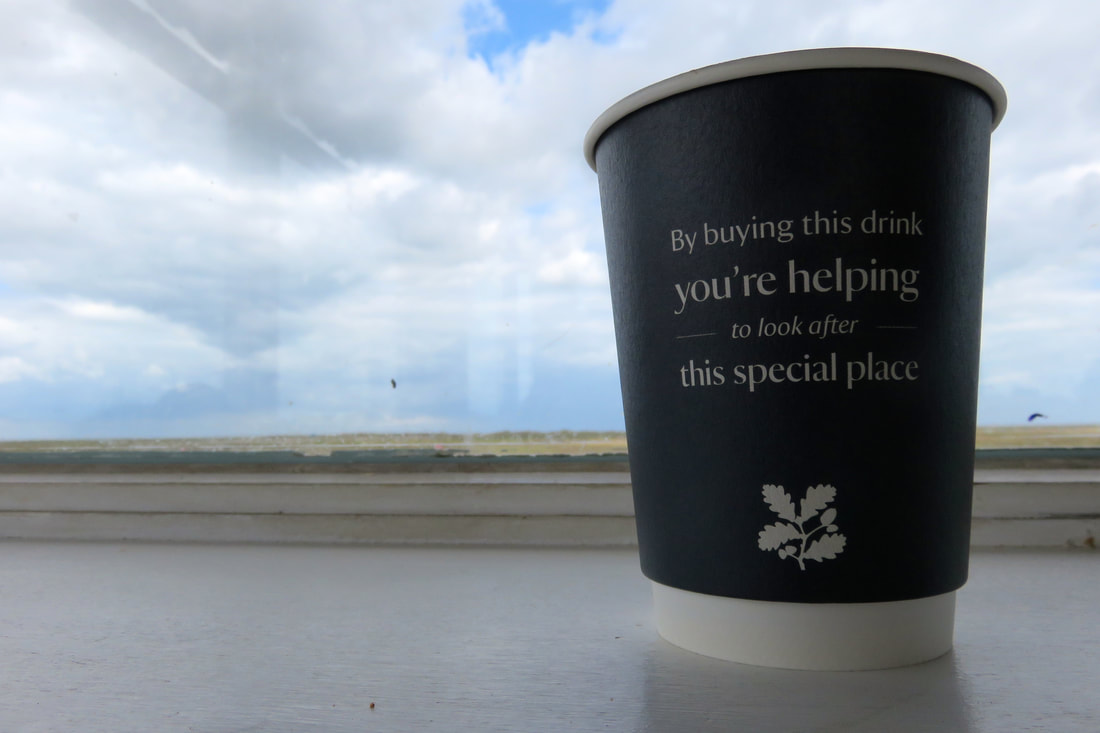
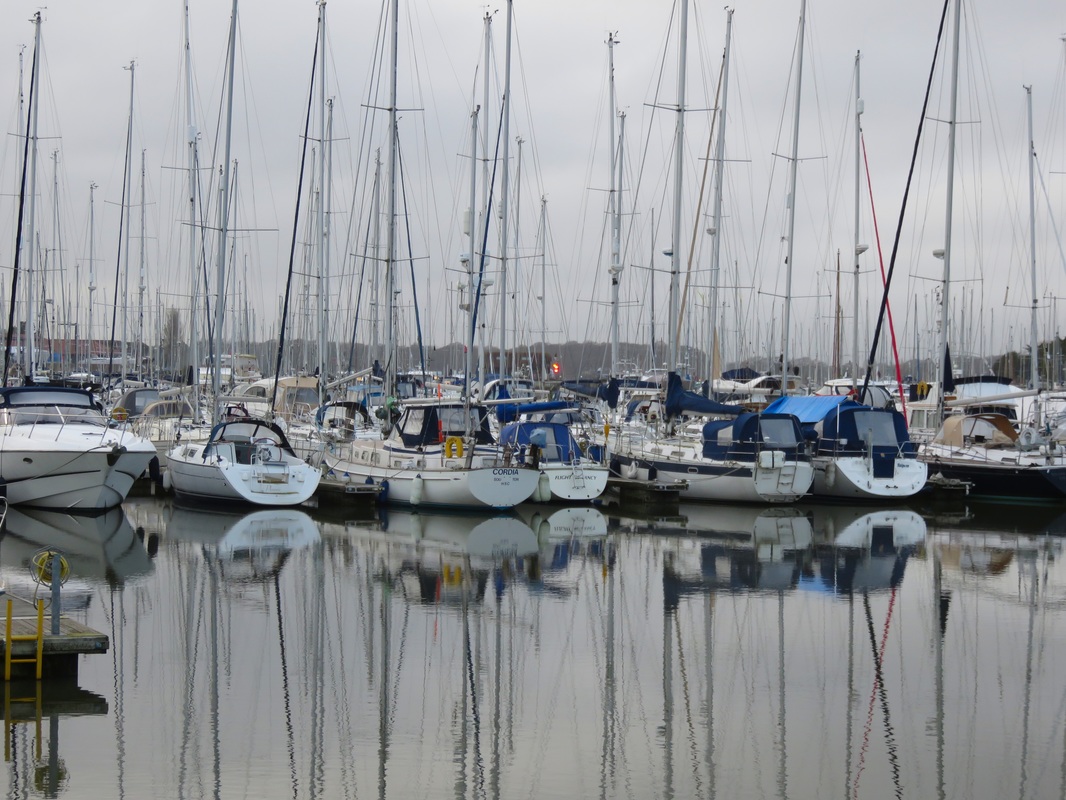
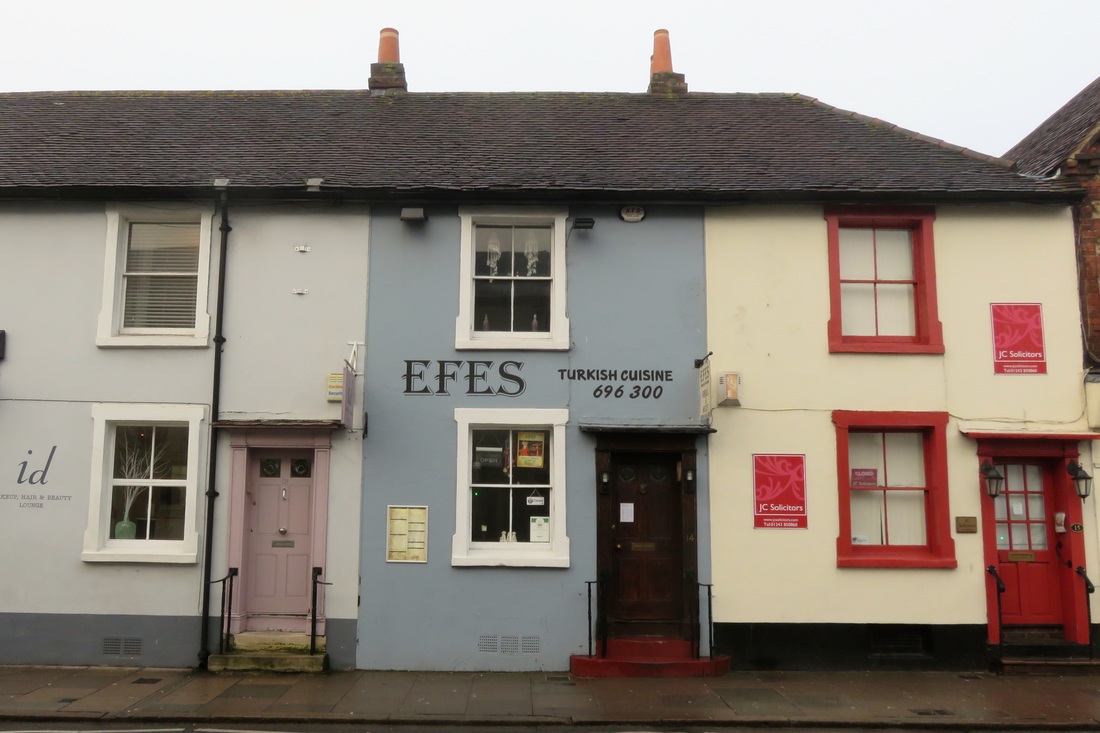
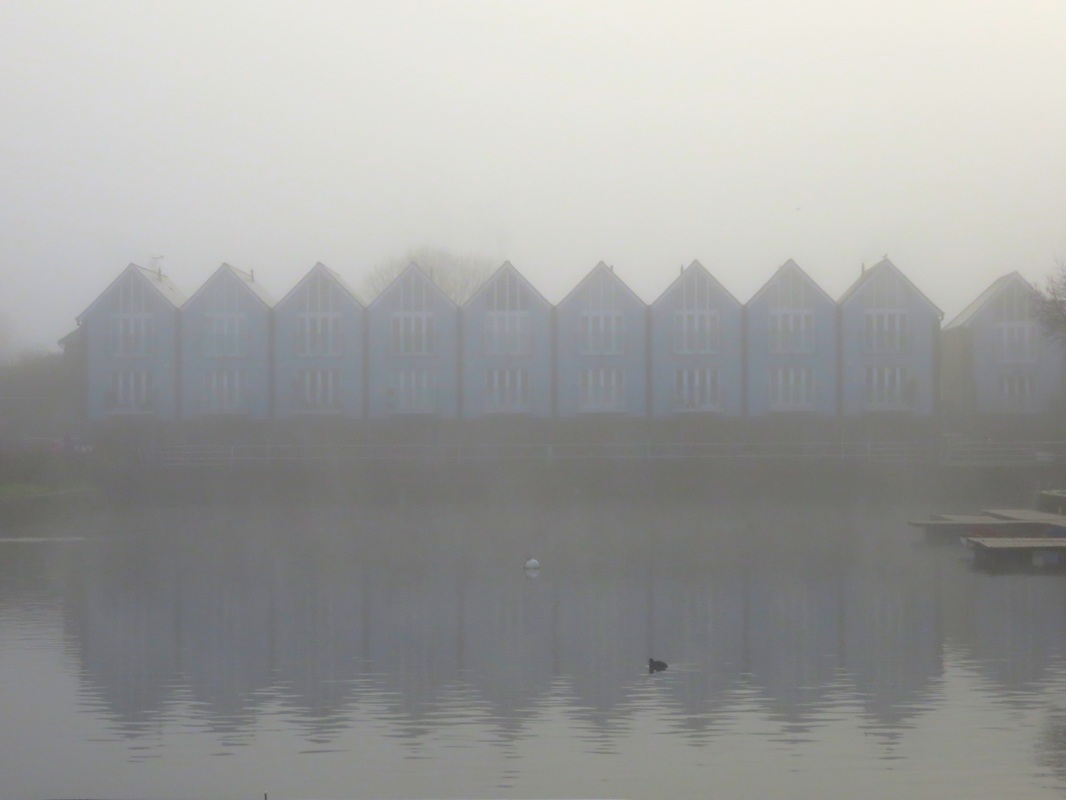
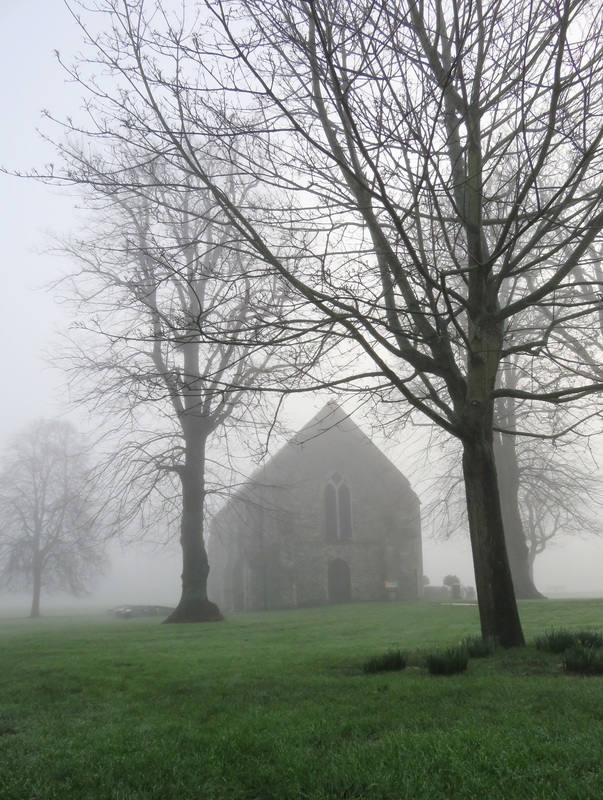
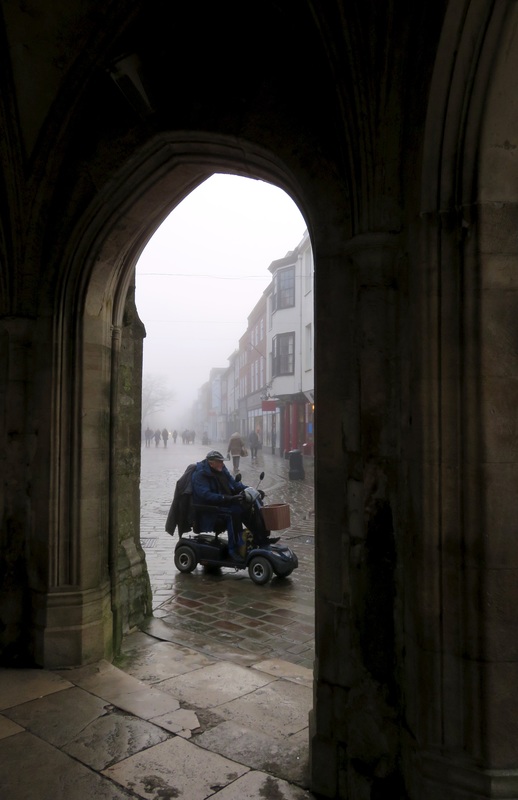
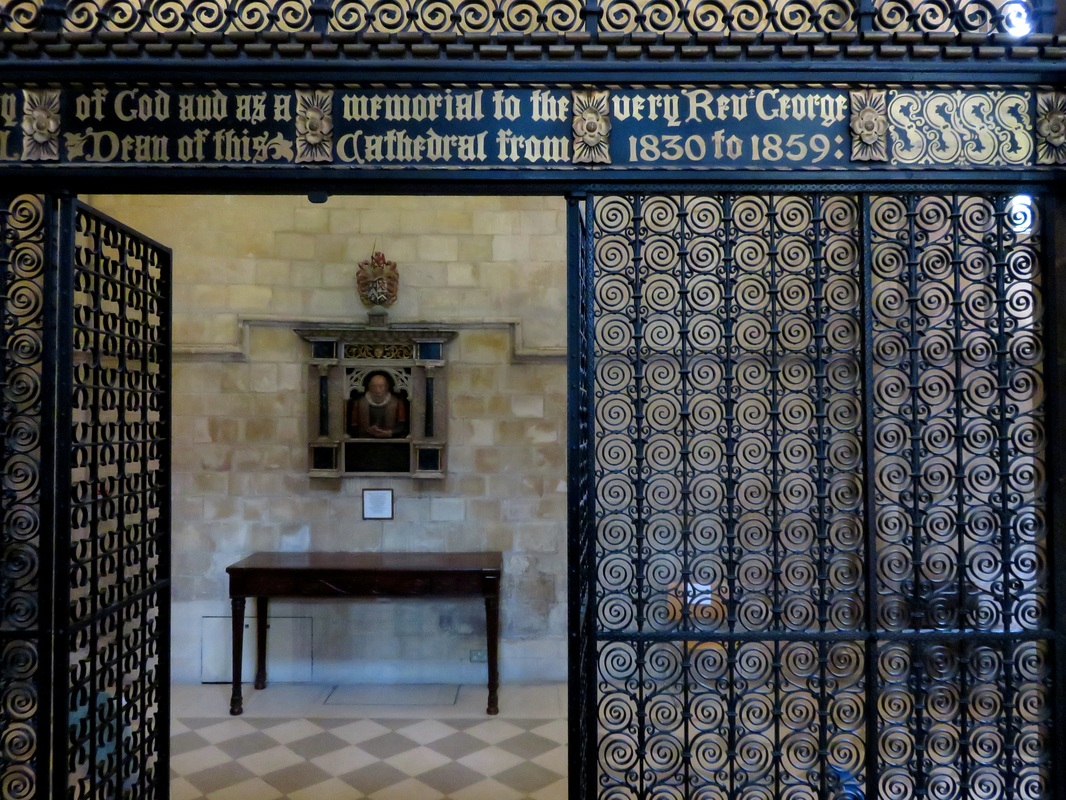
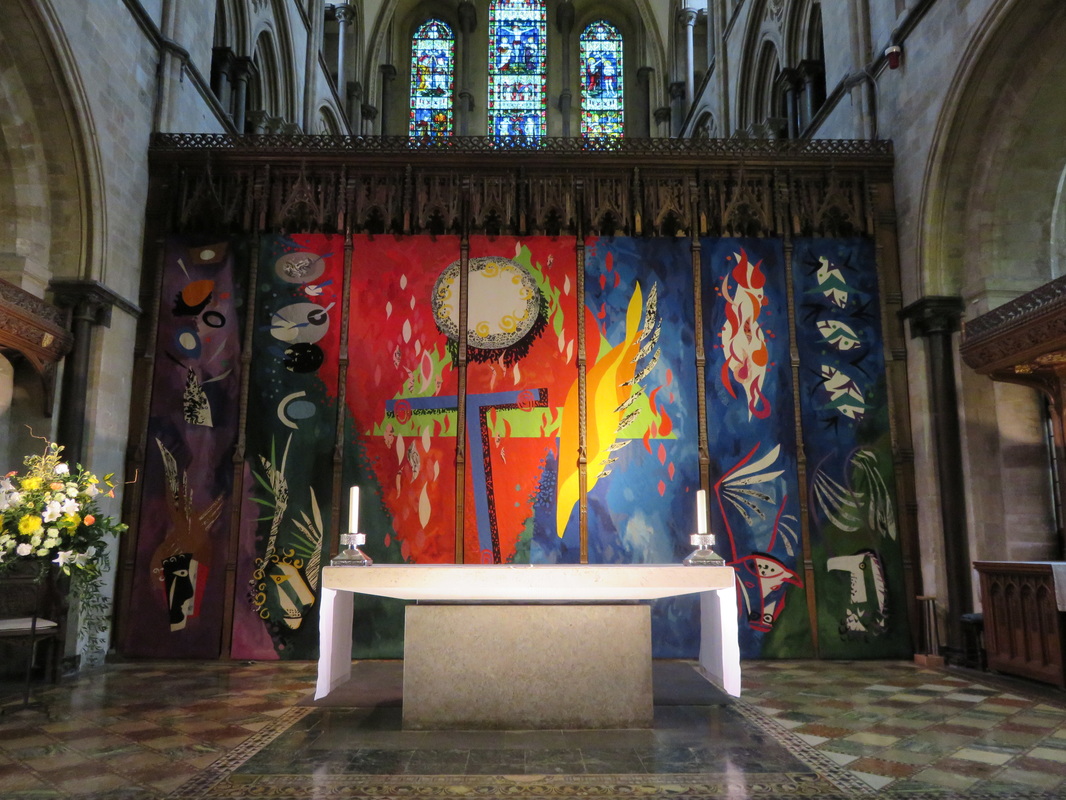
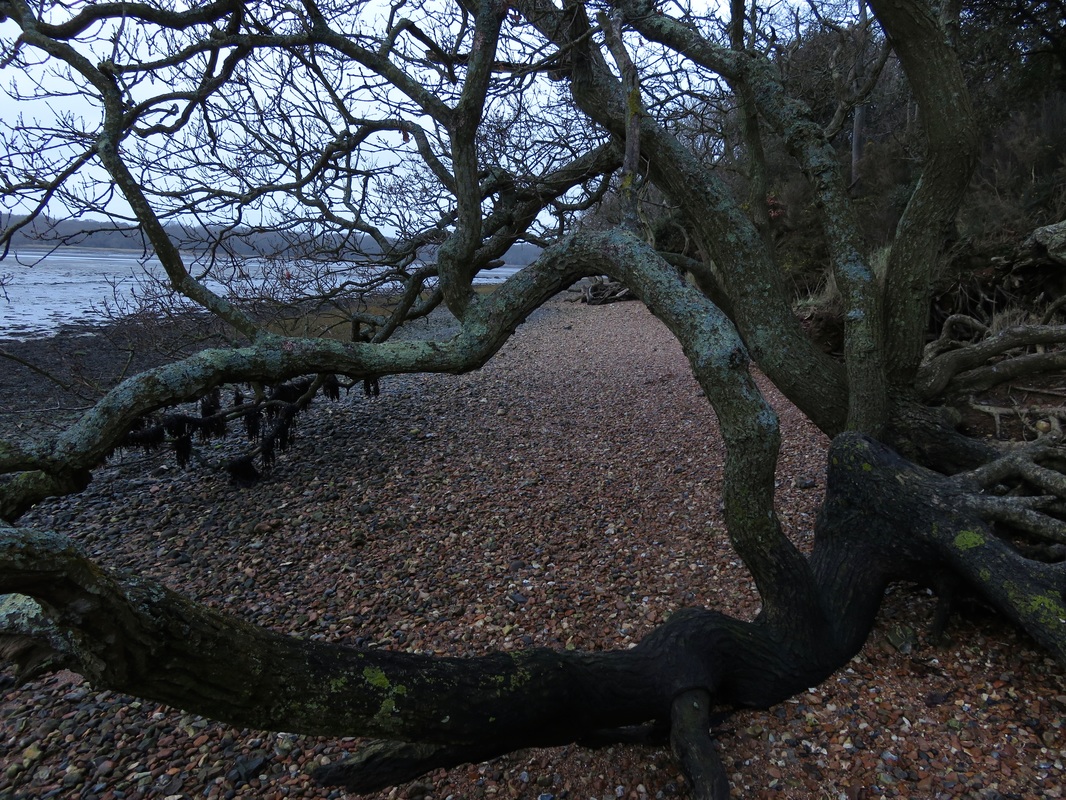
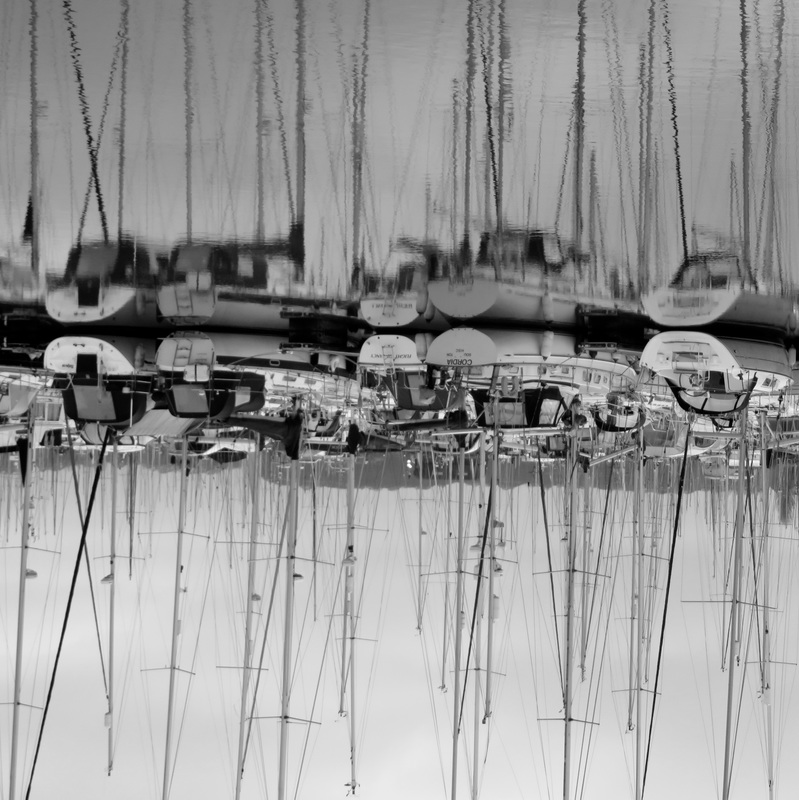
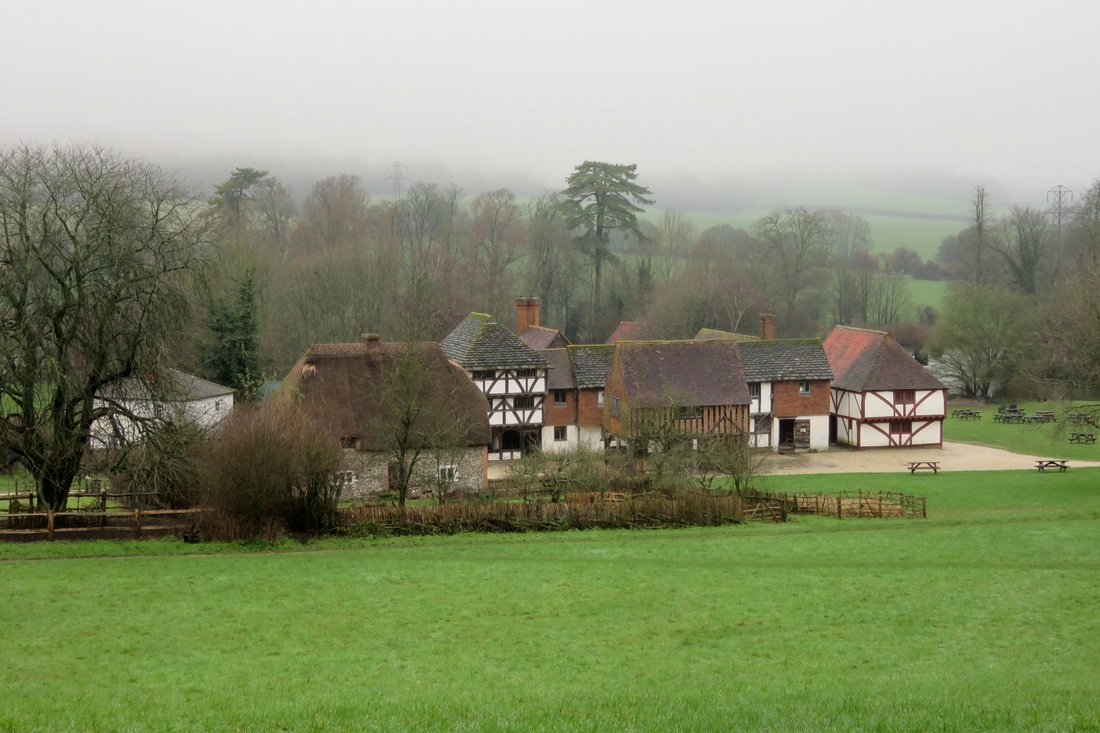
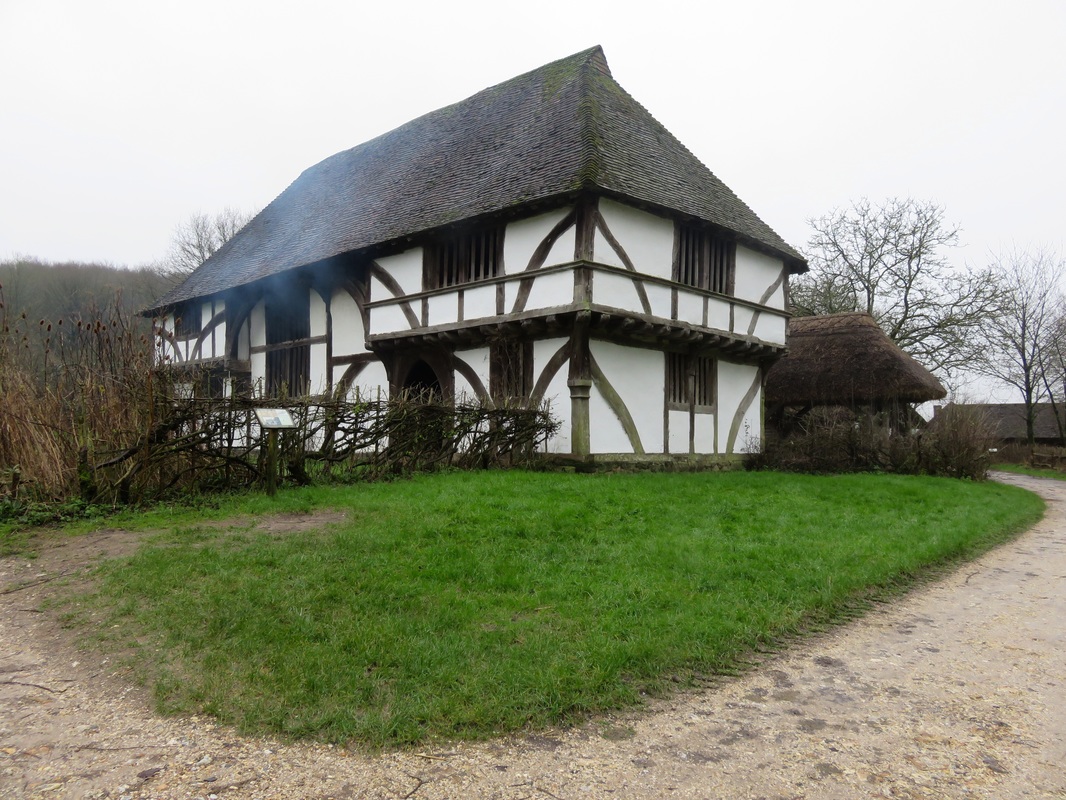
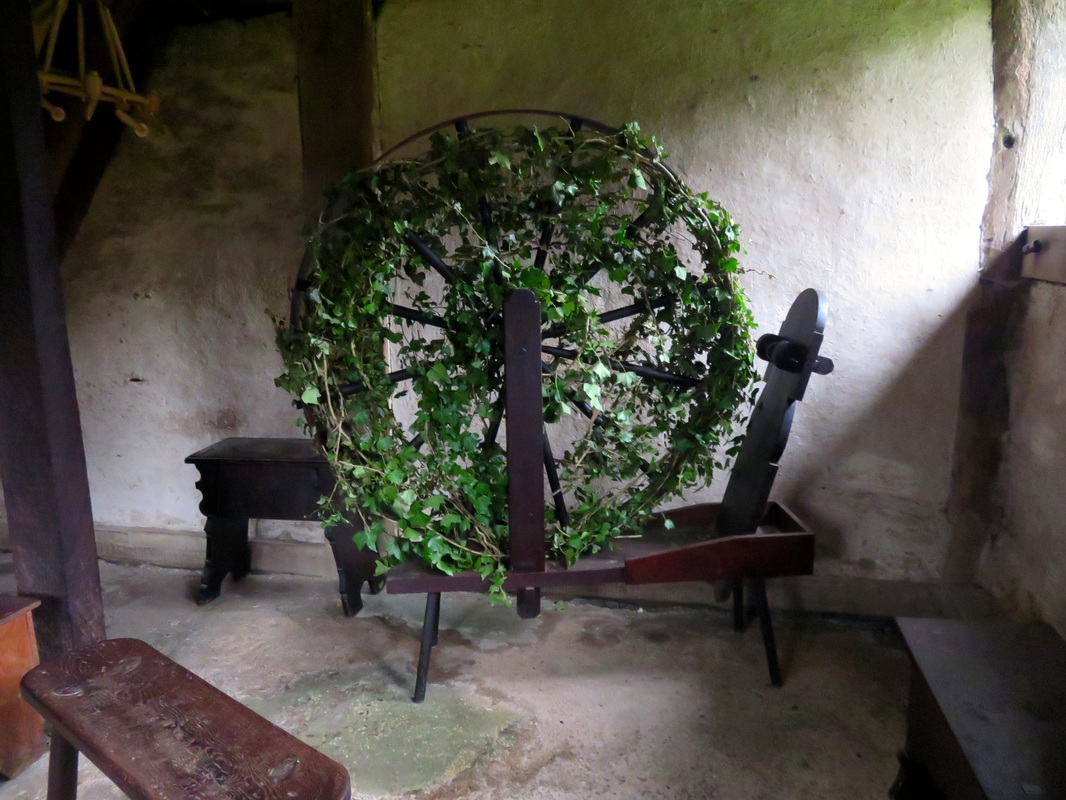
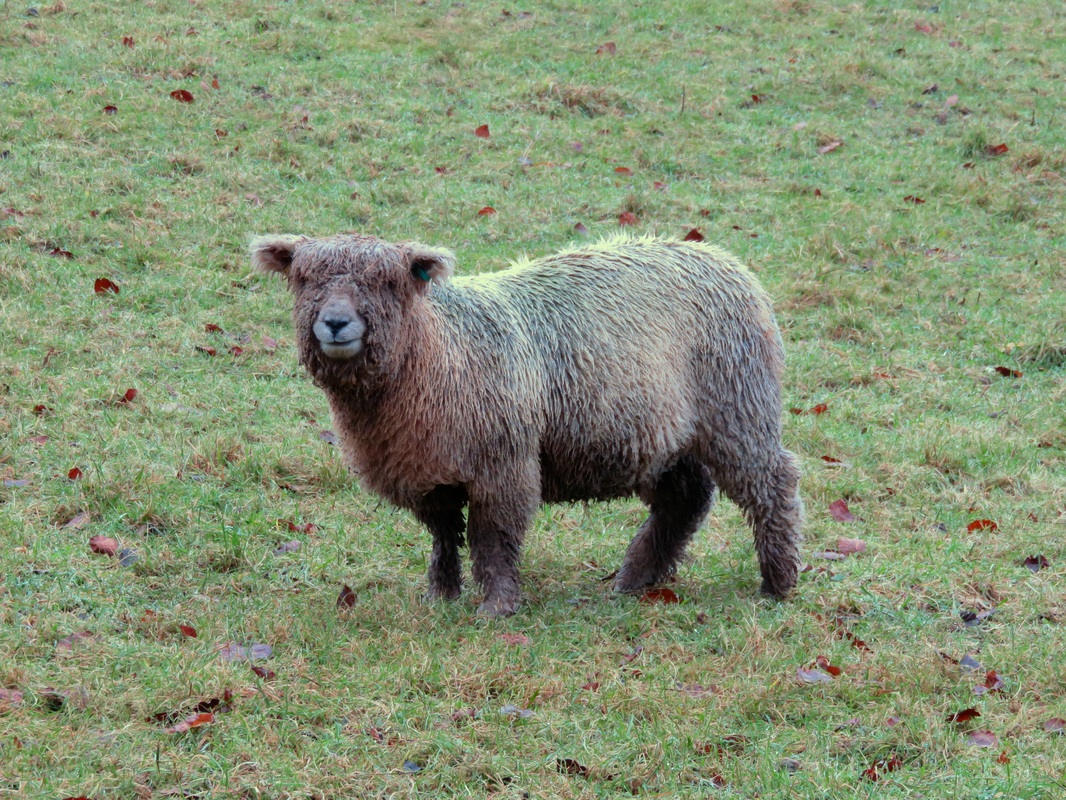
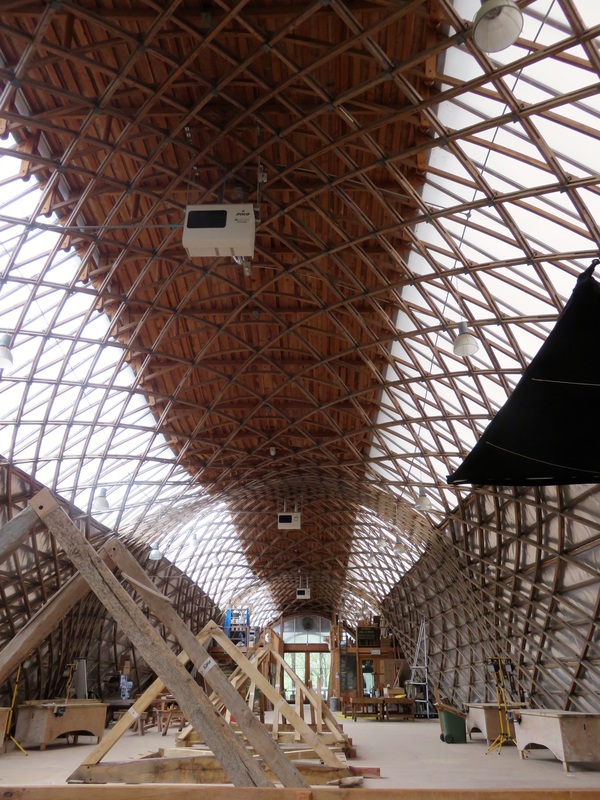
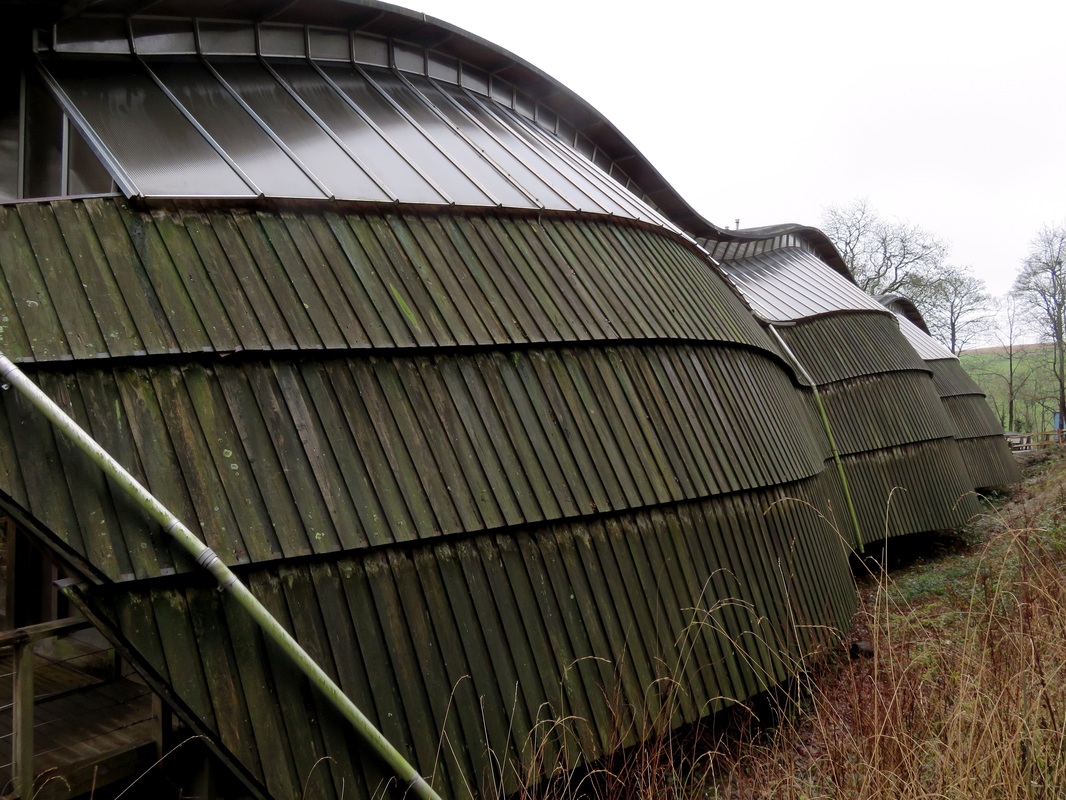
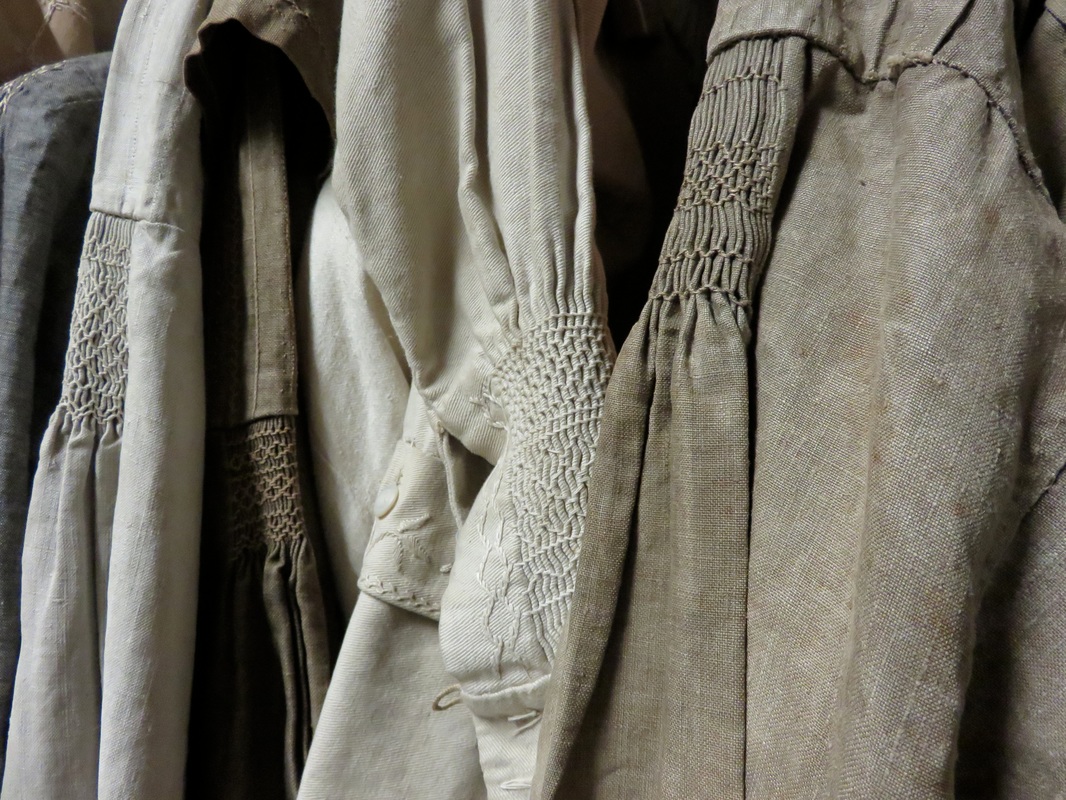
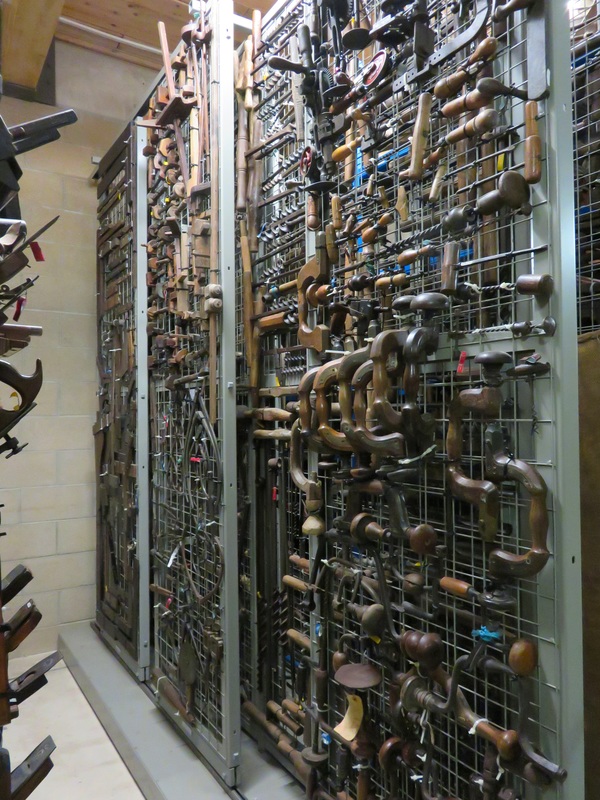
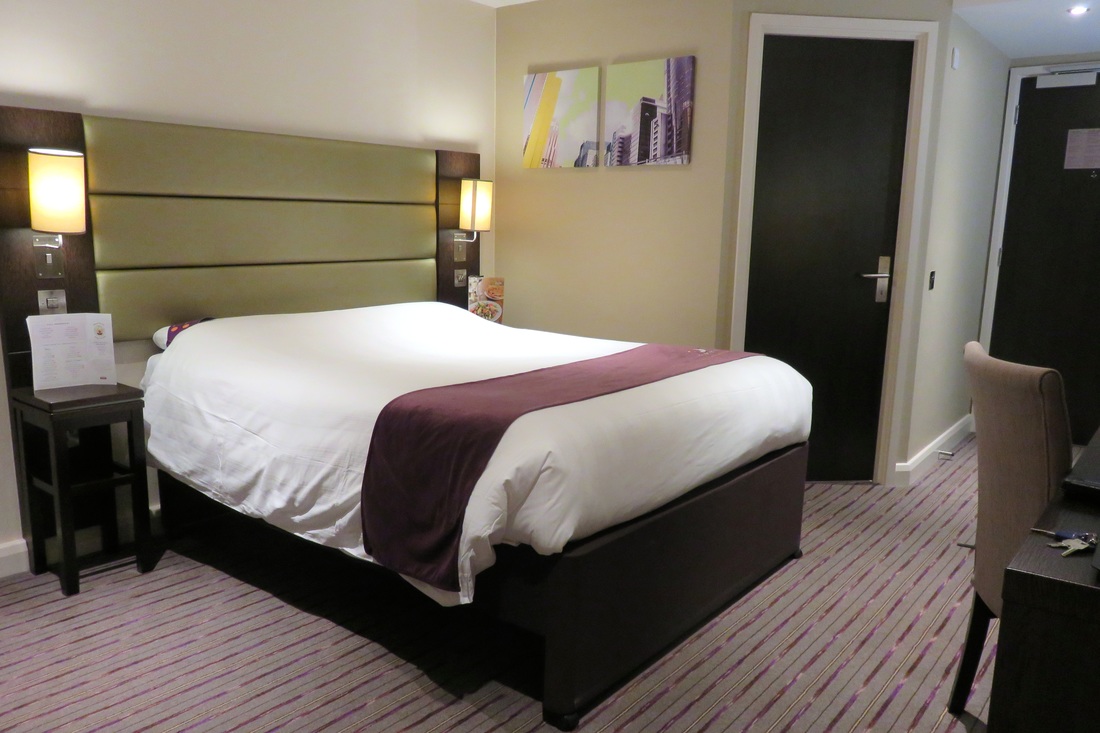
 RSS Feed
RSS Feed
